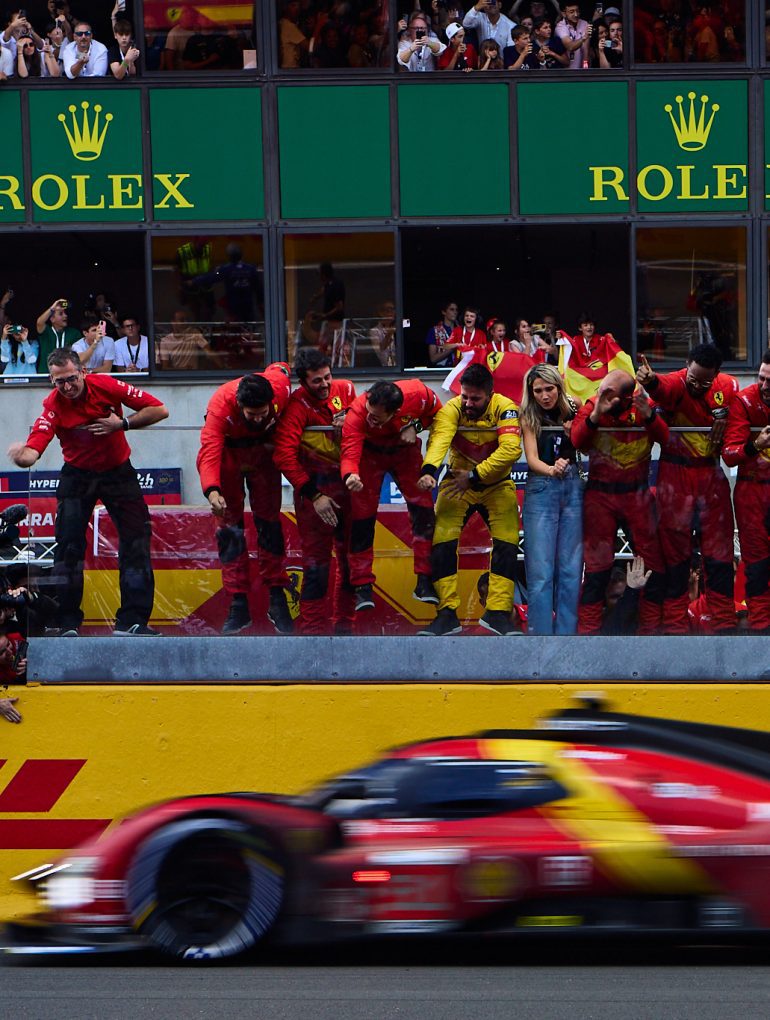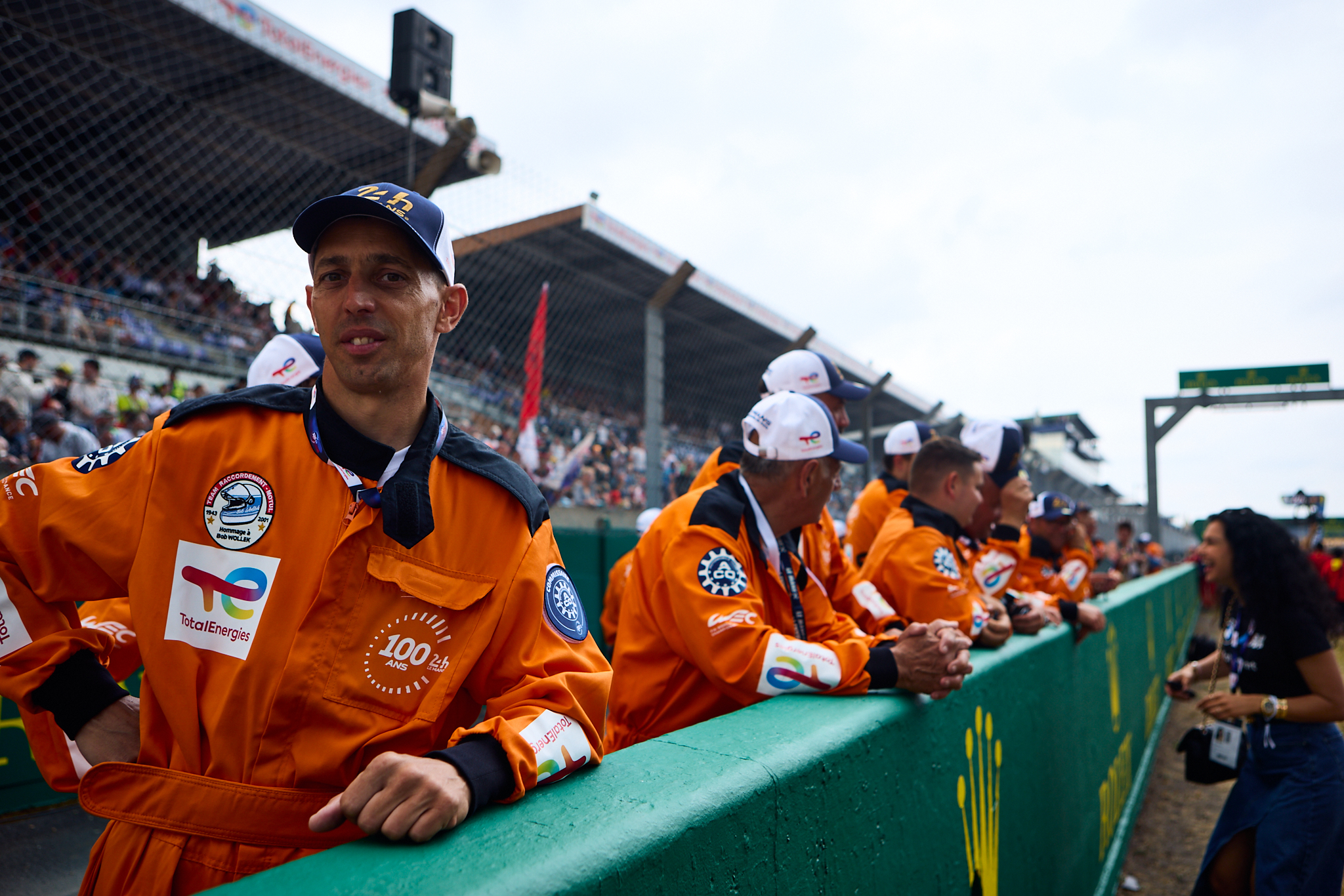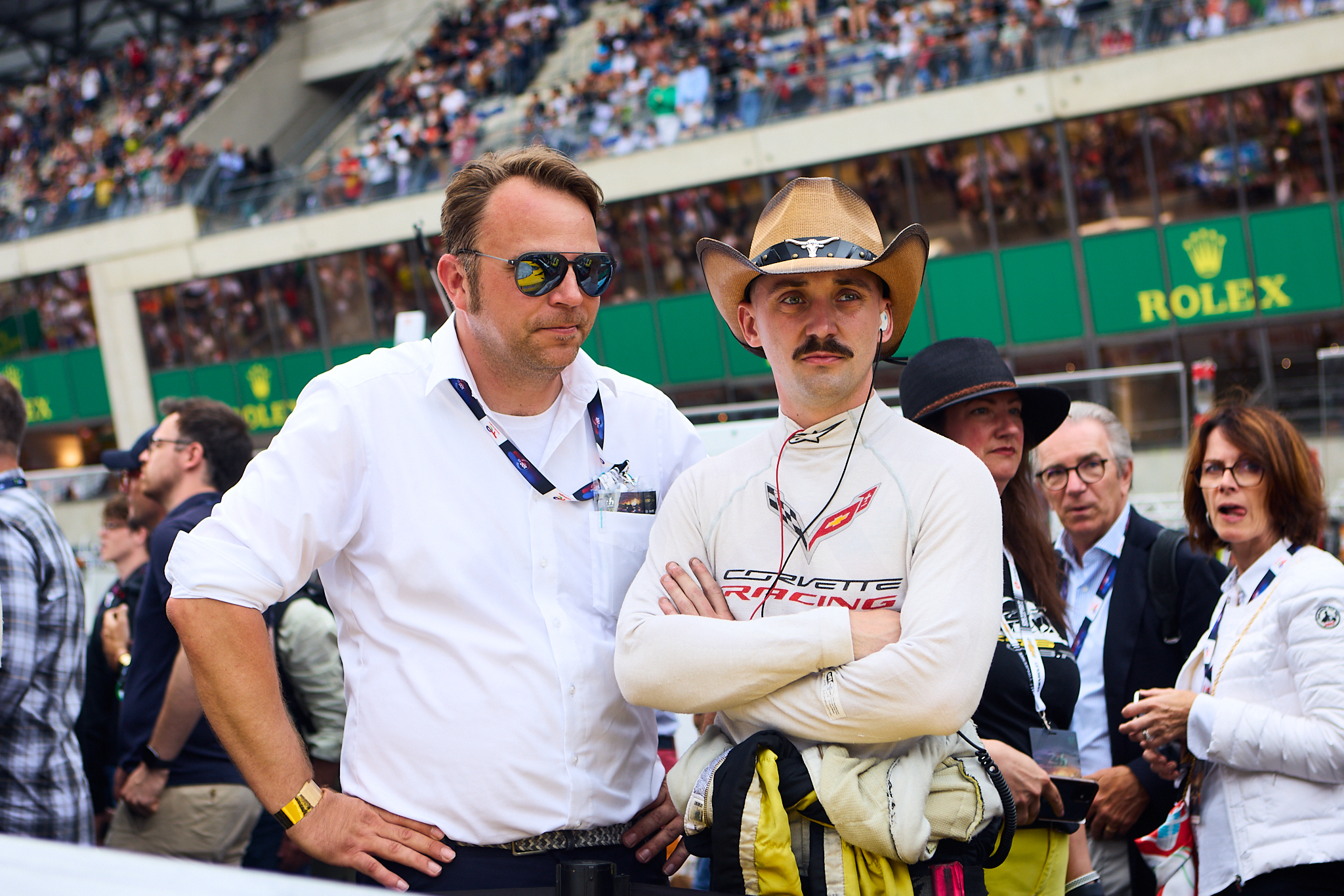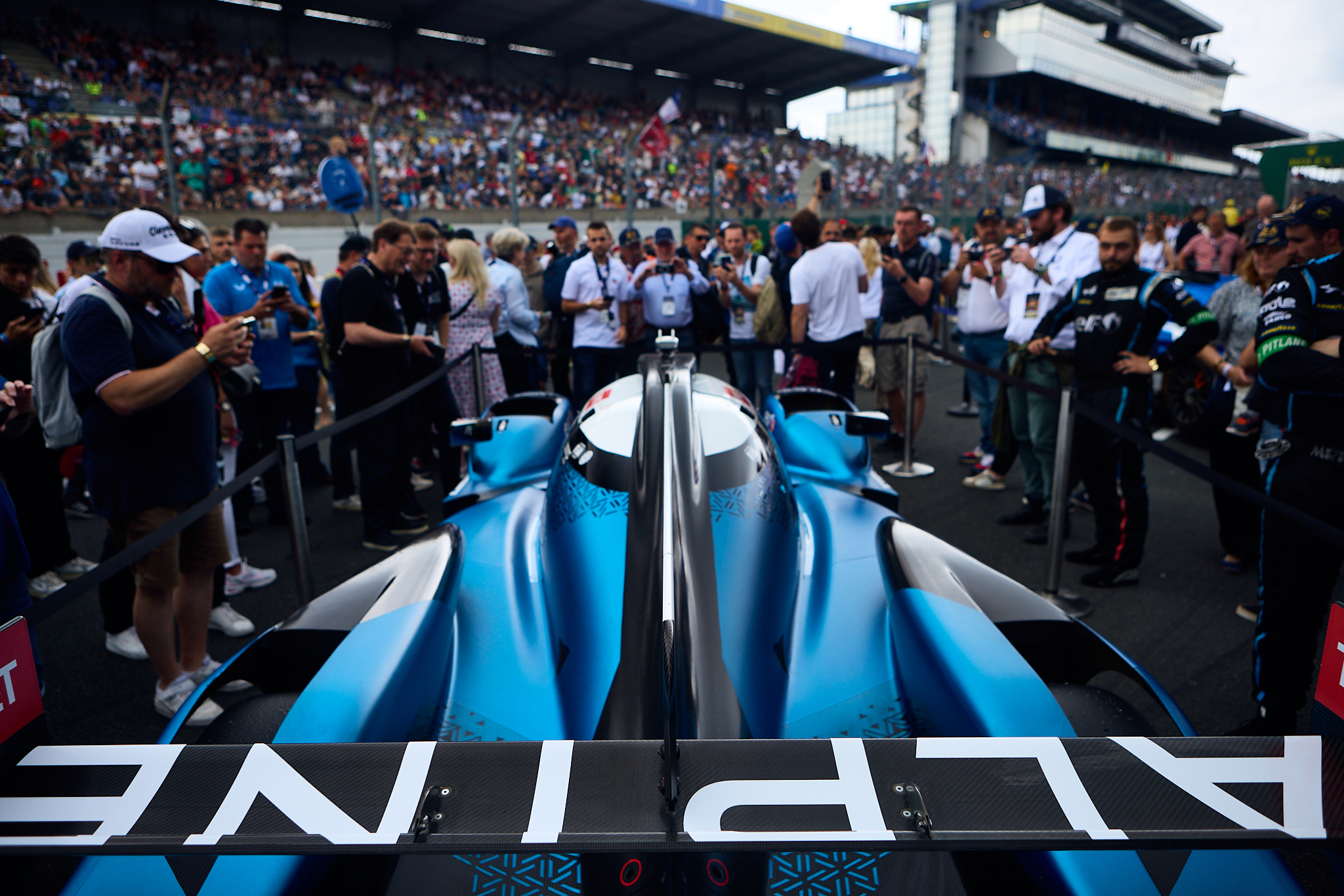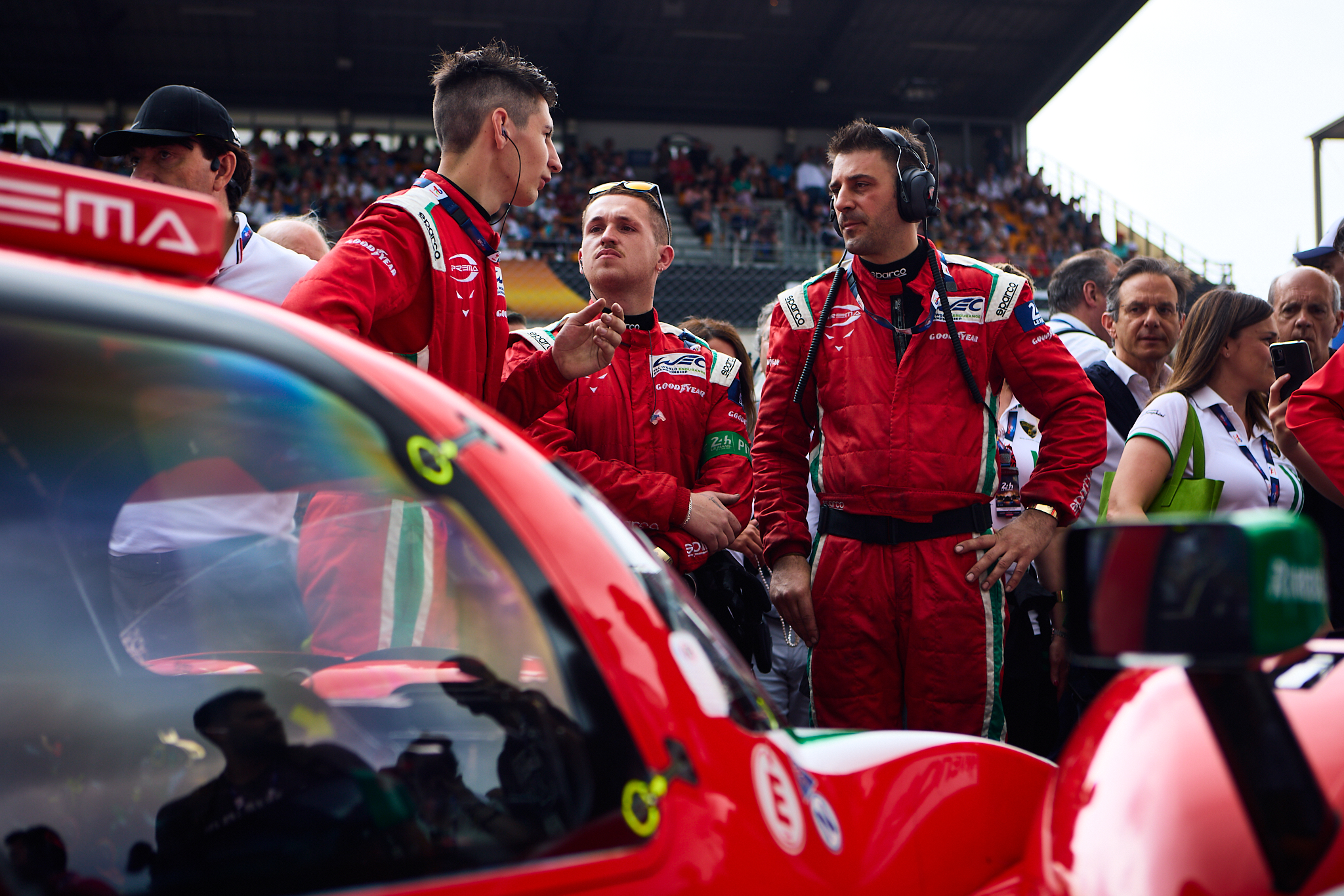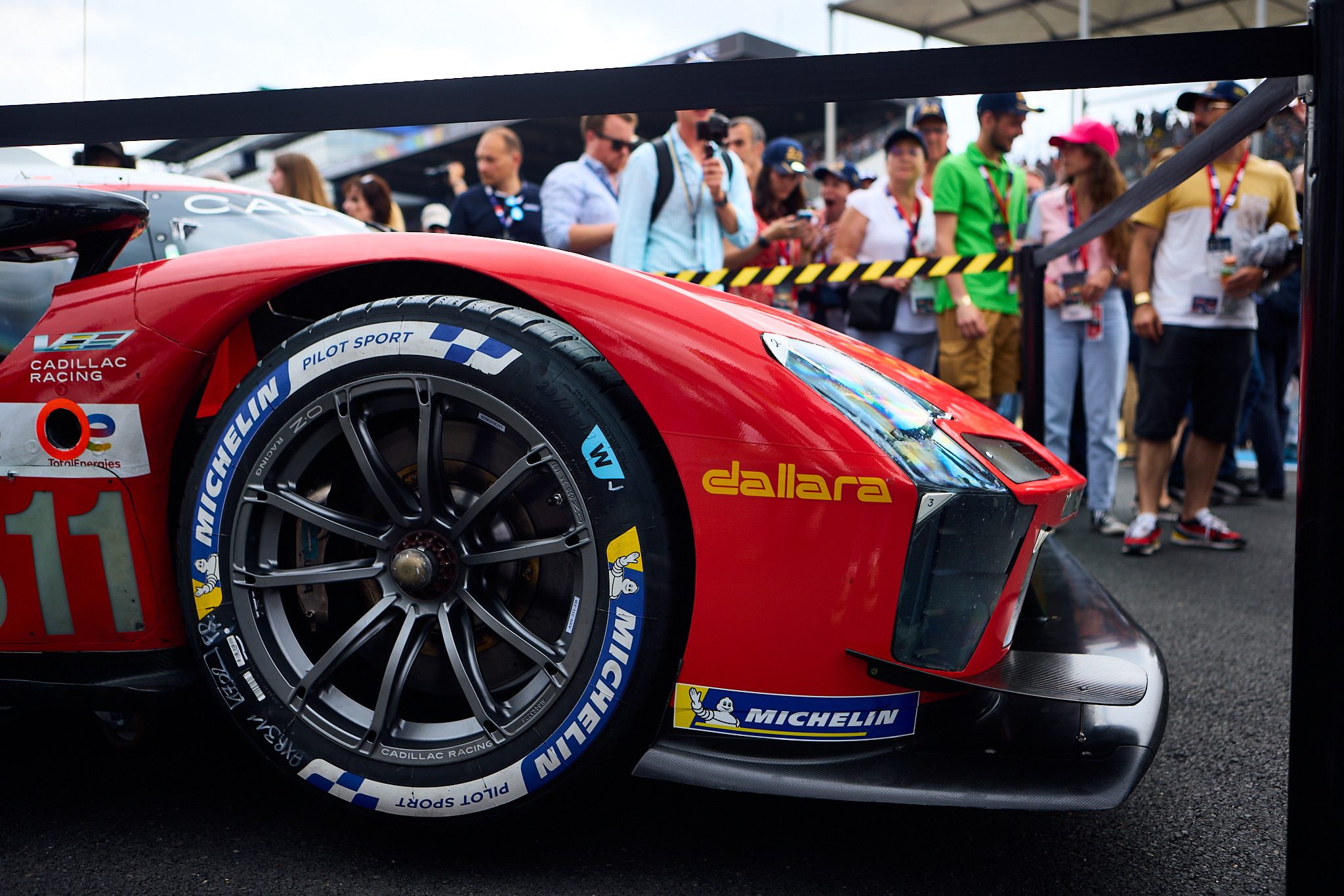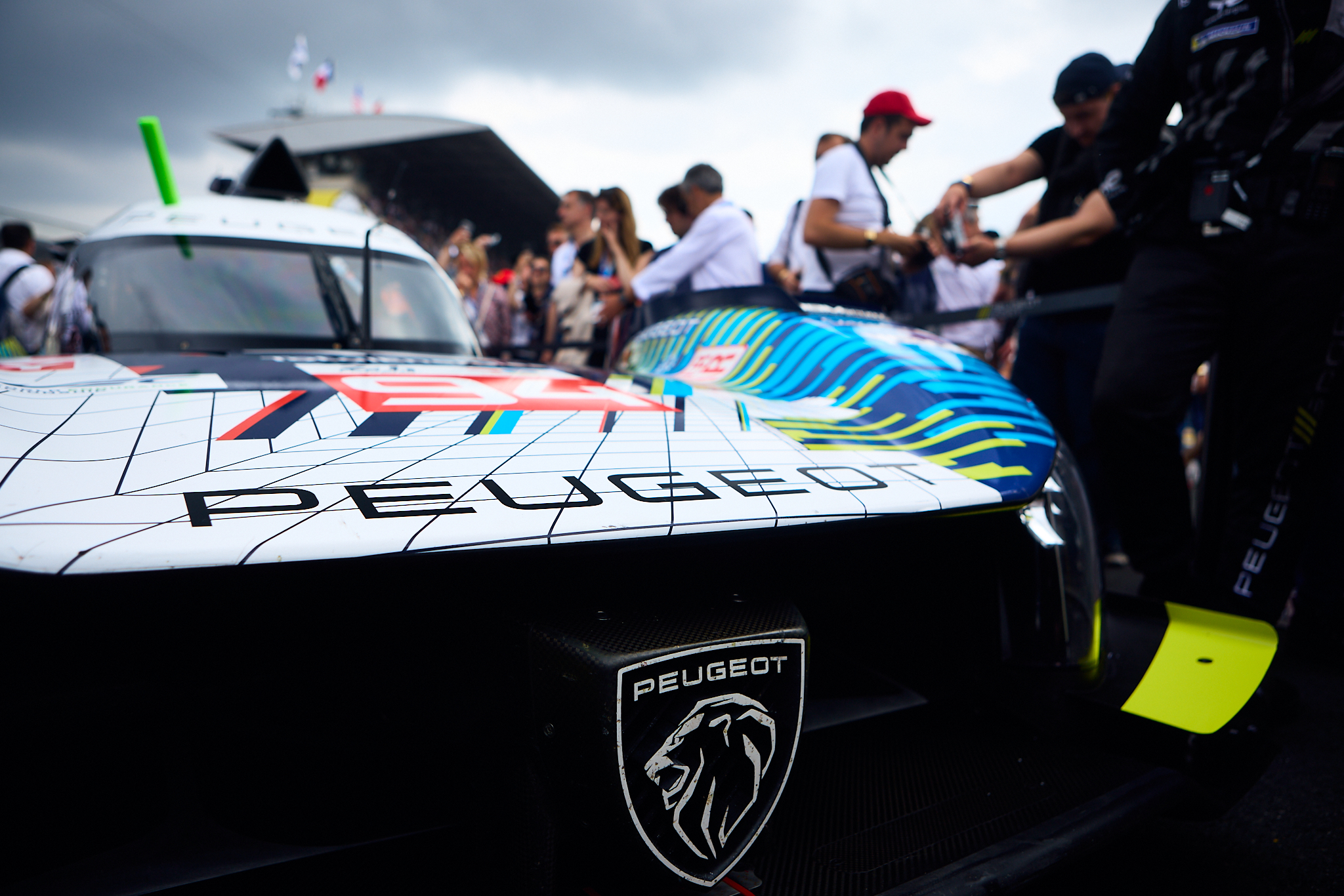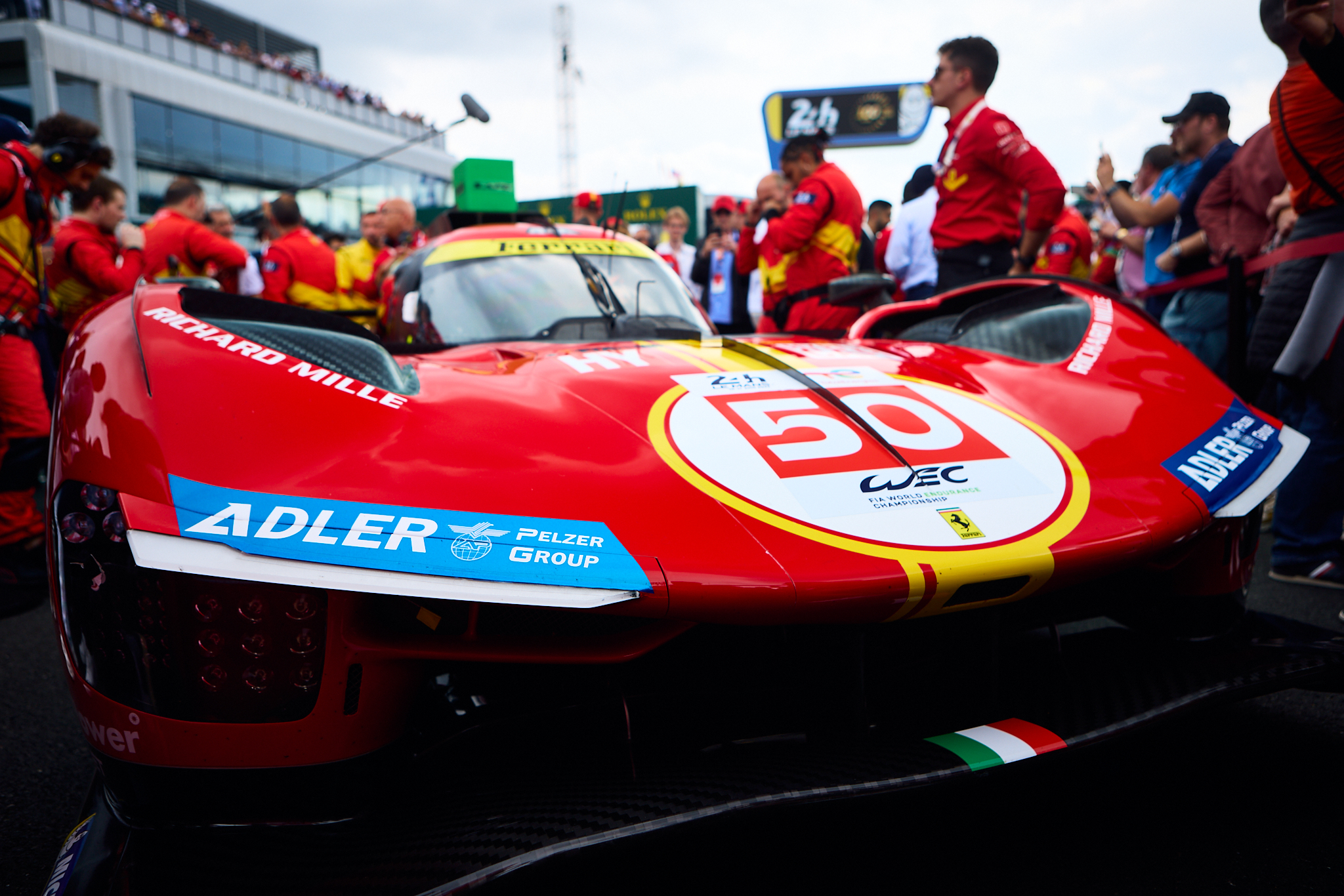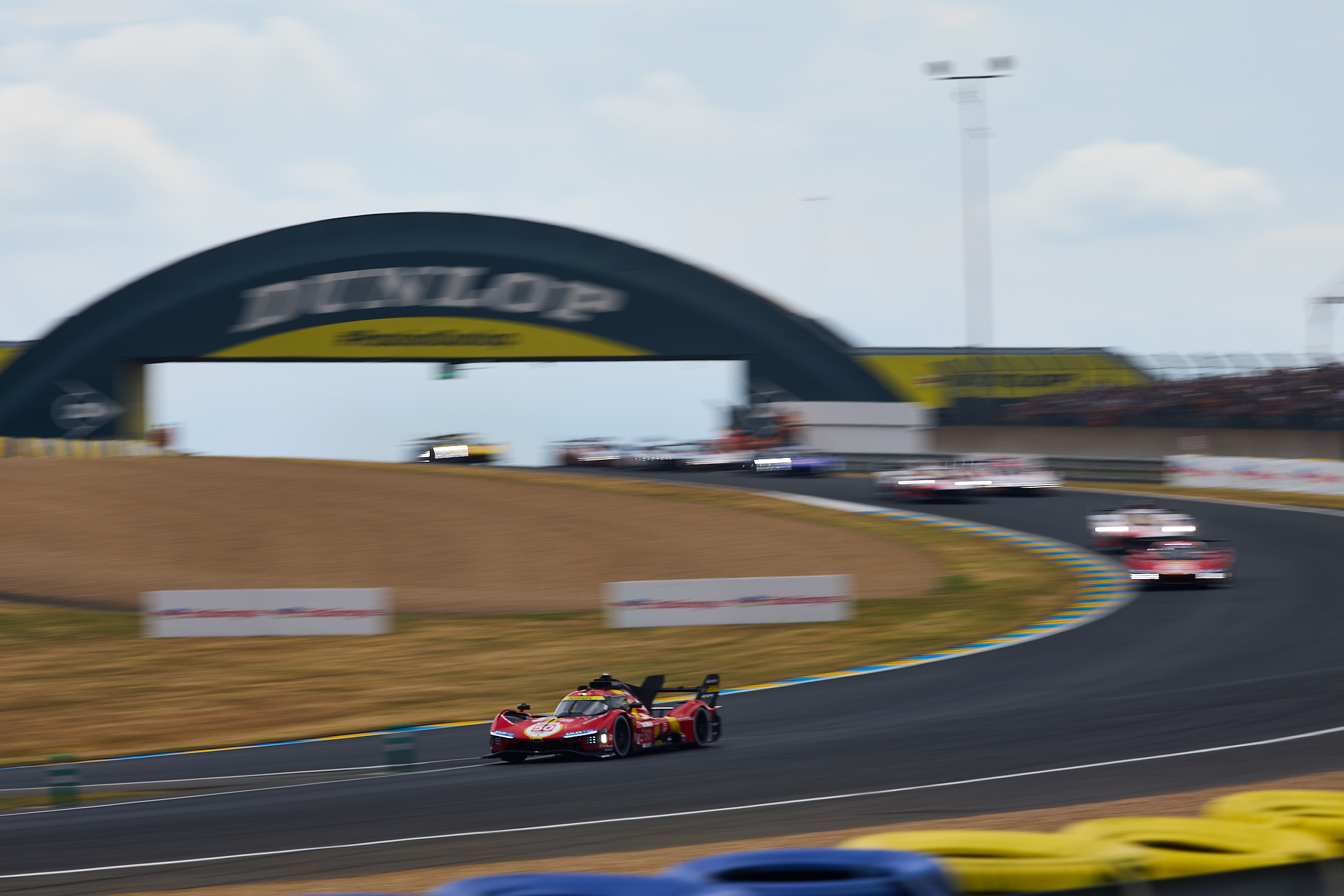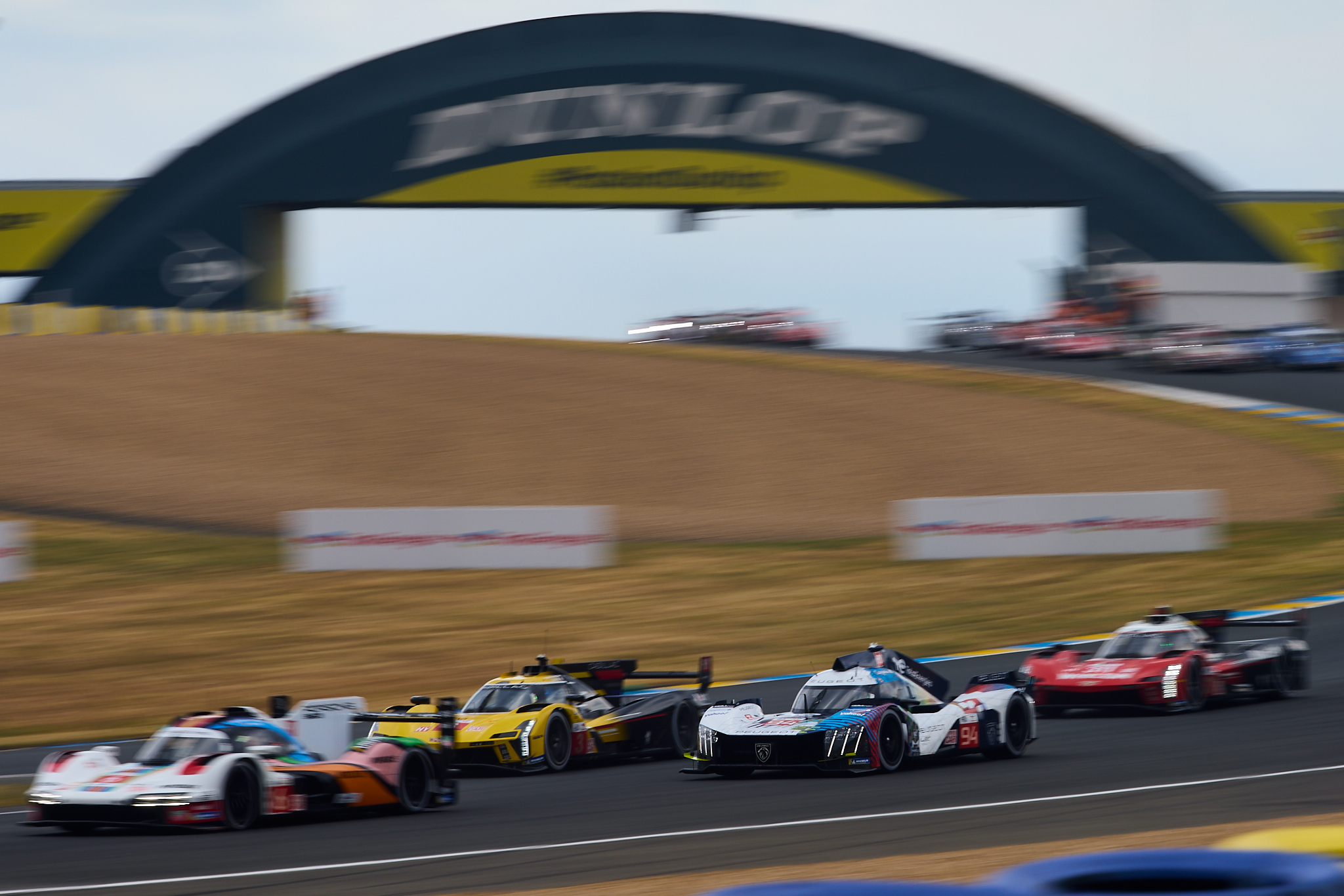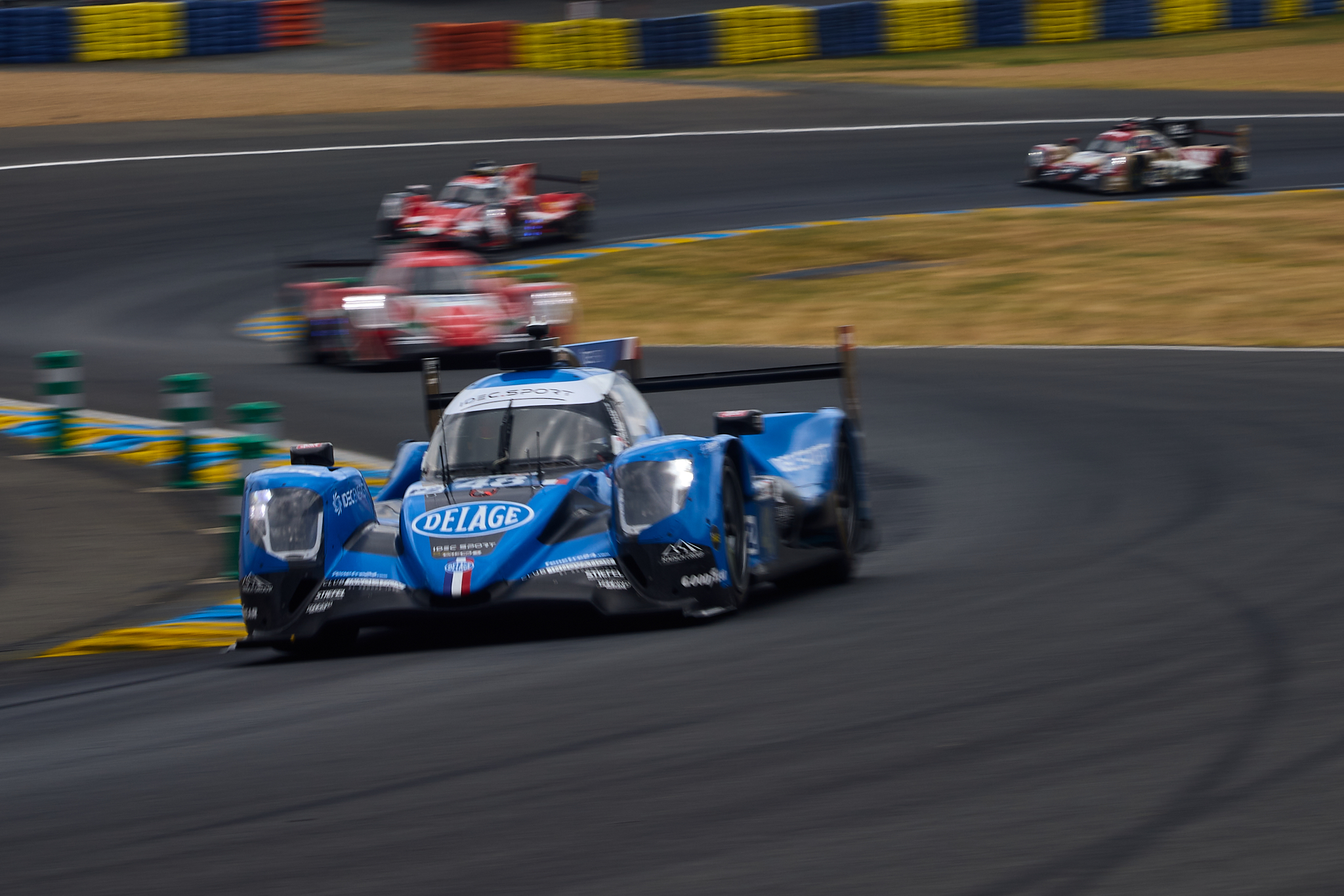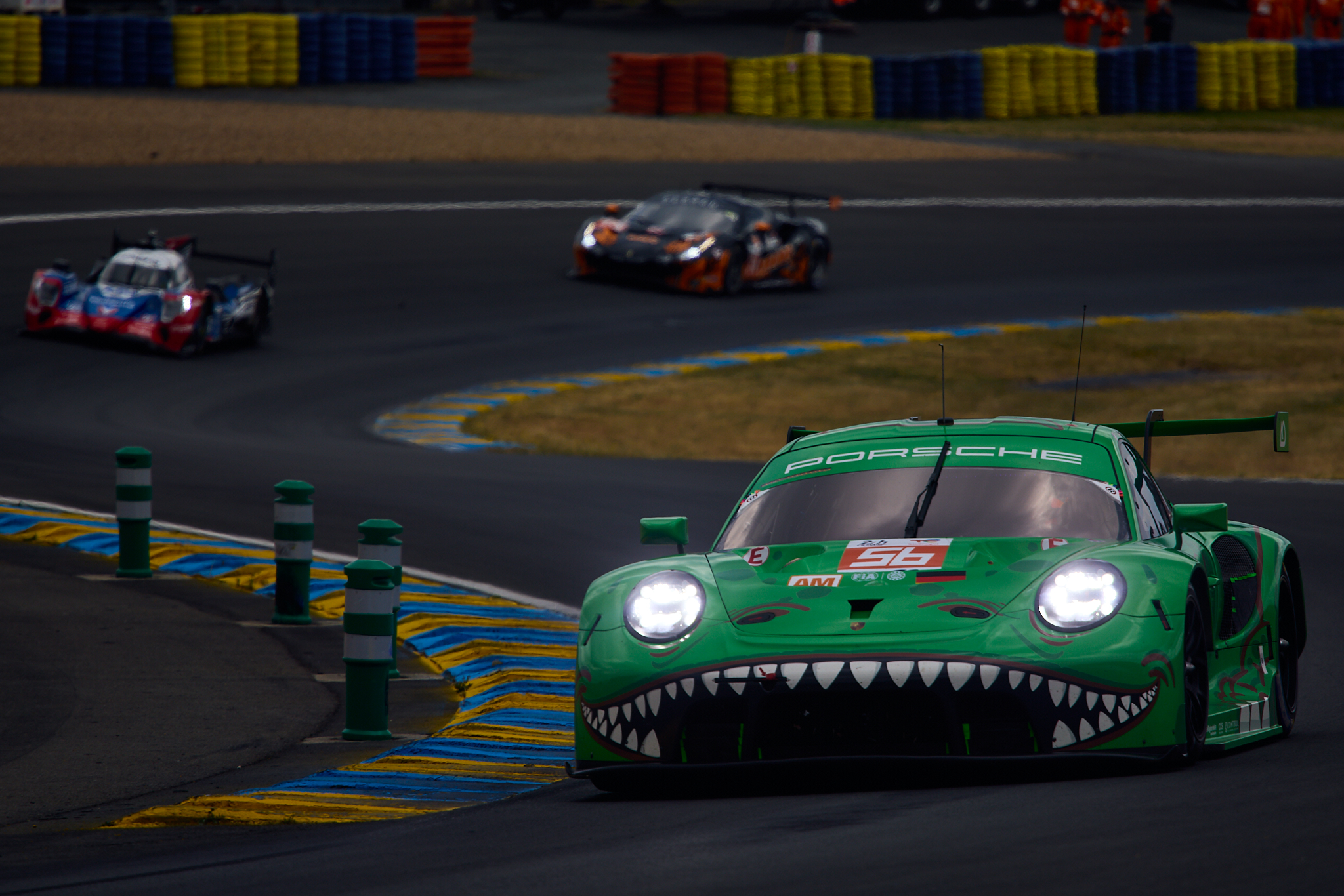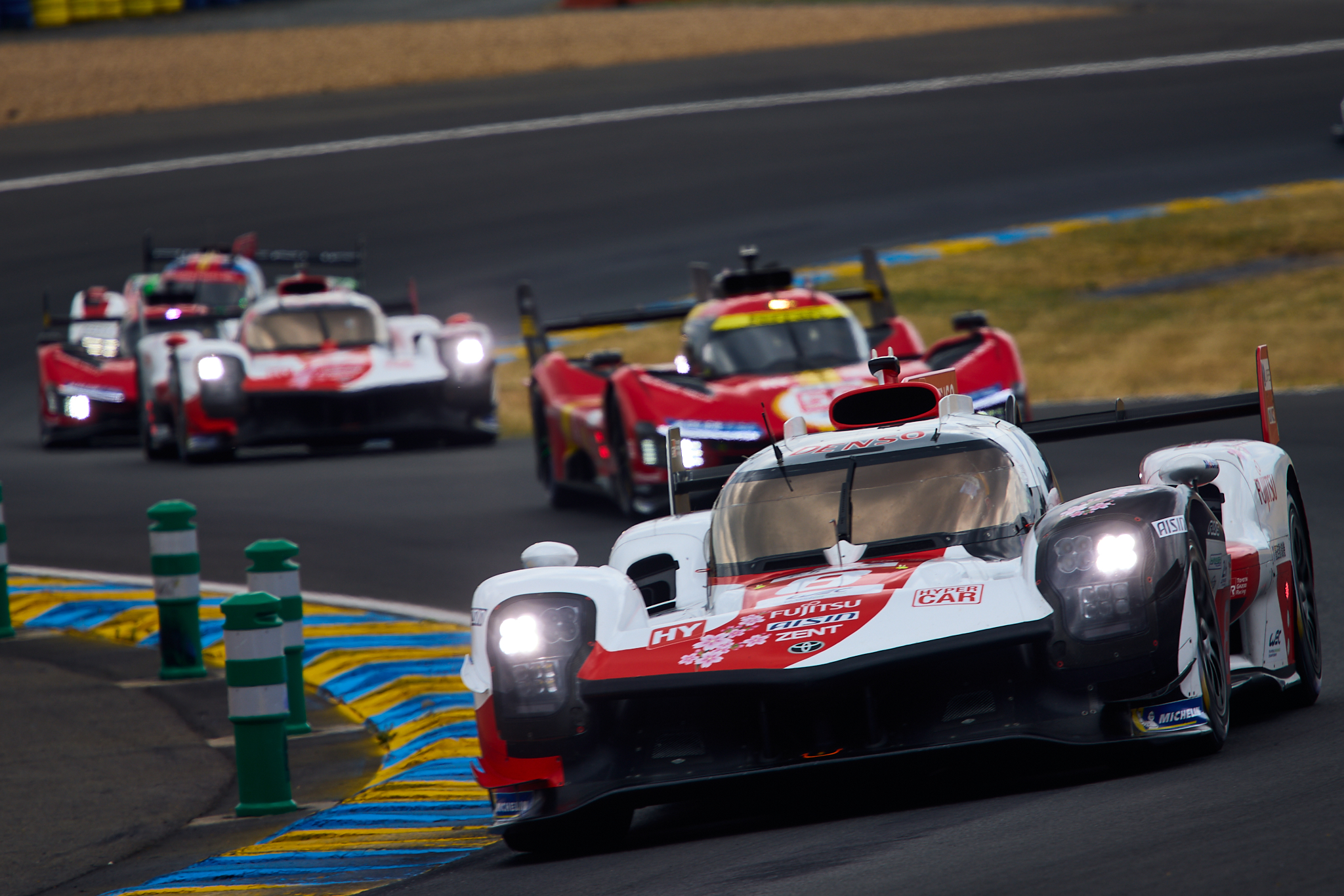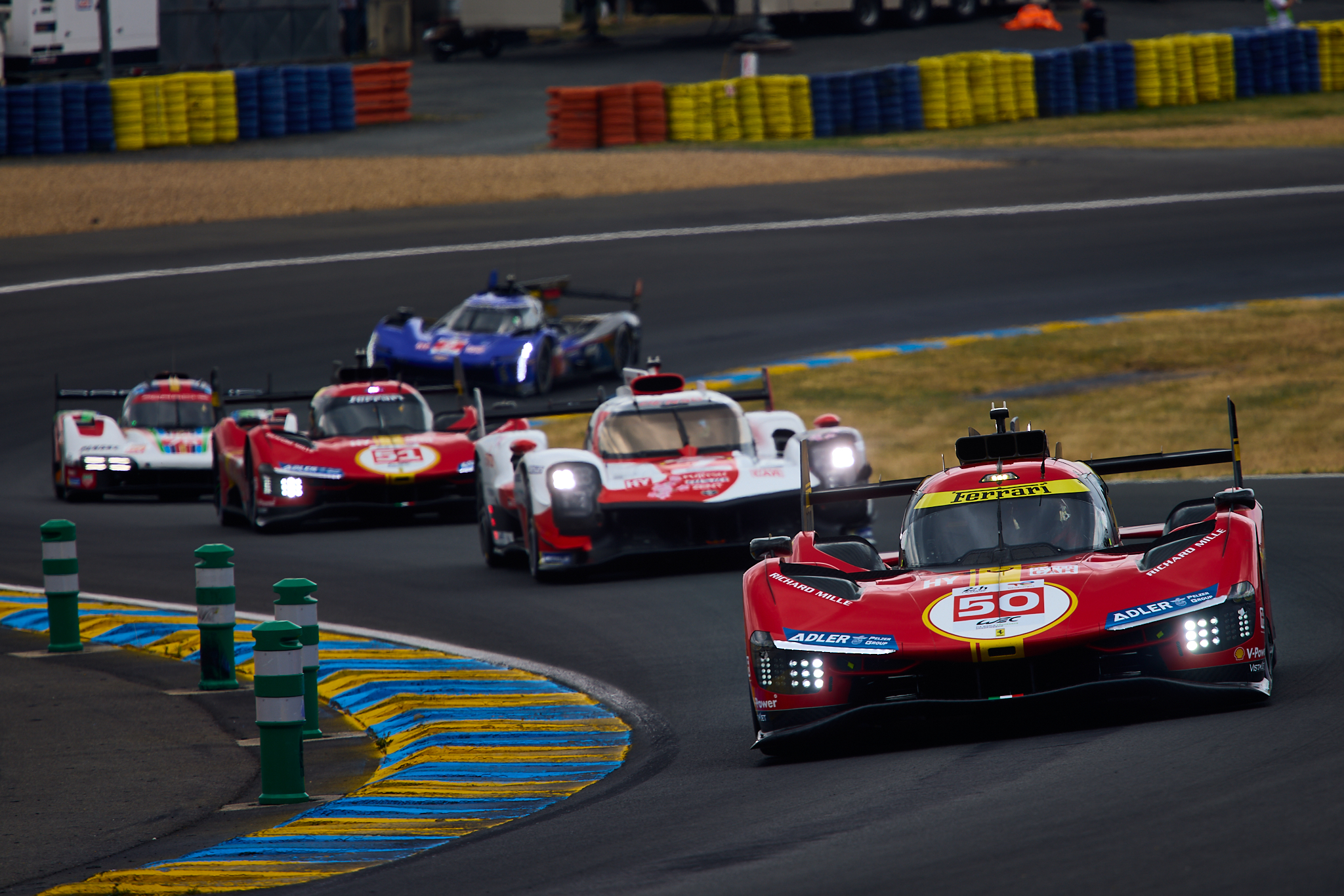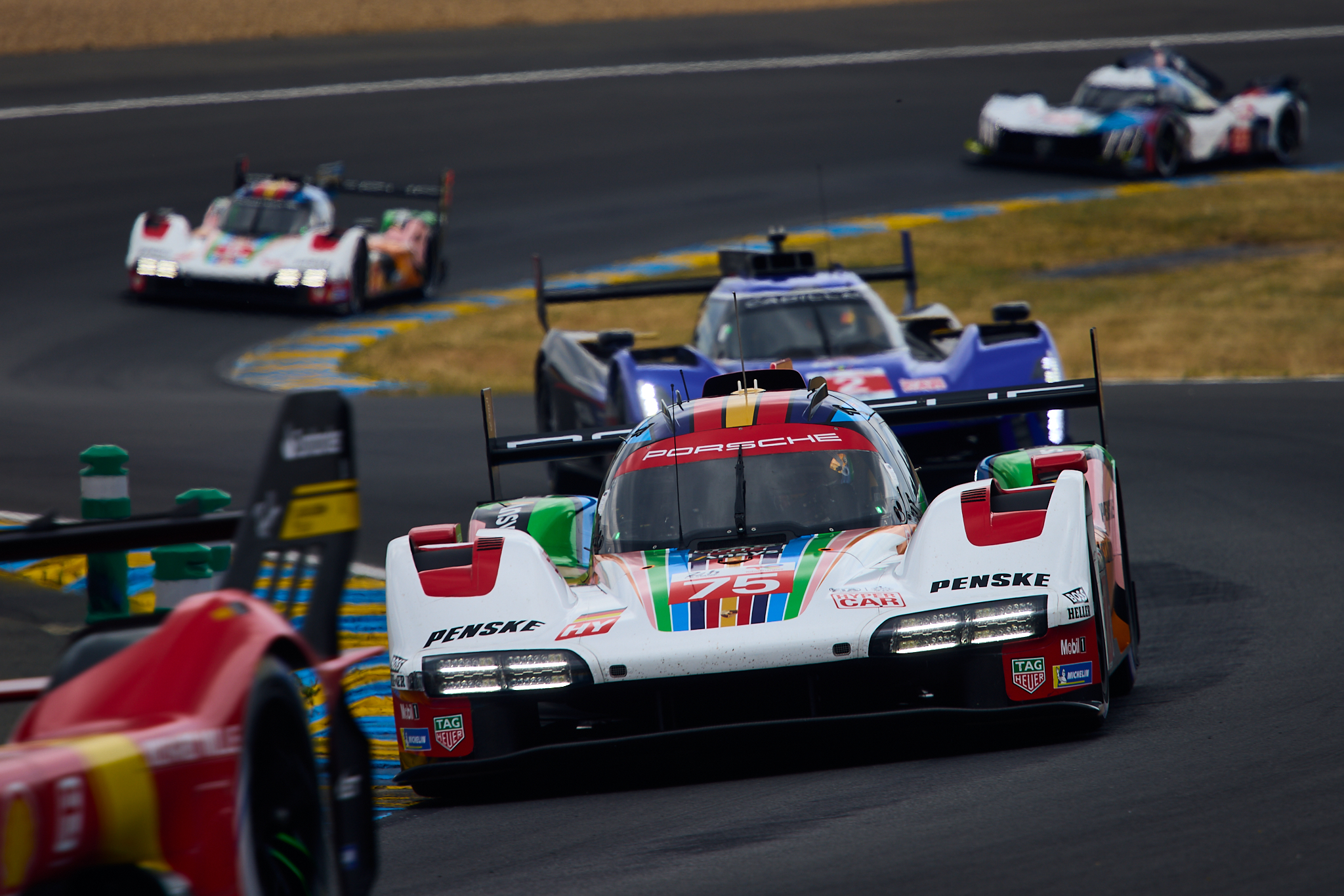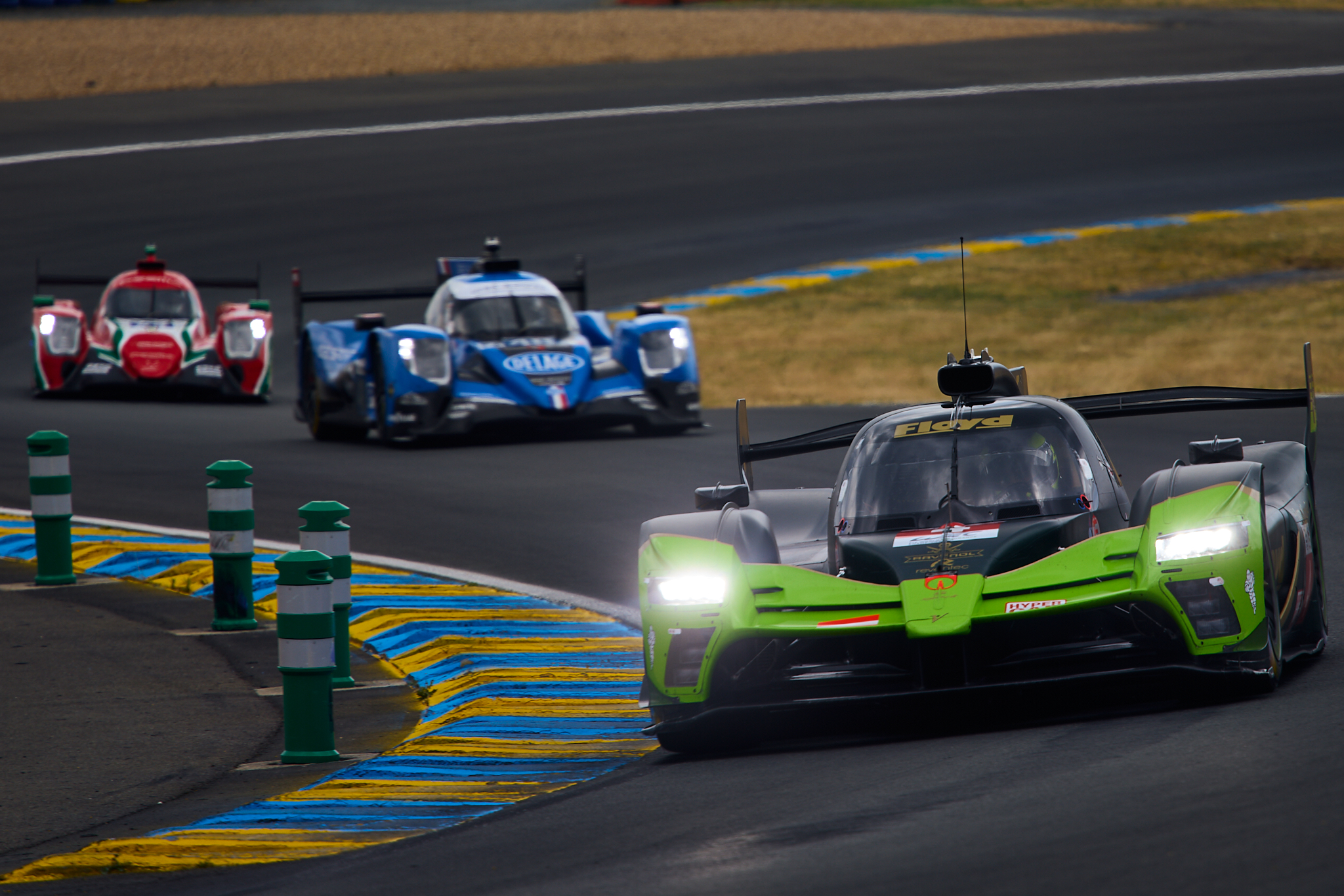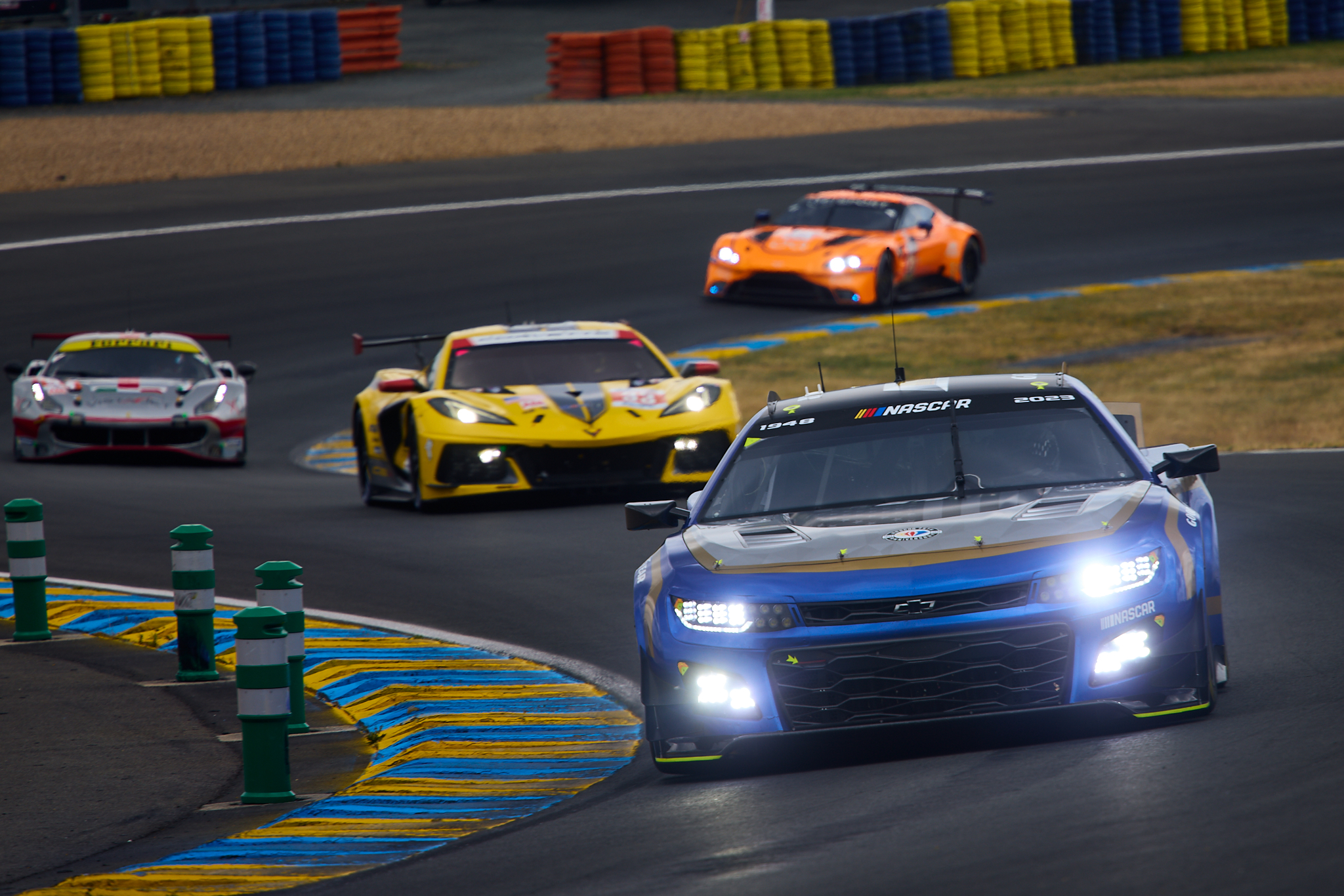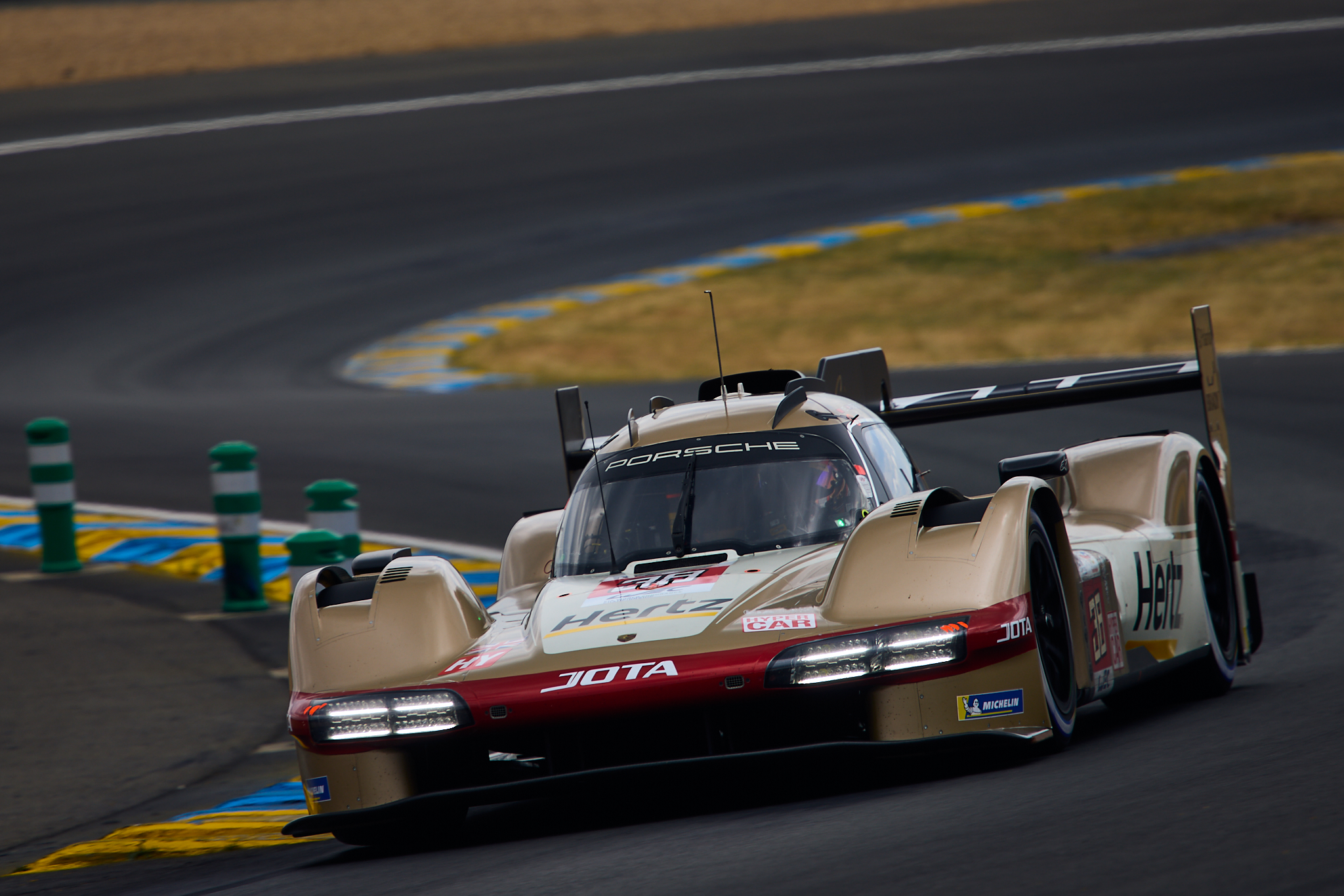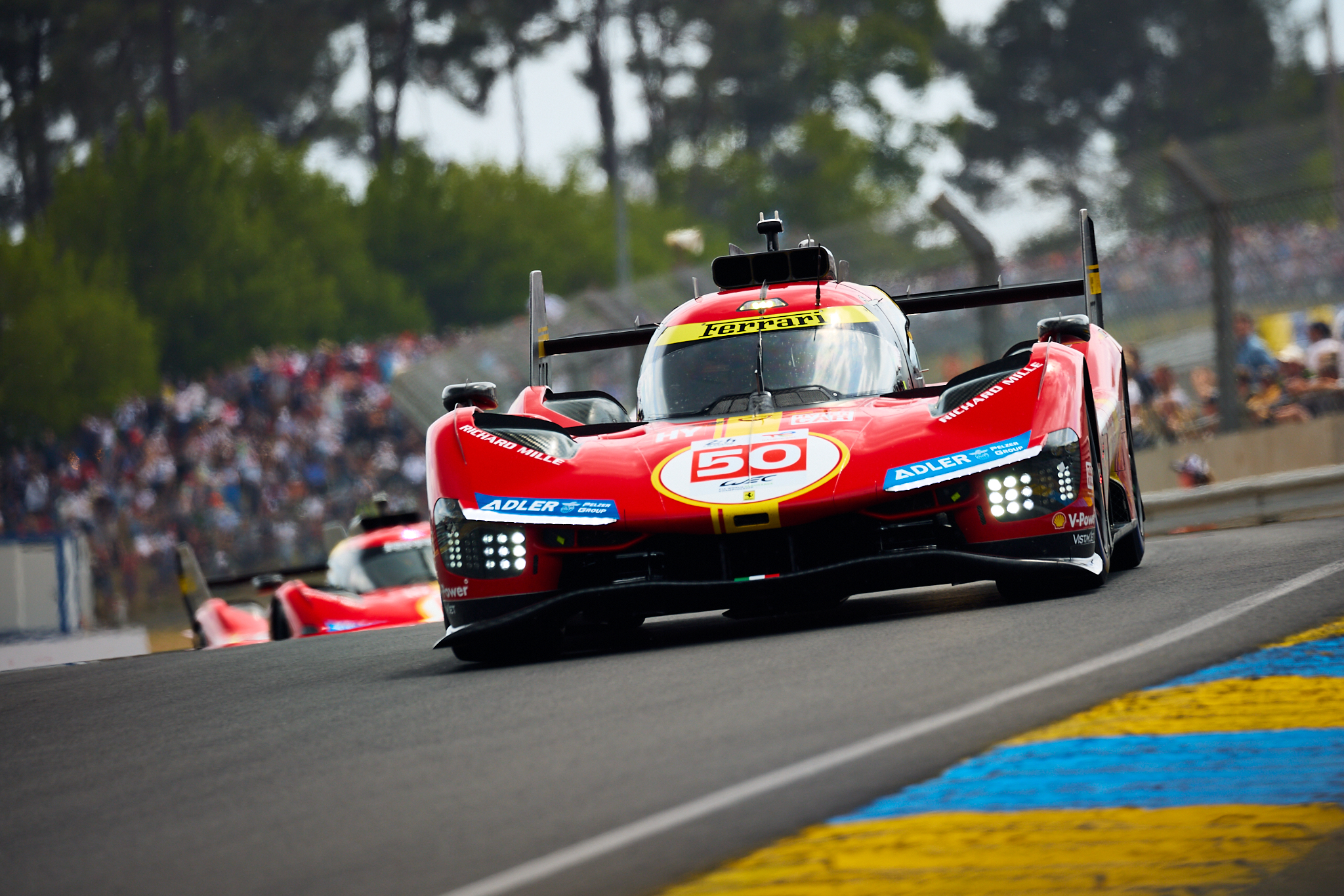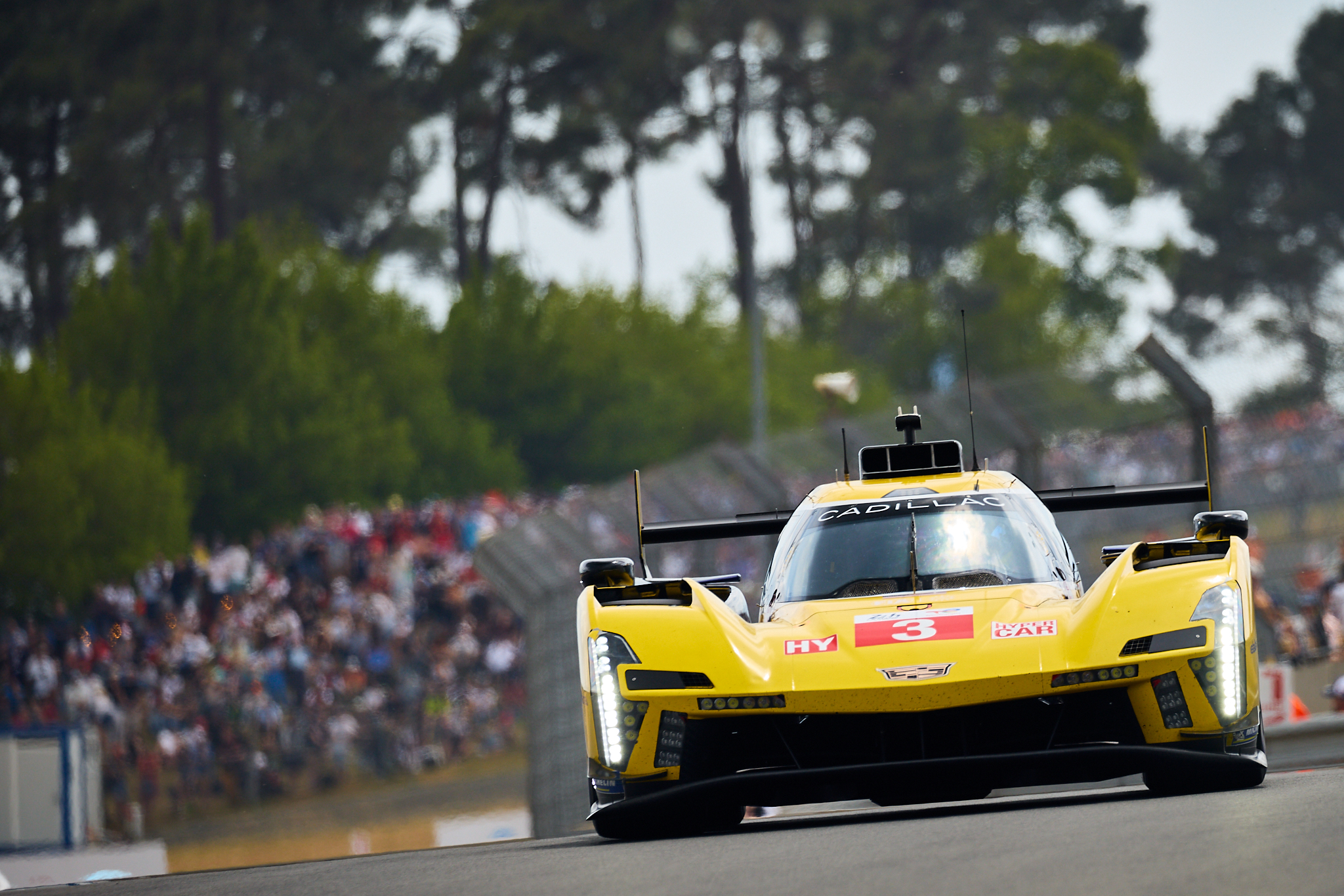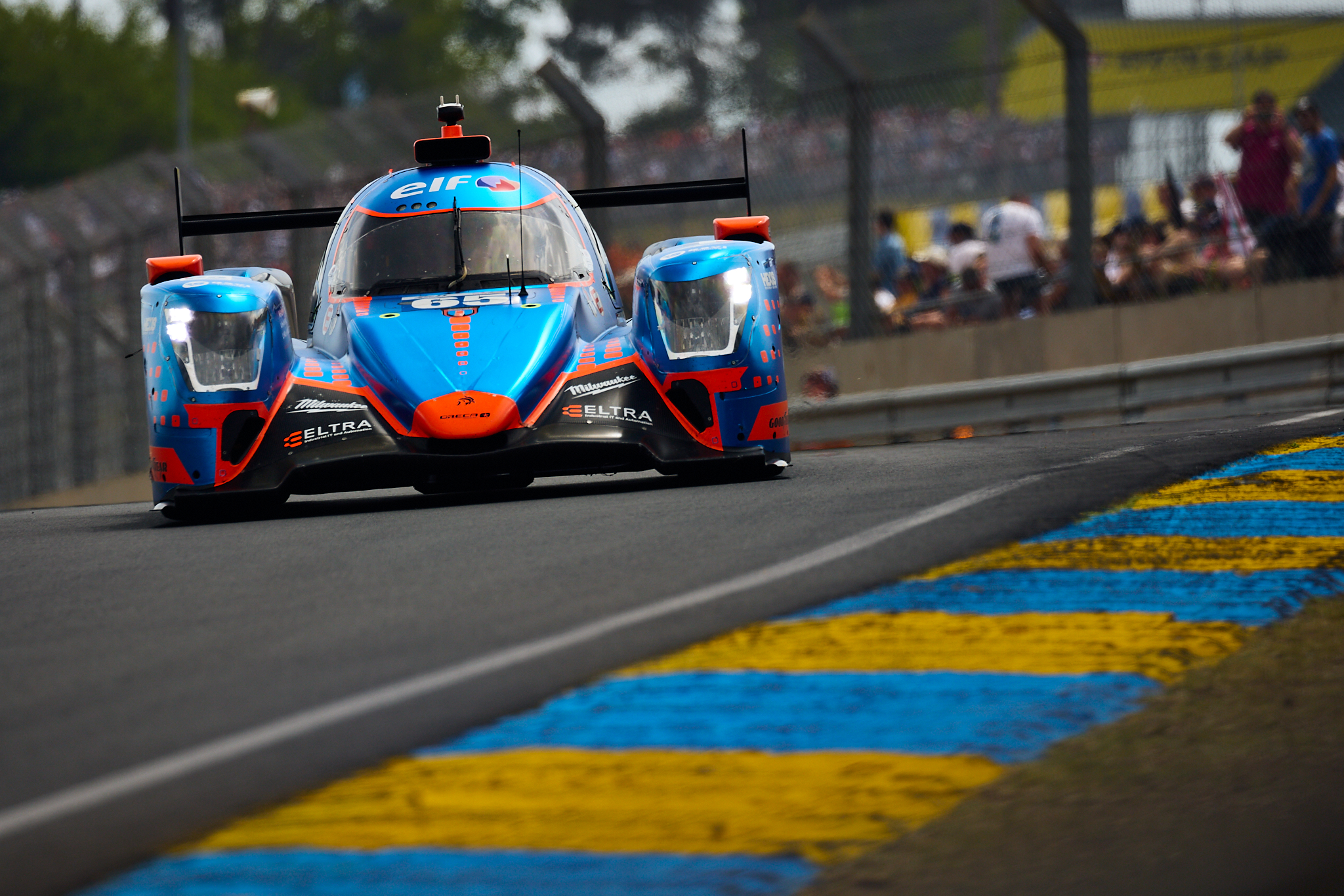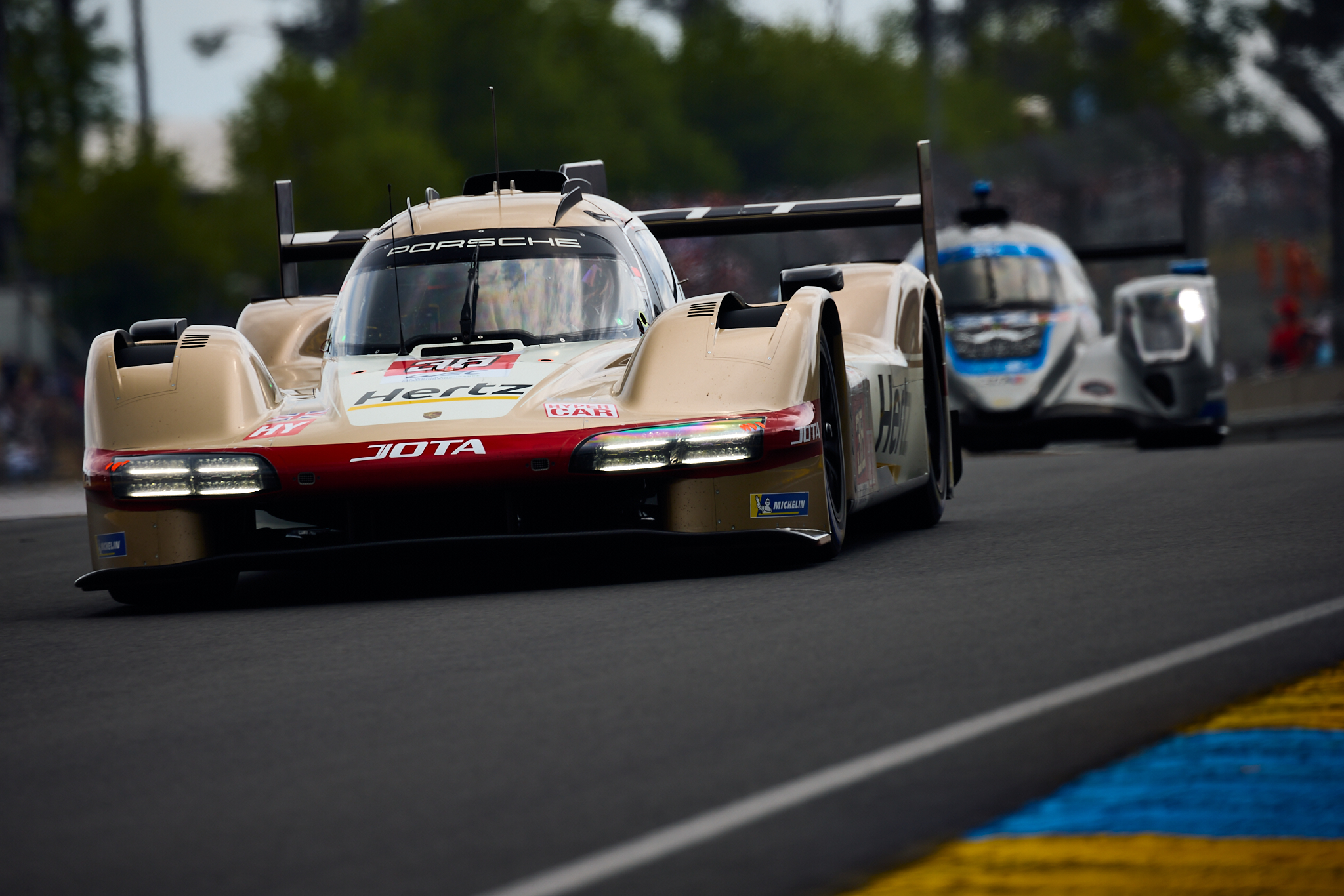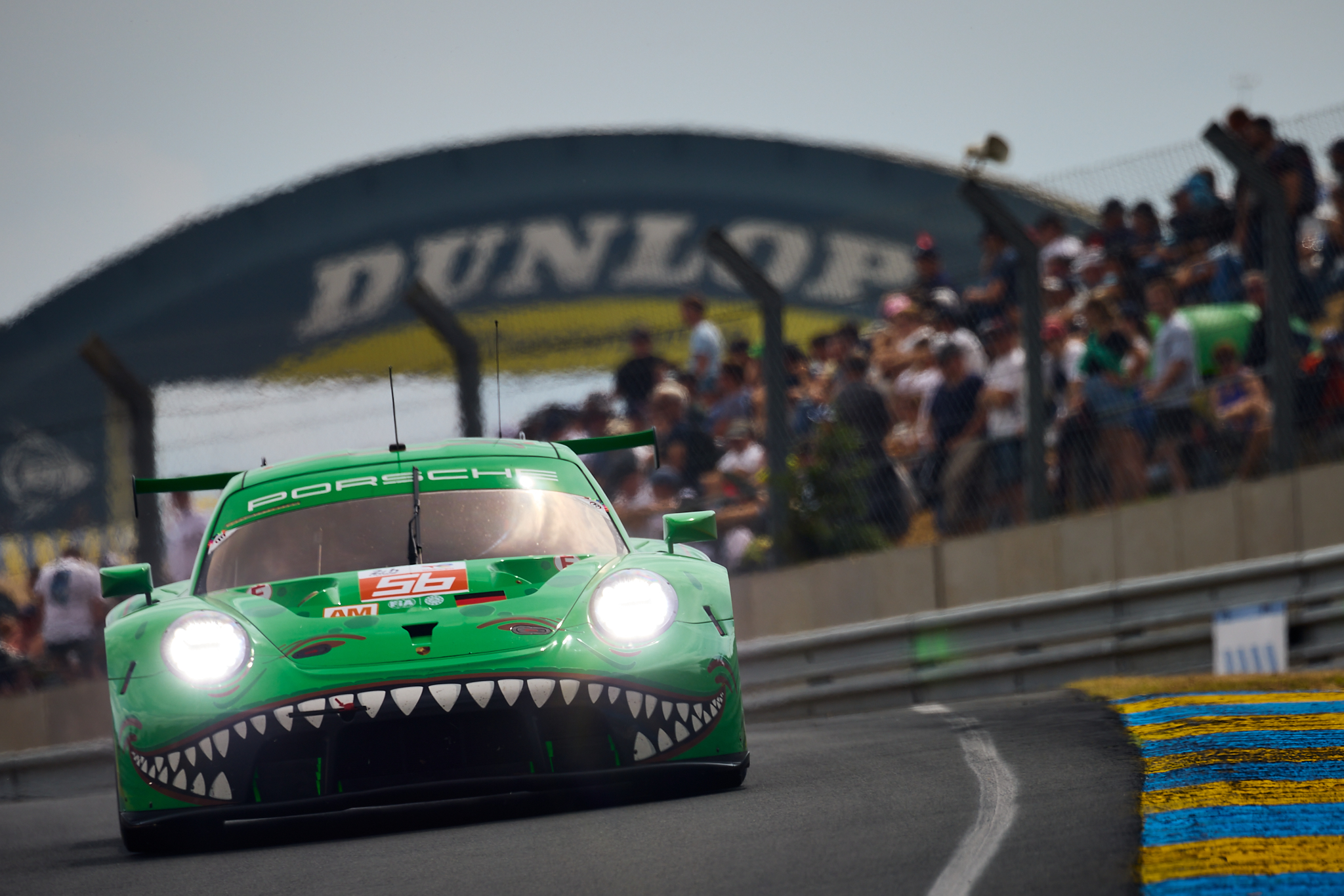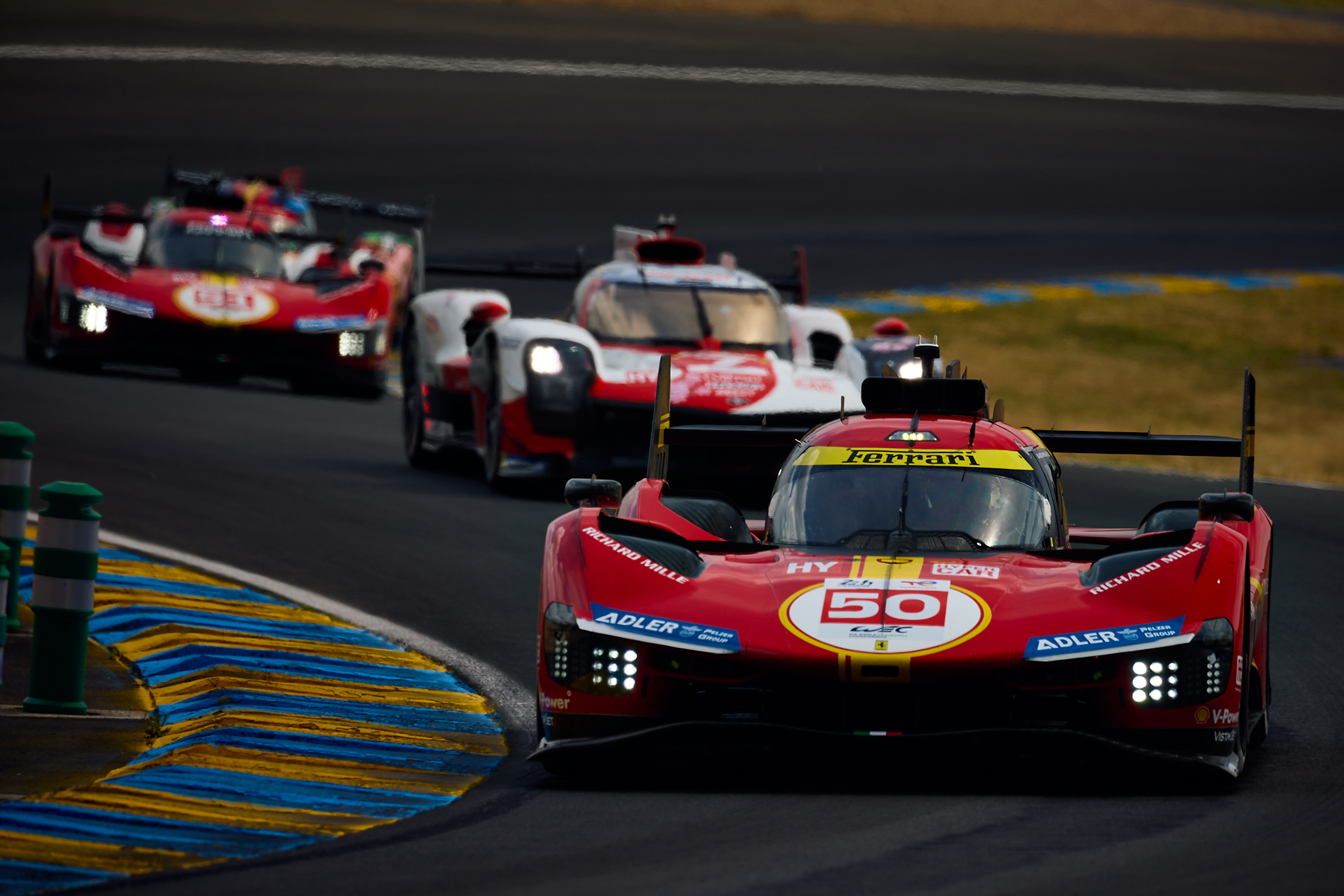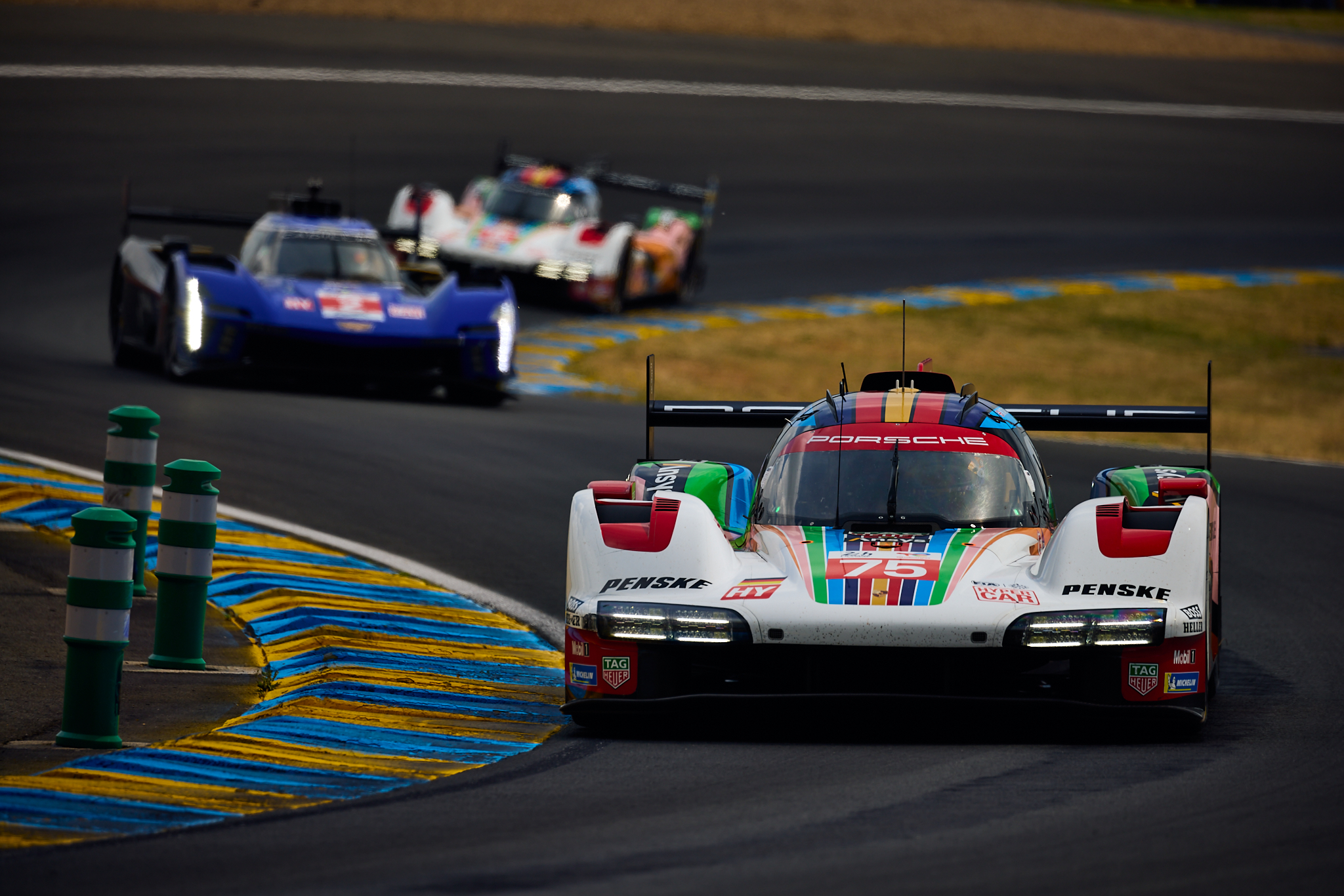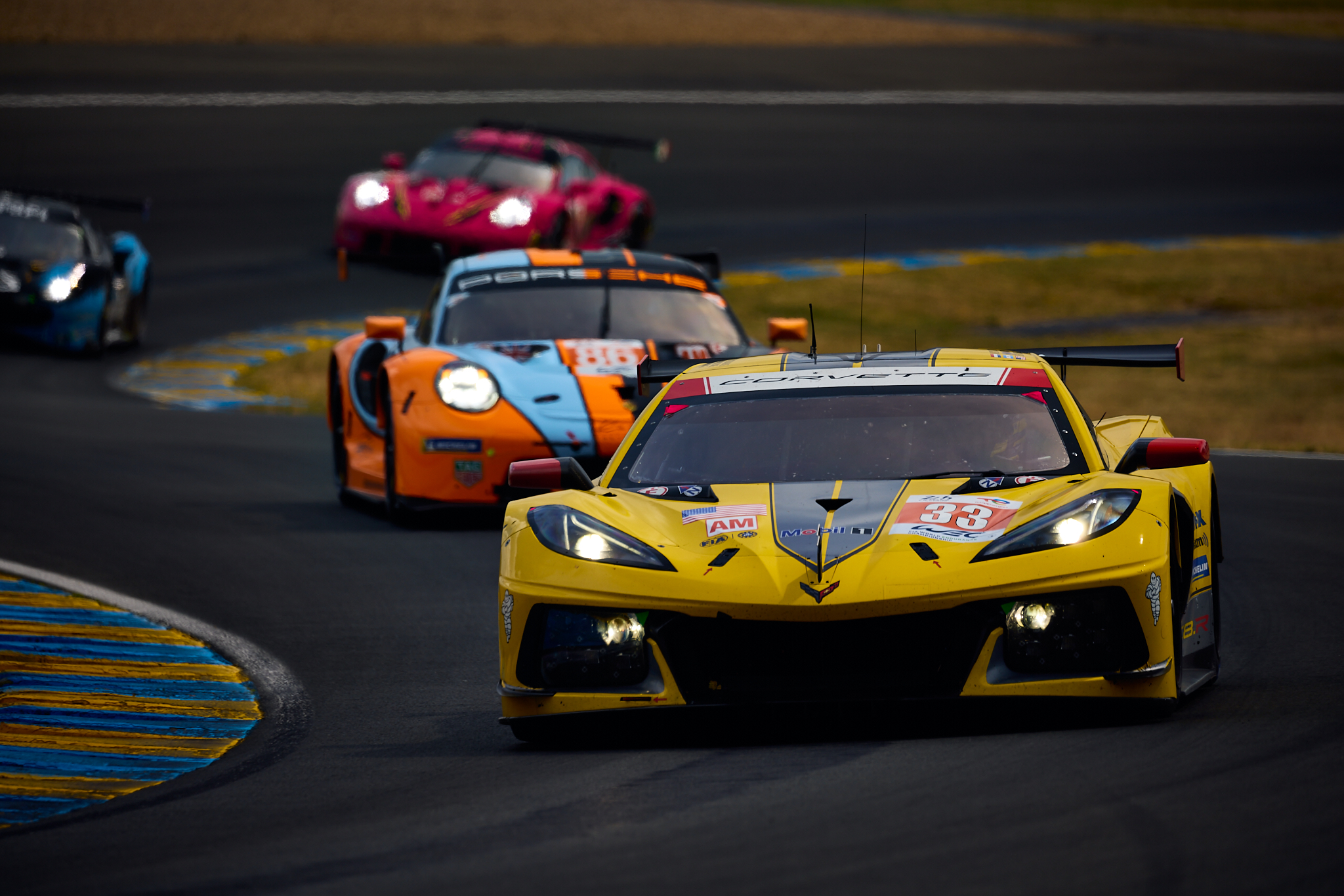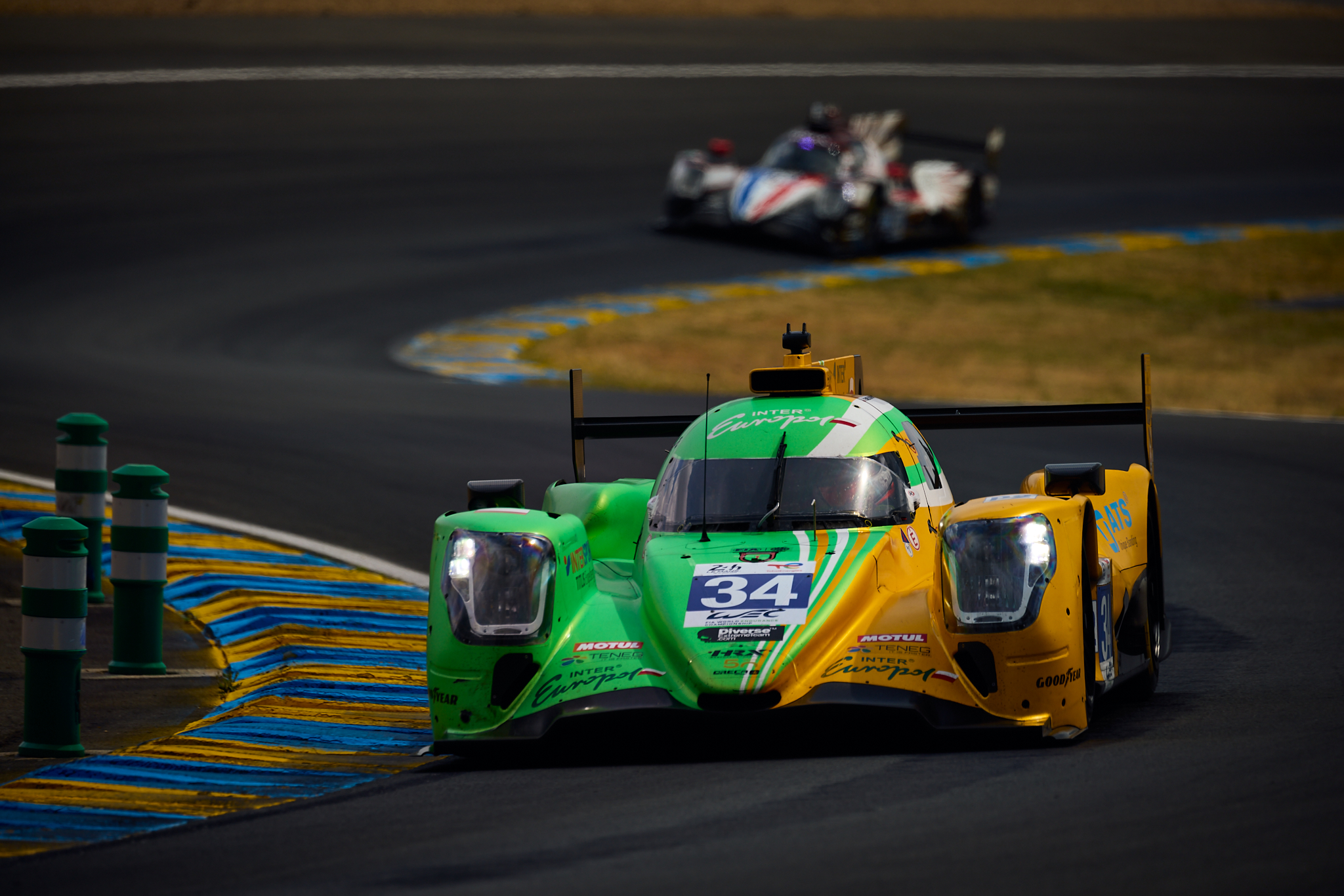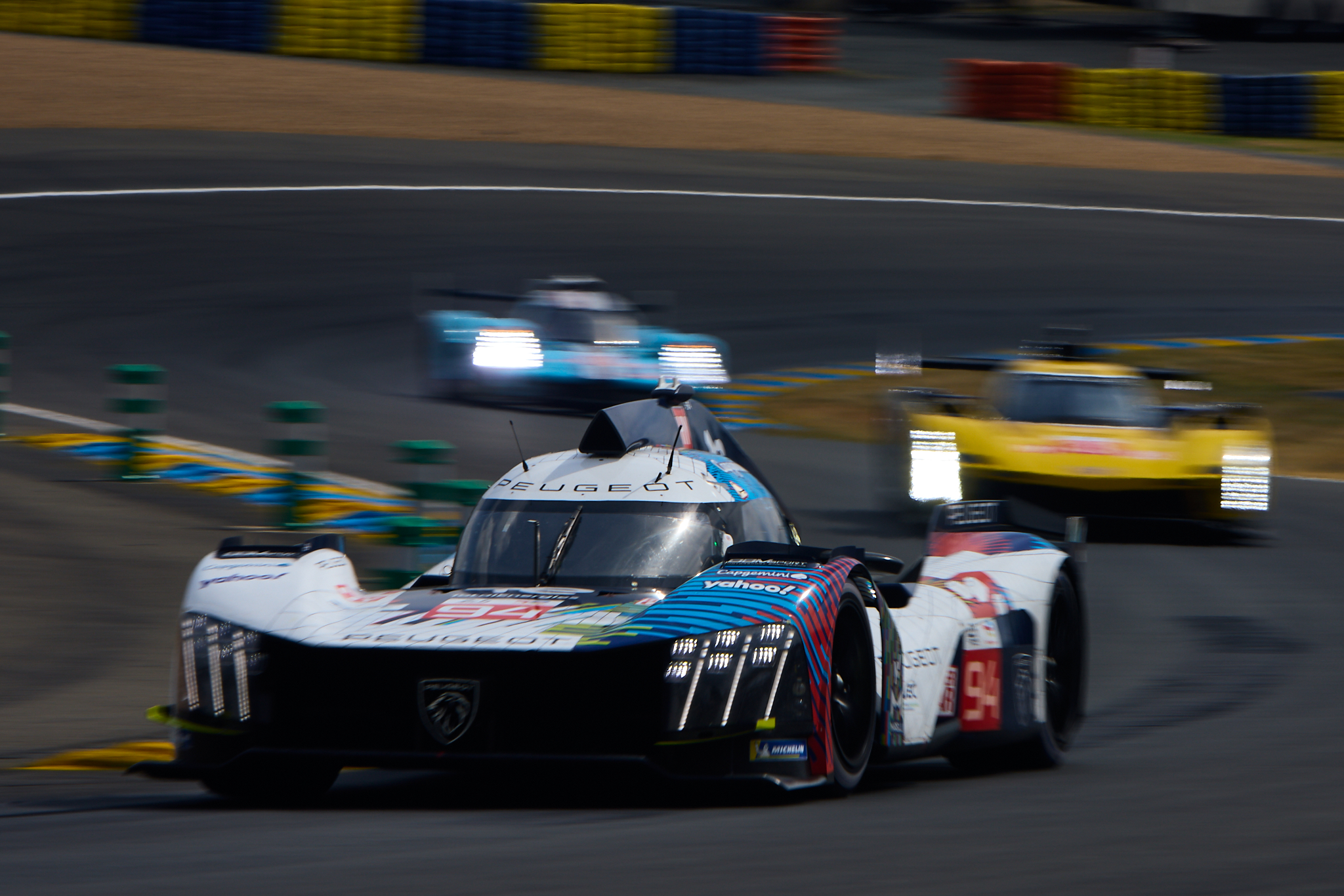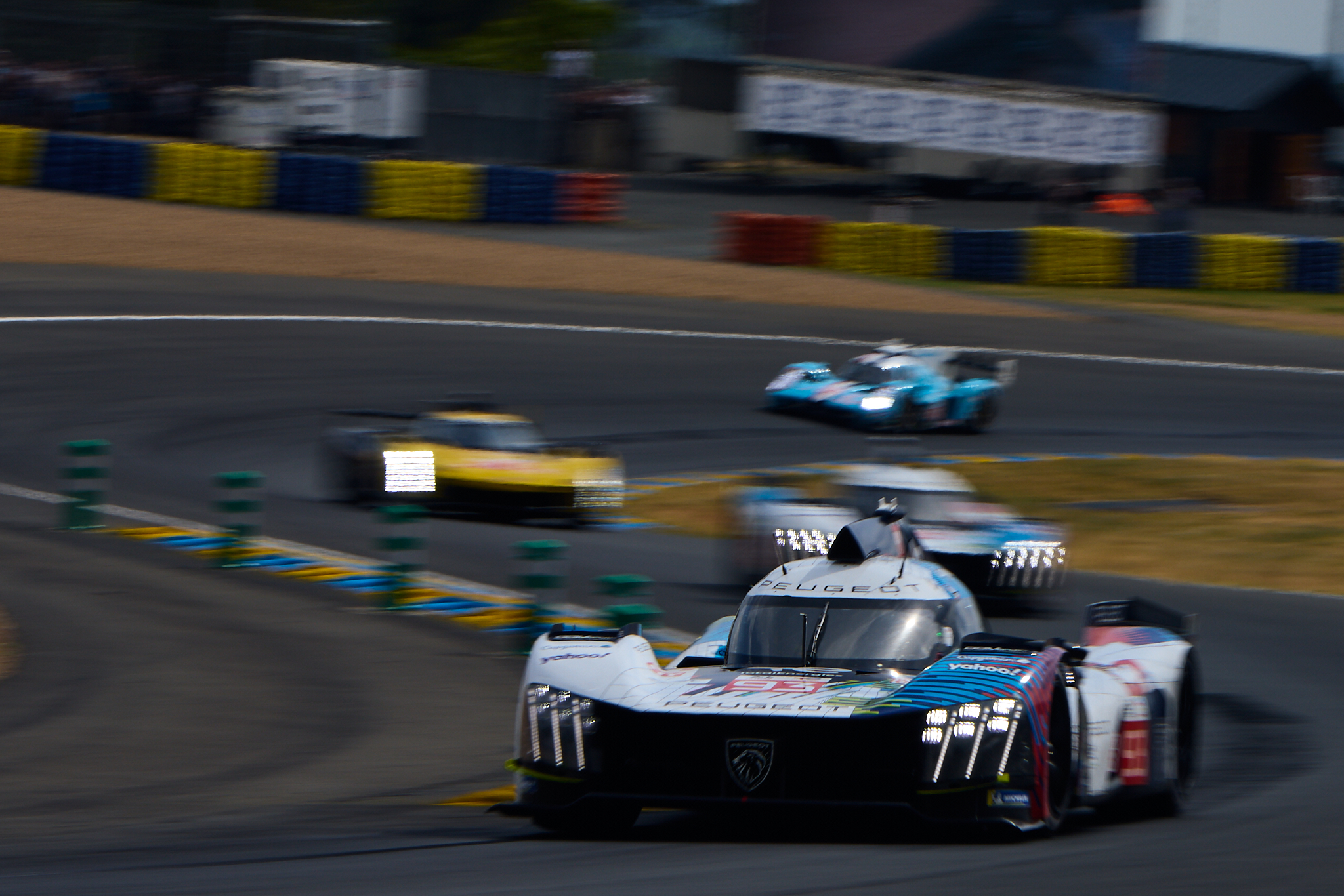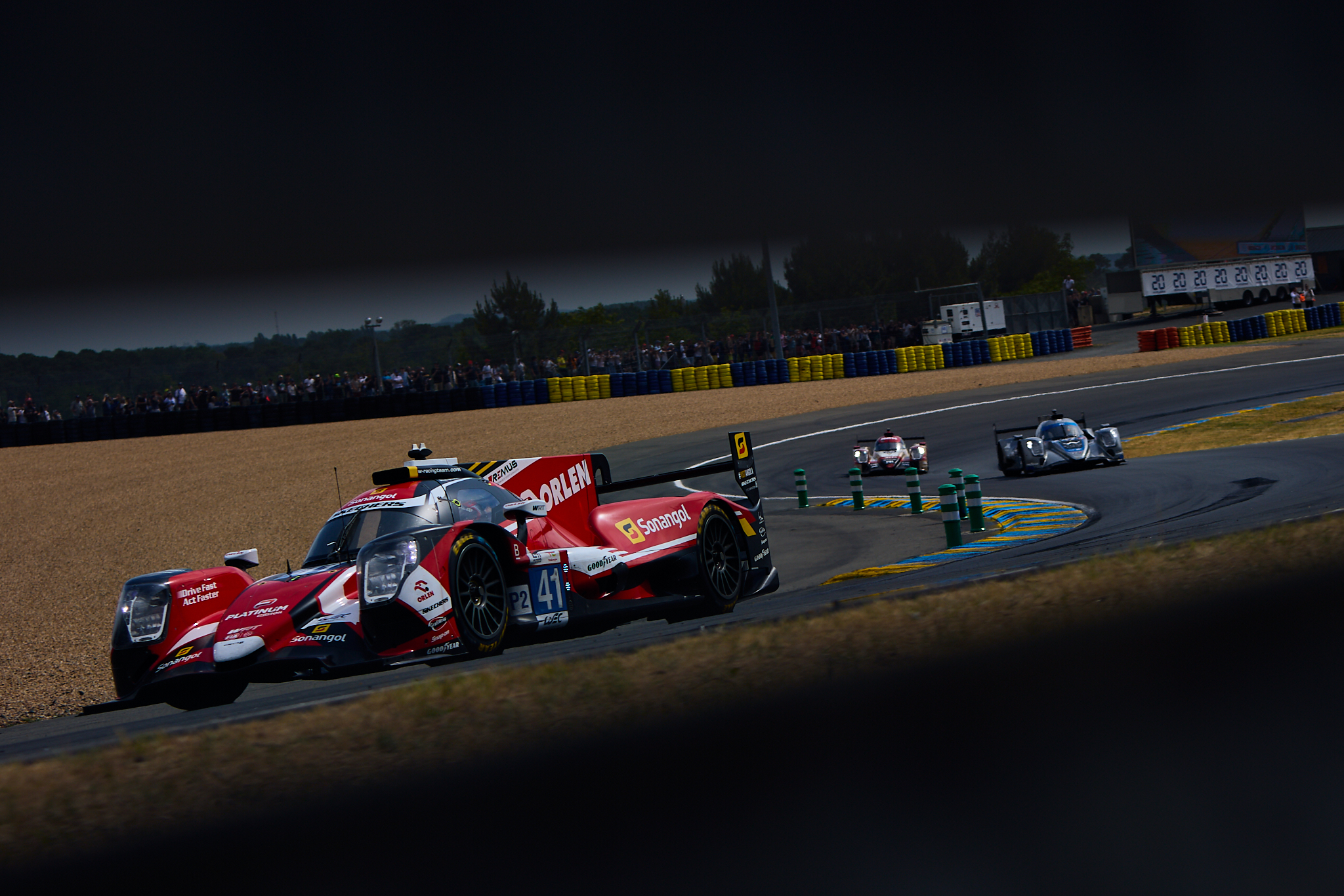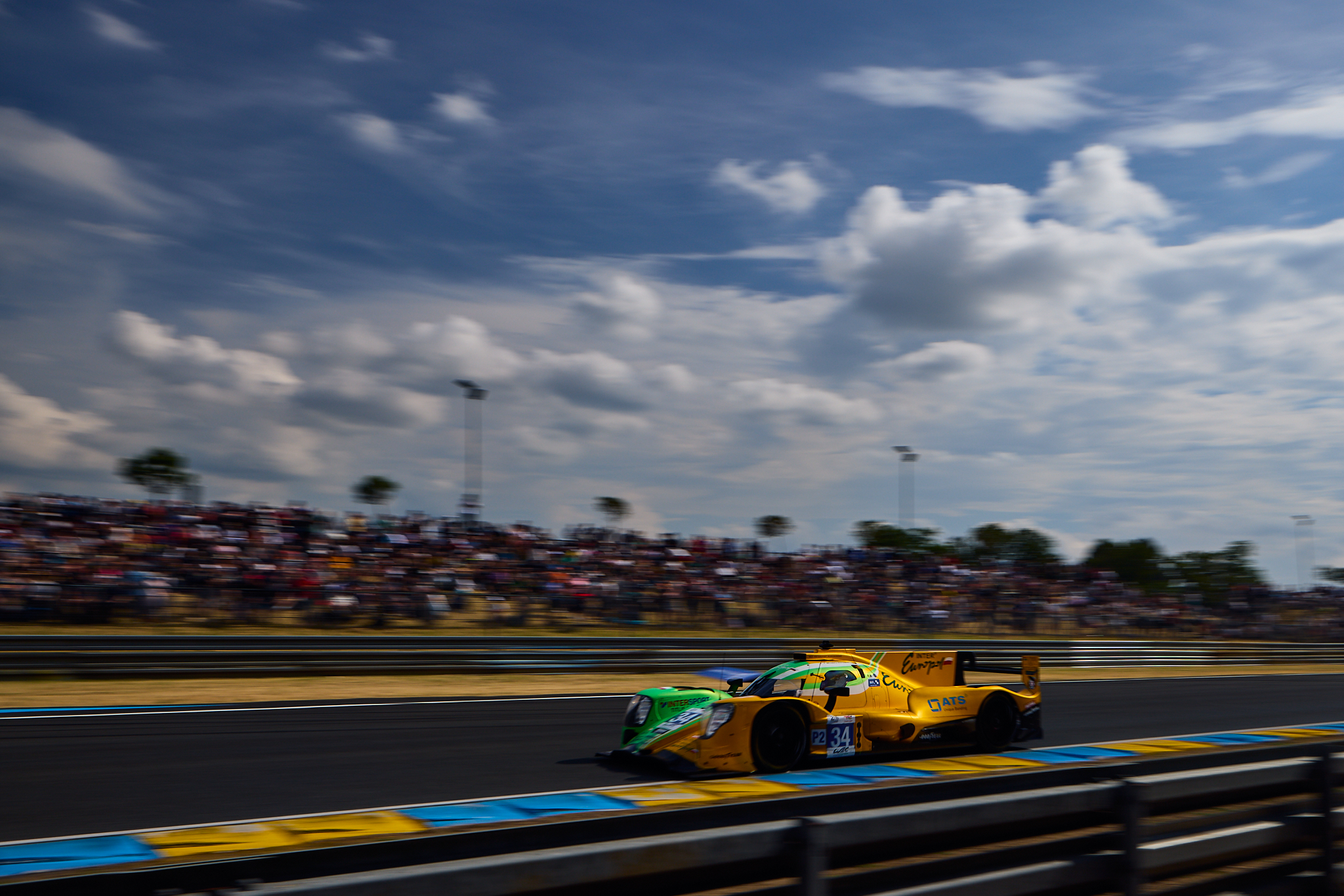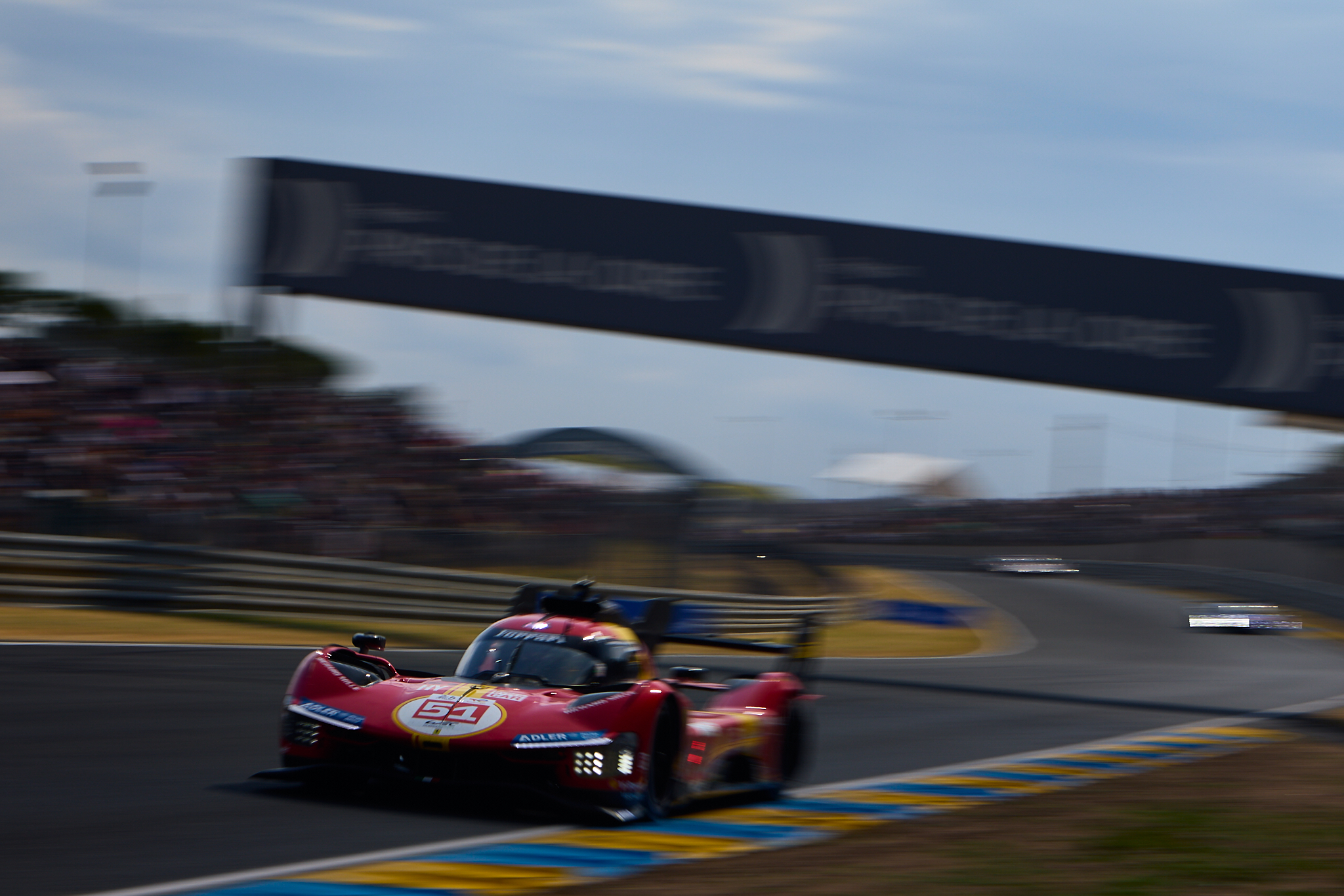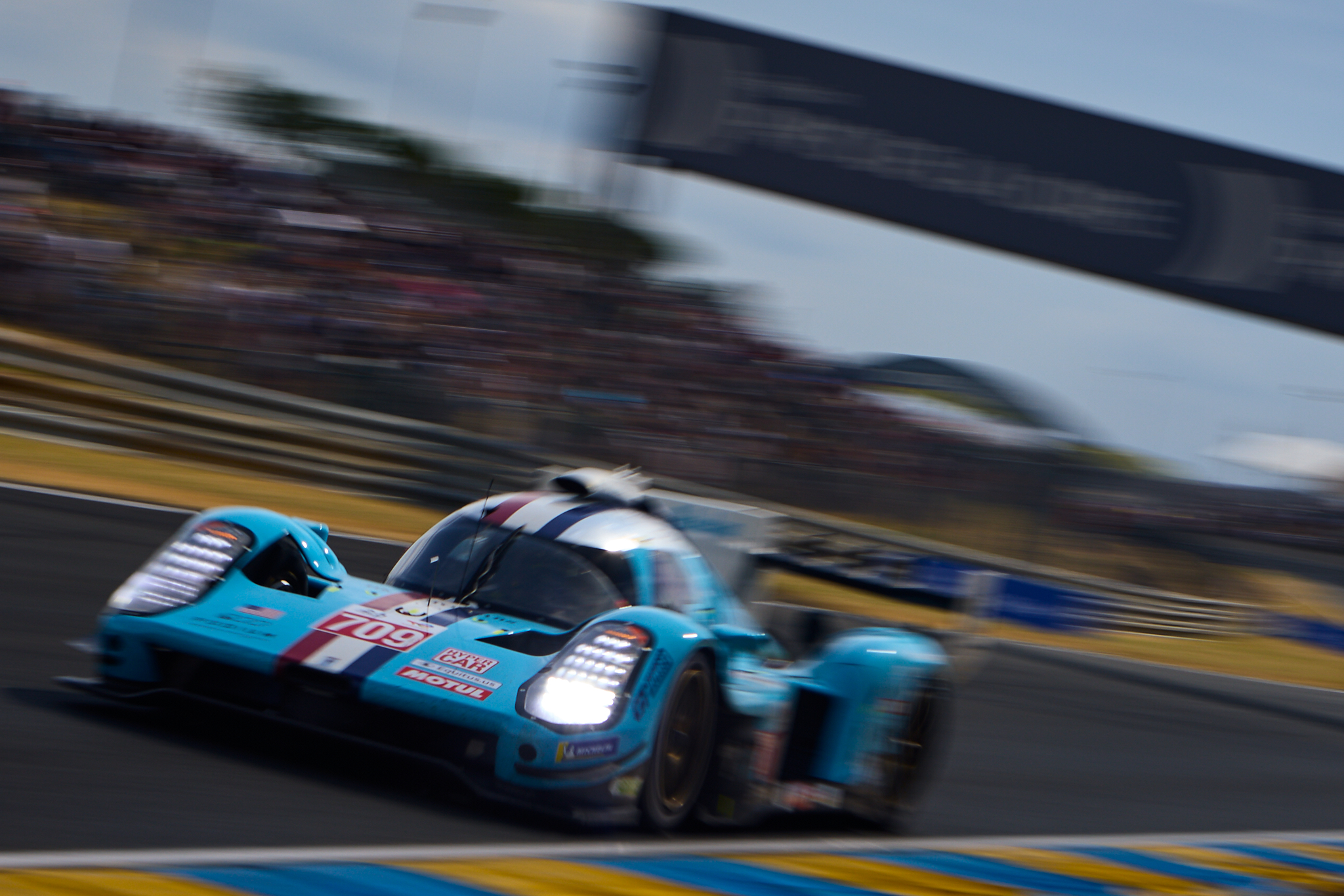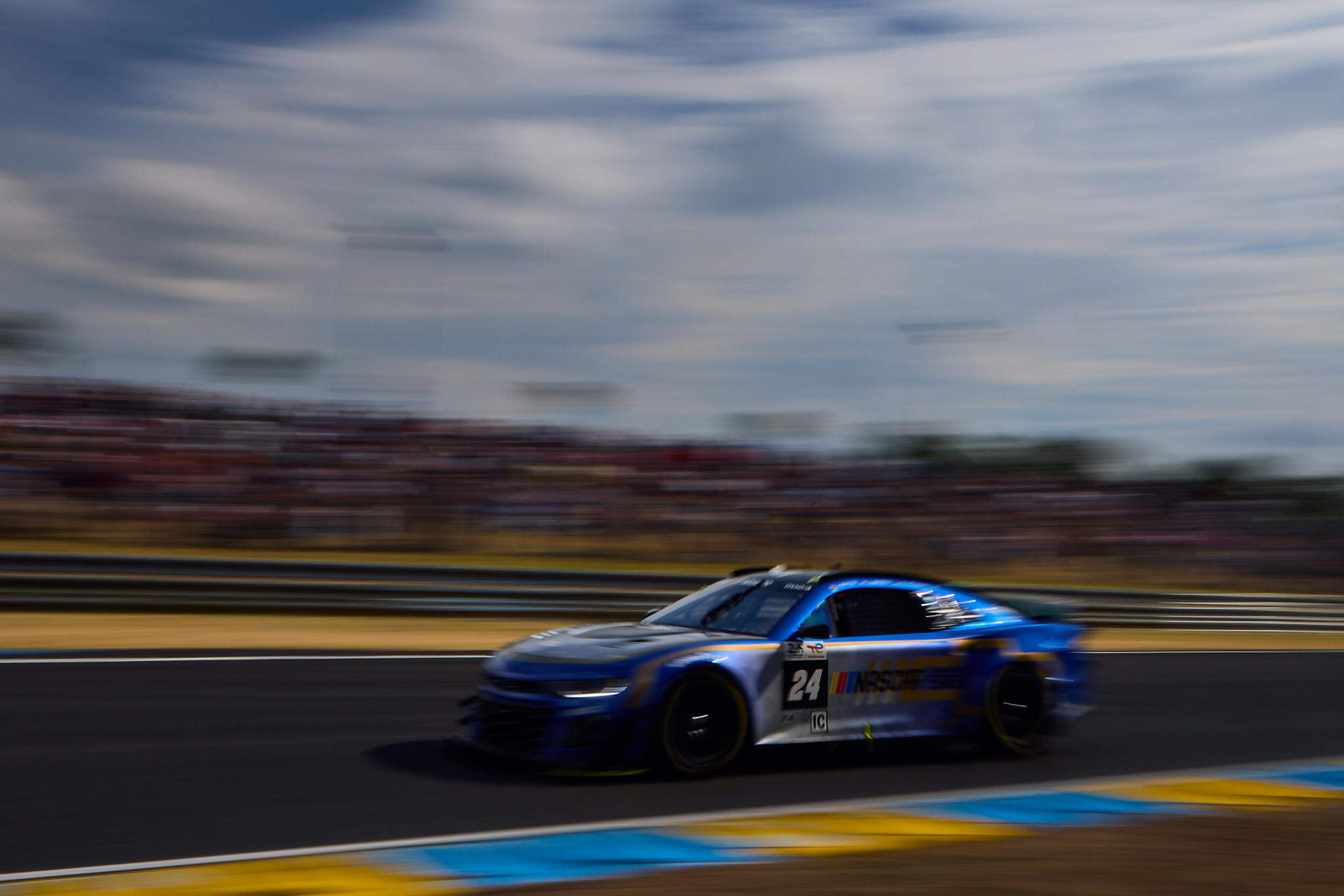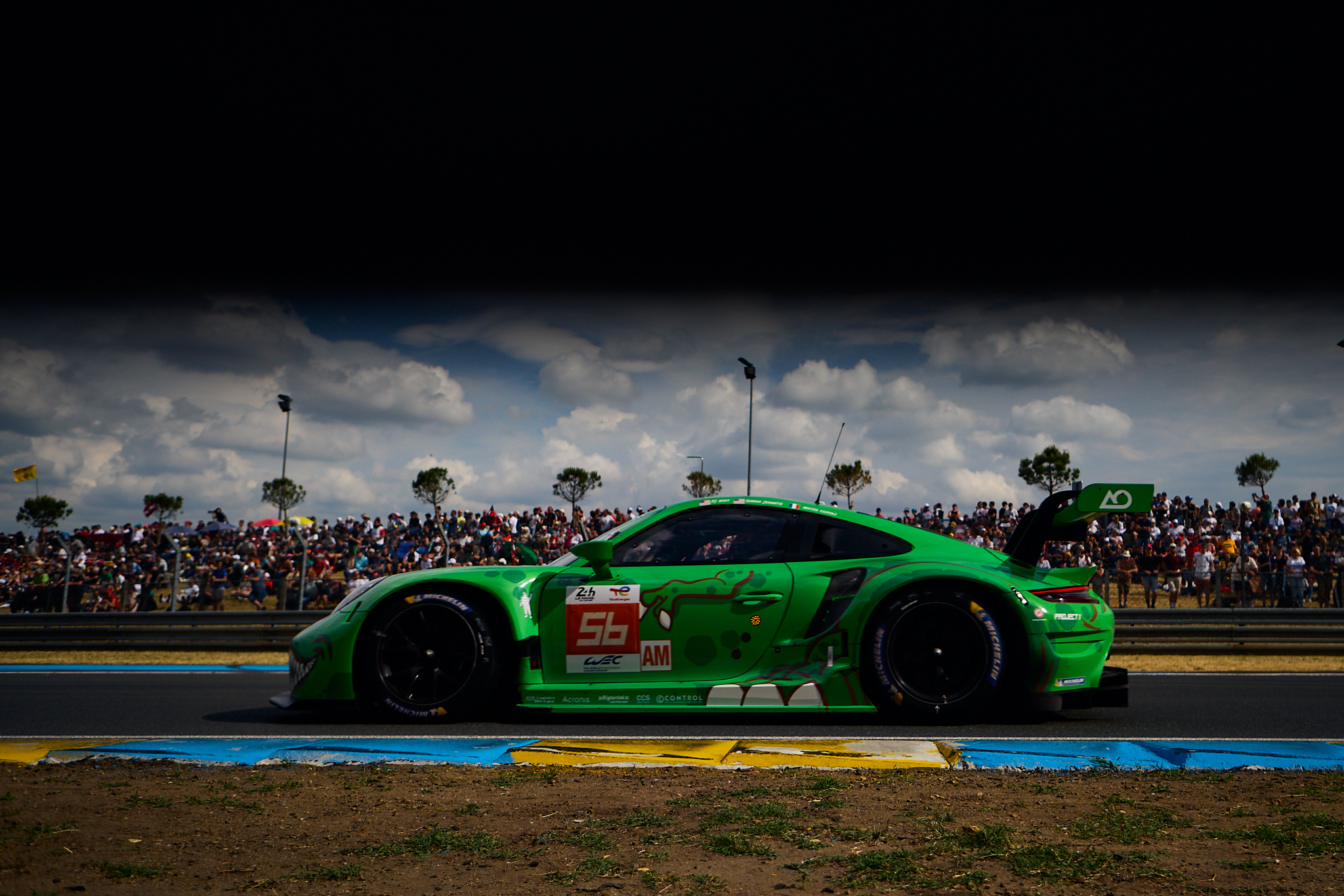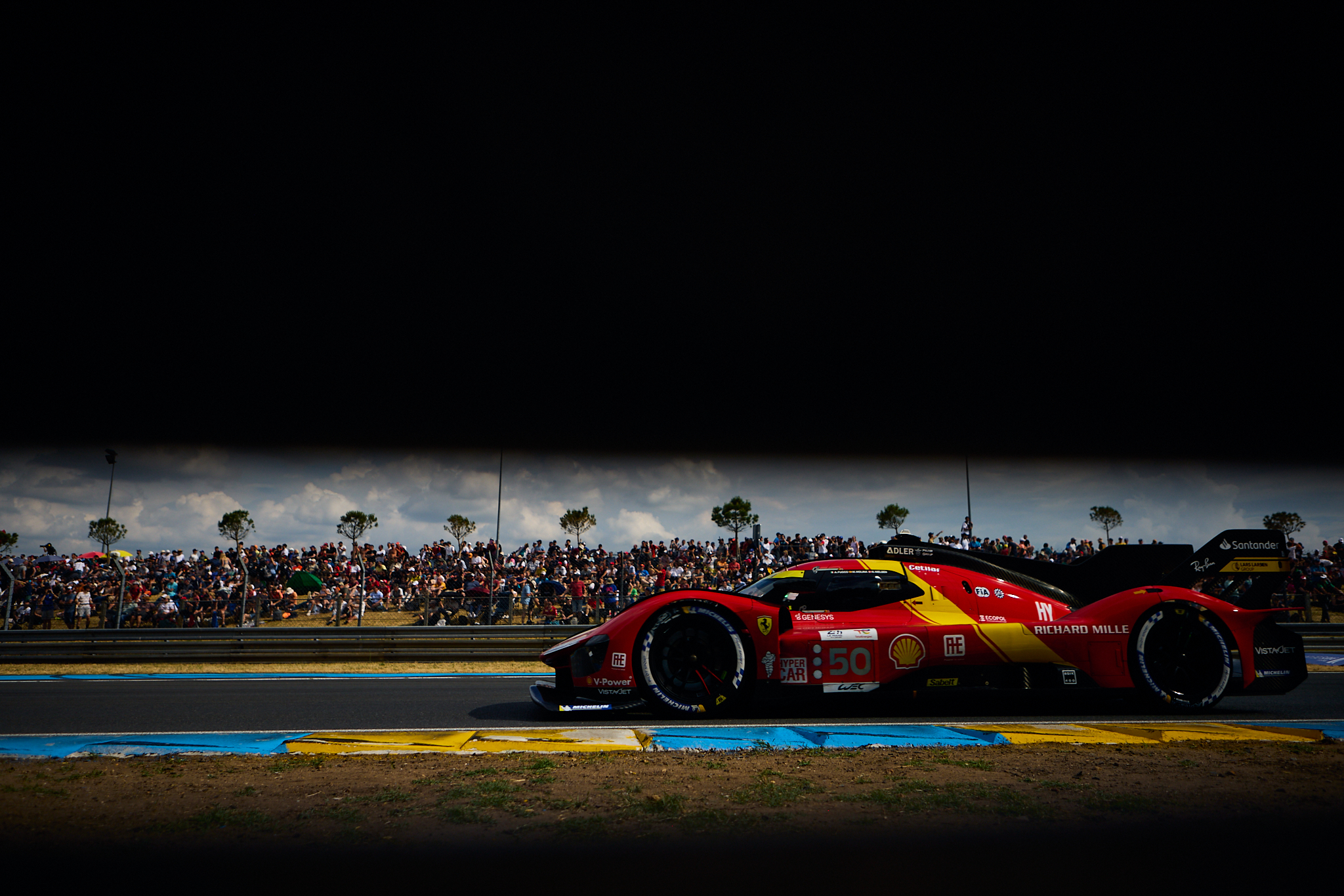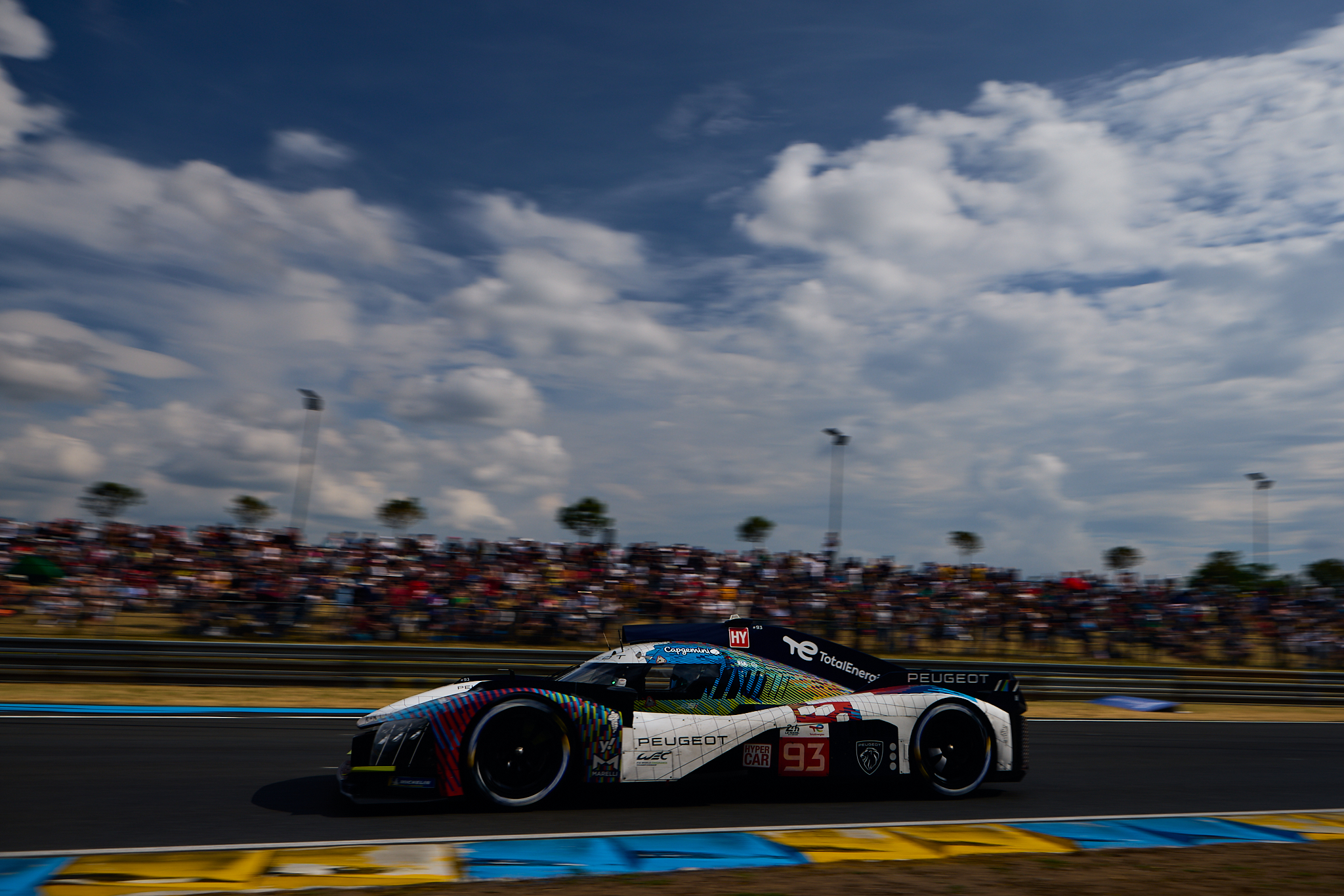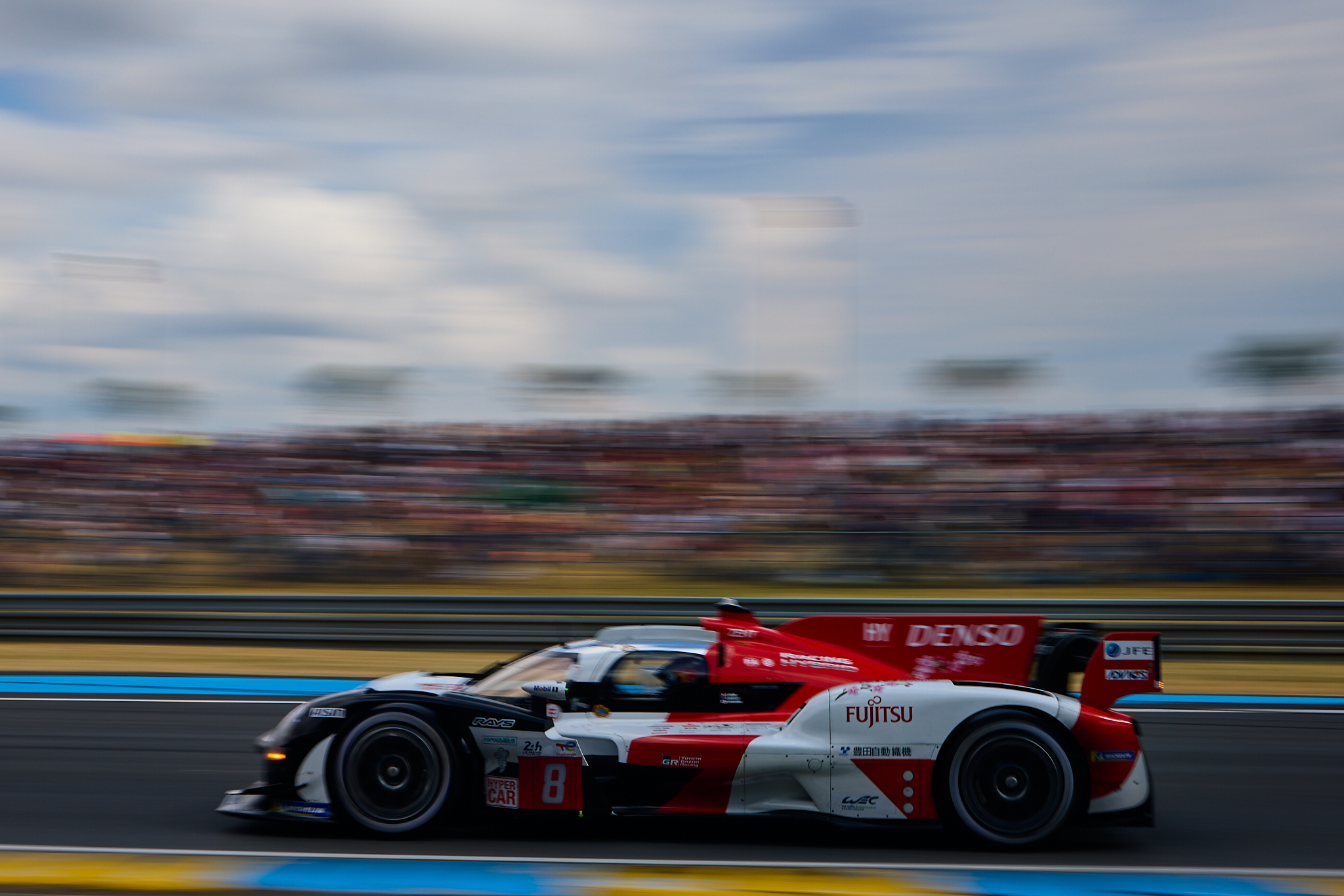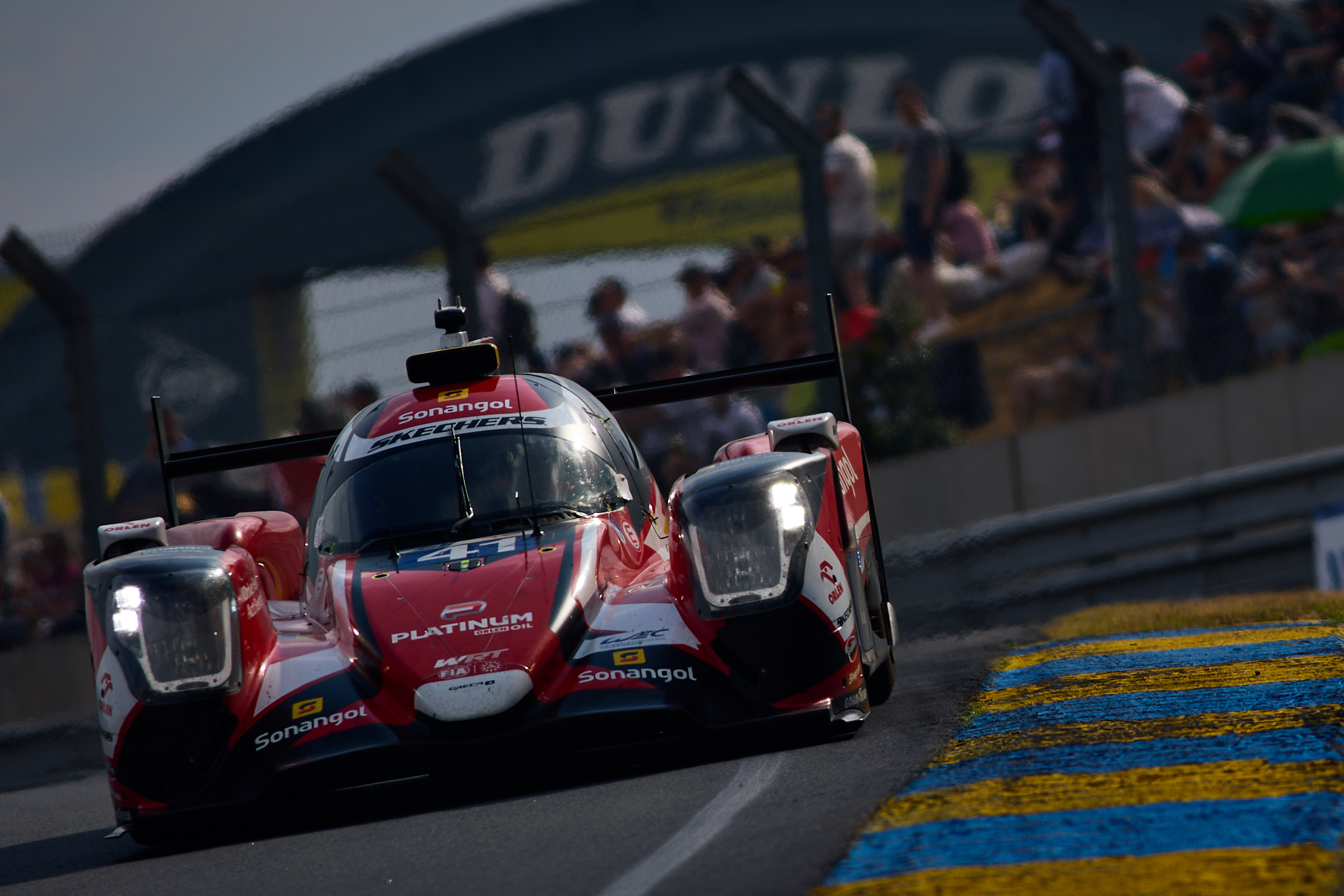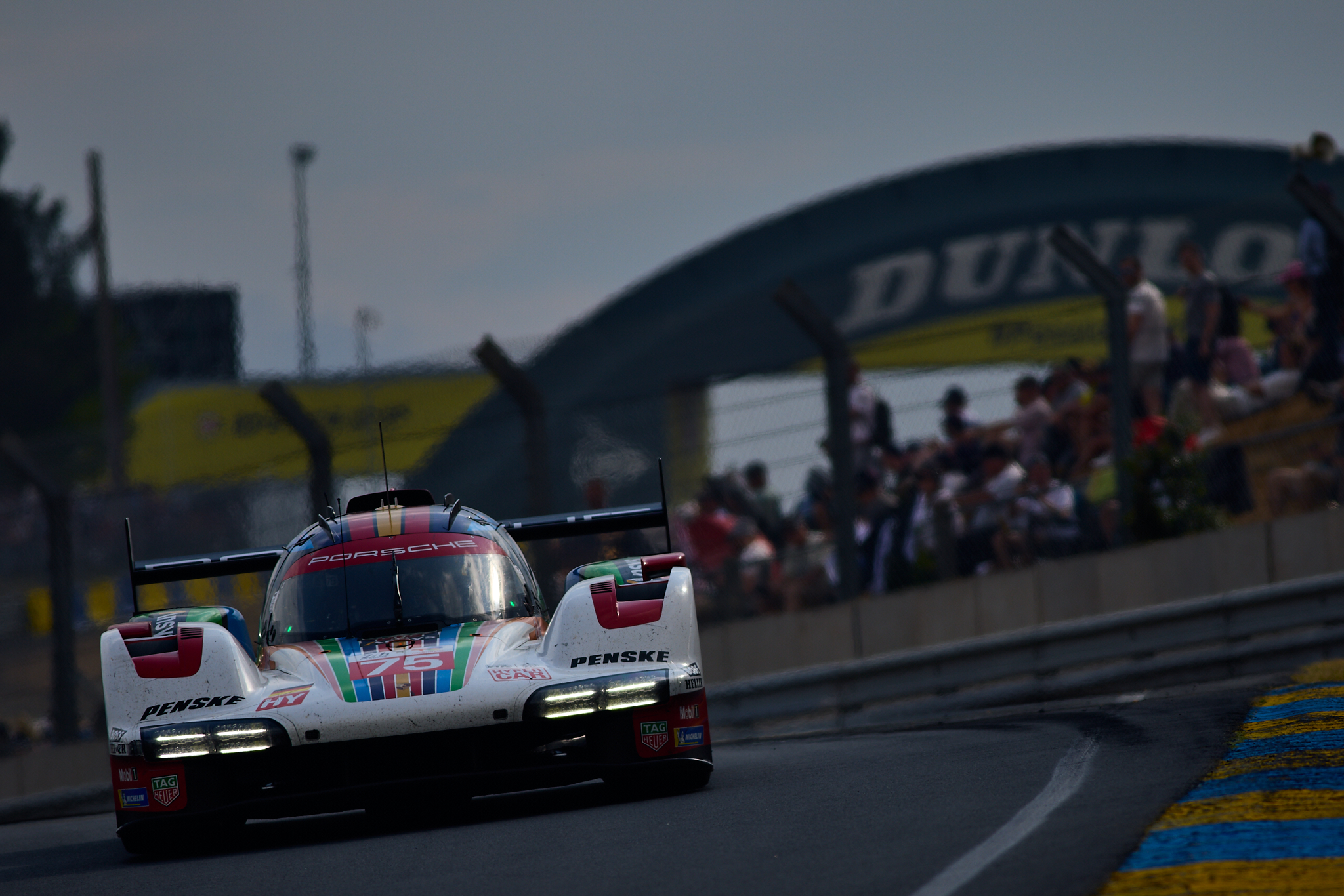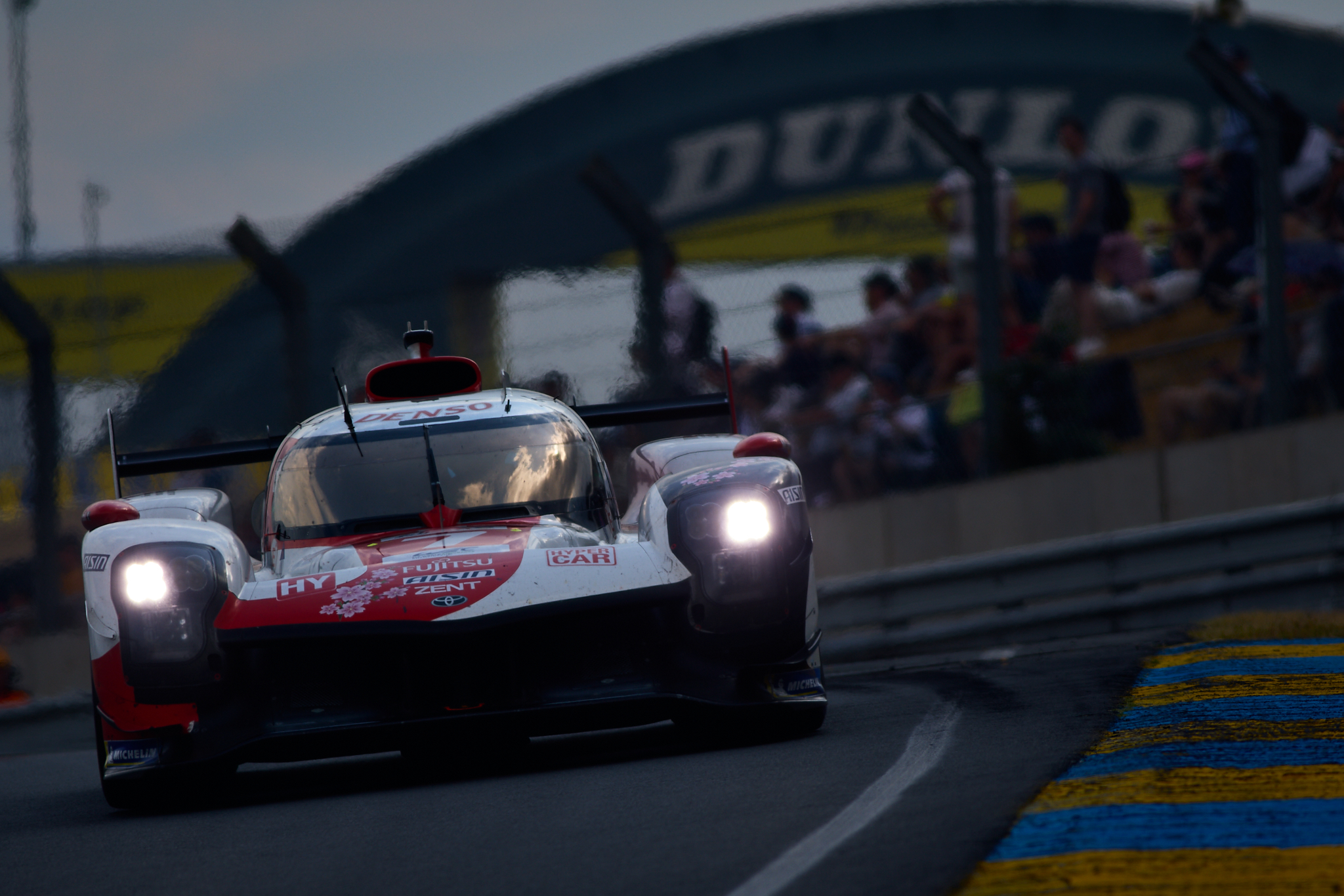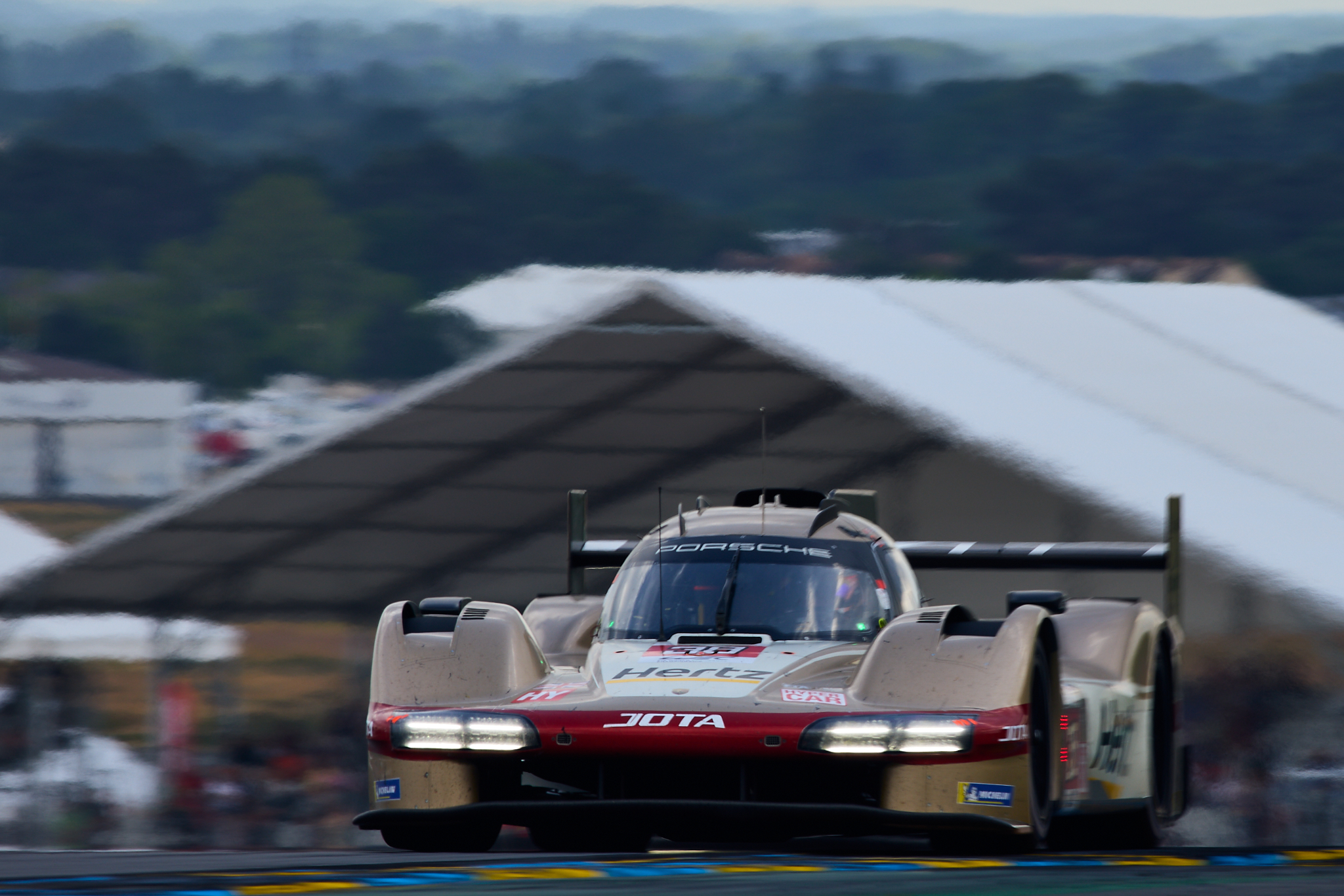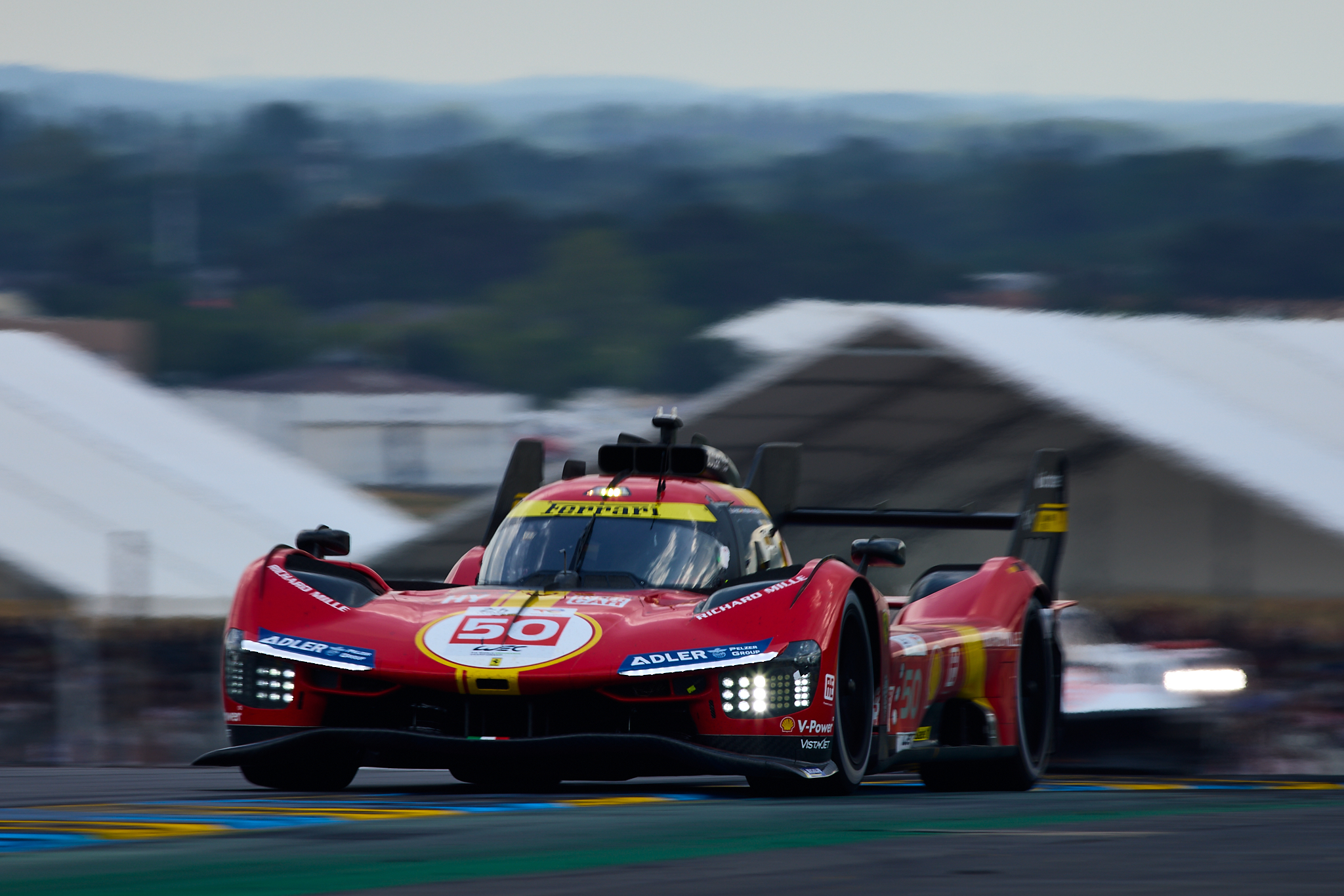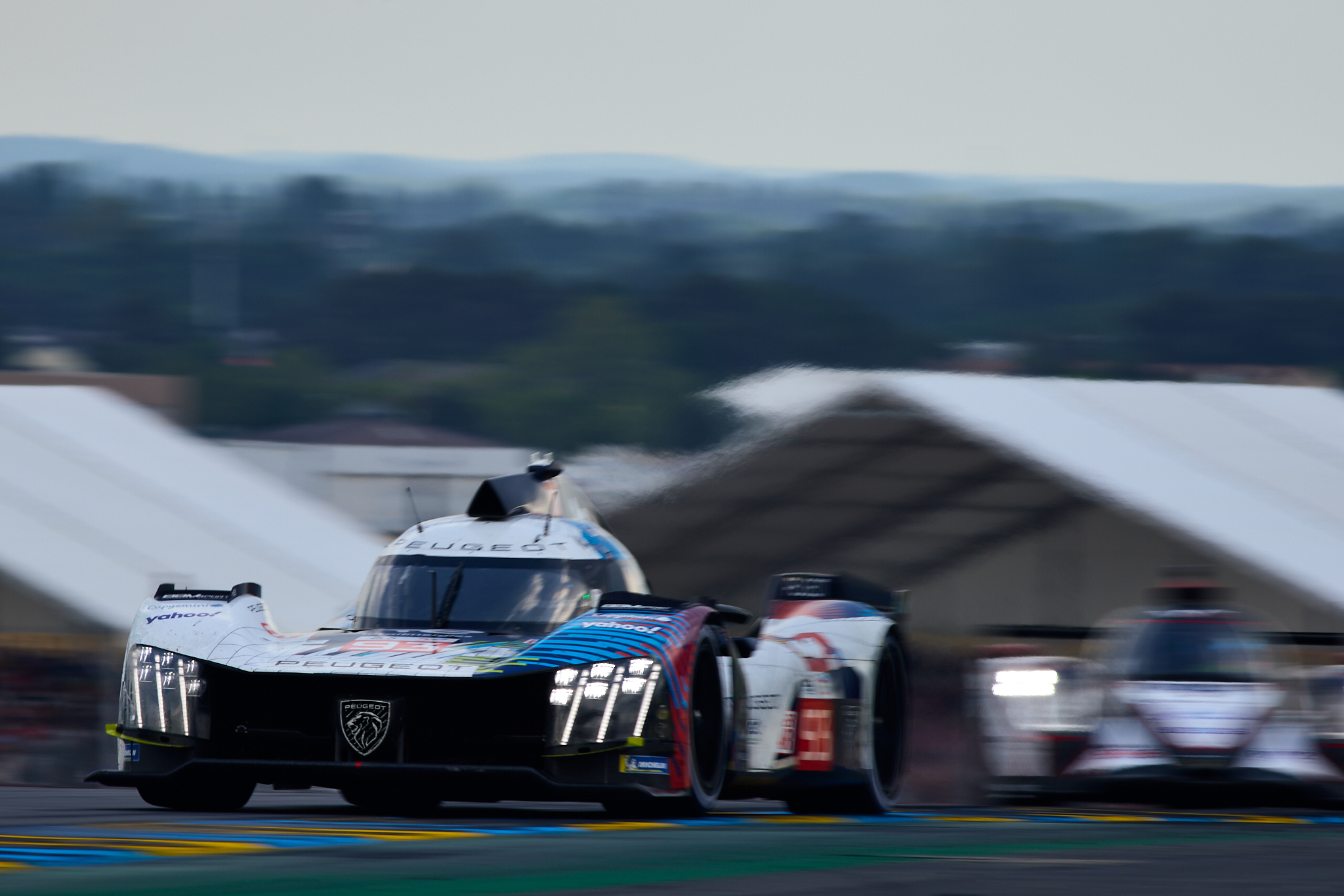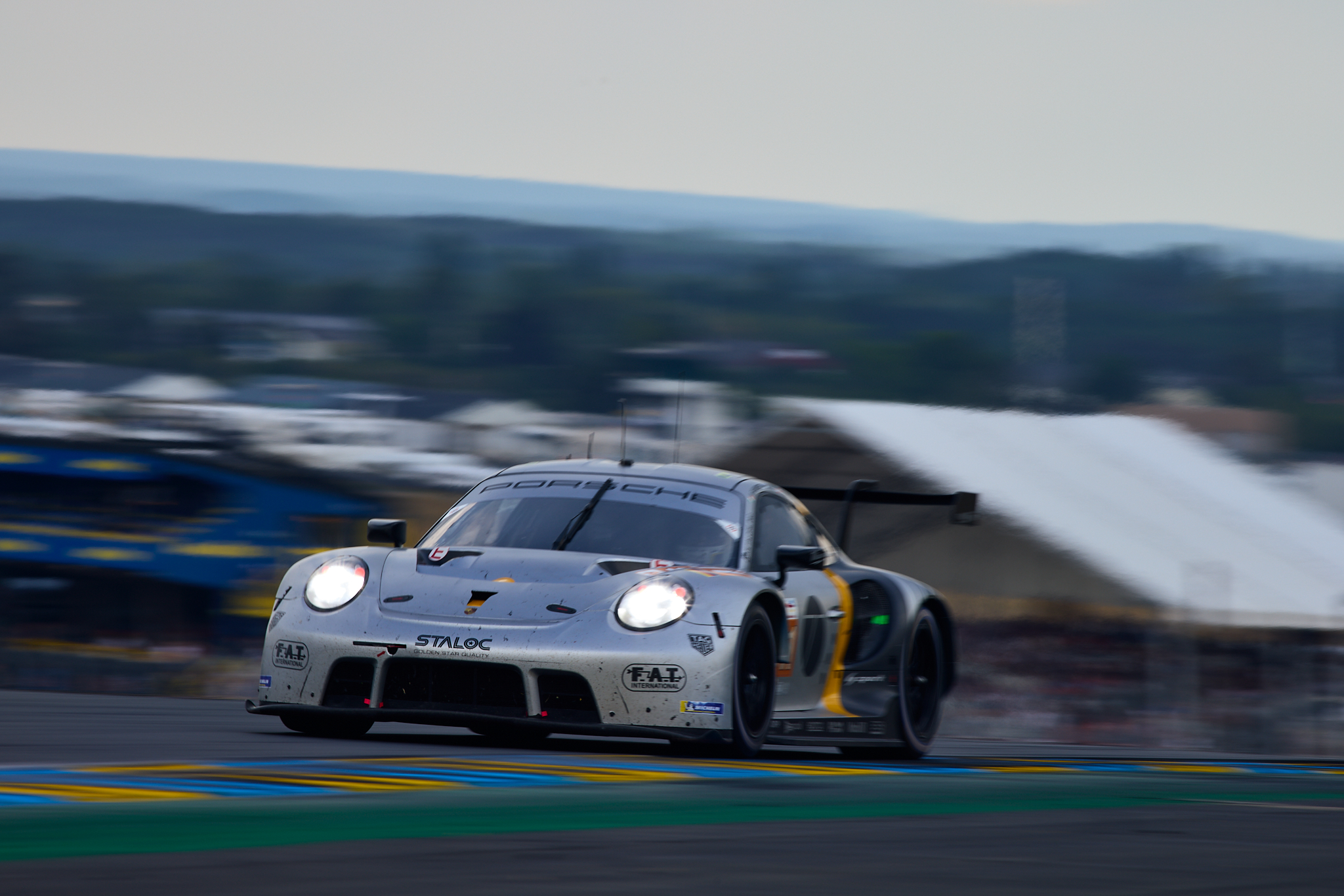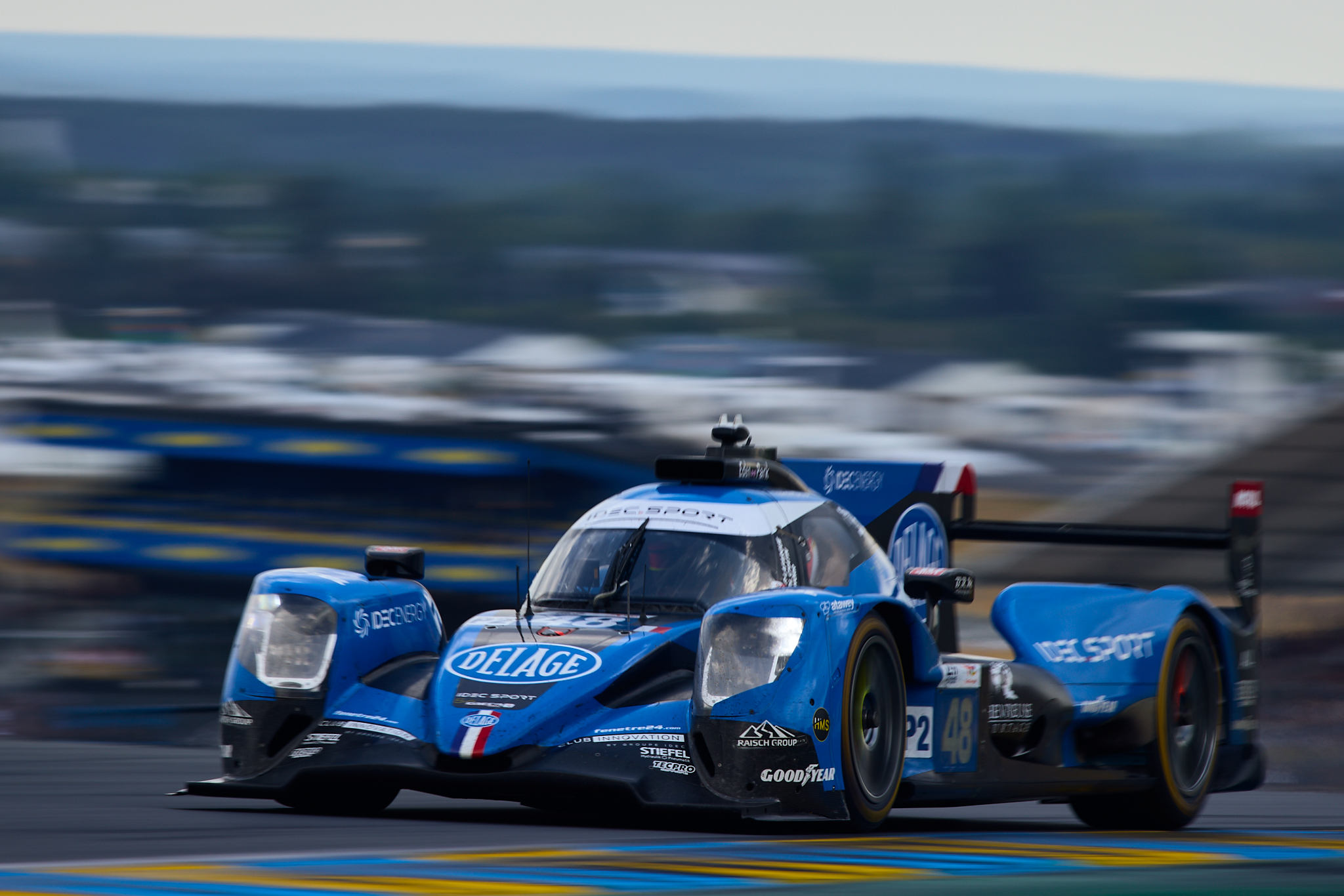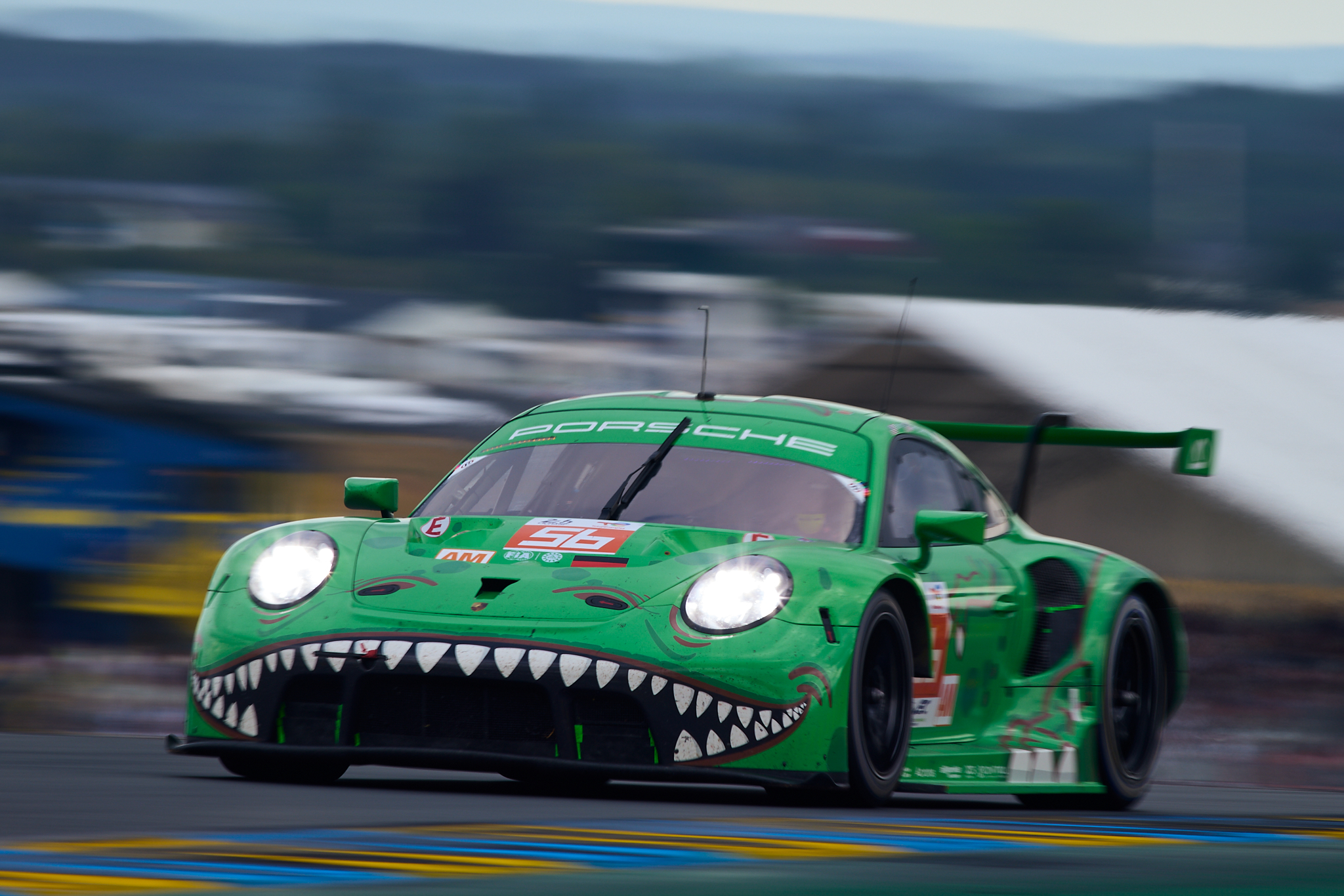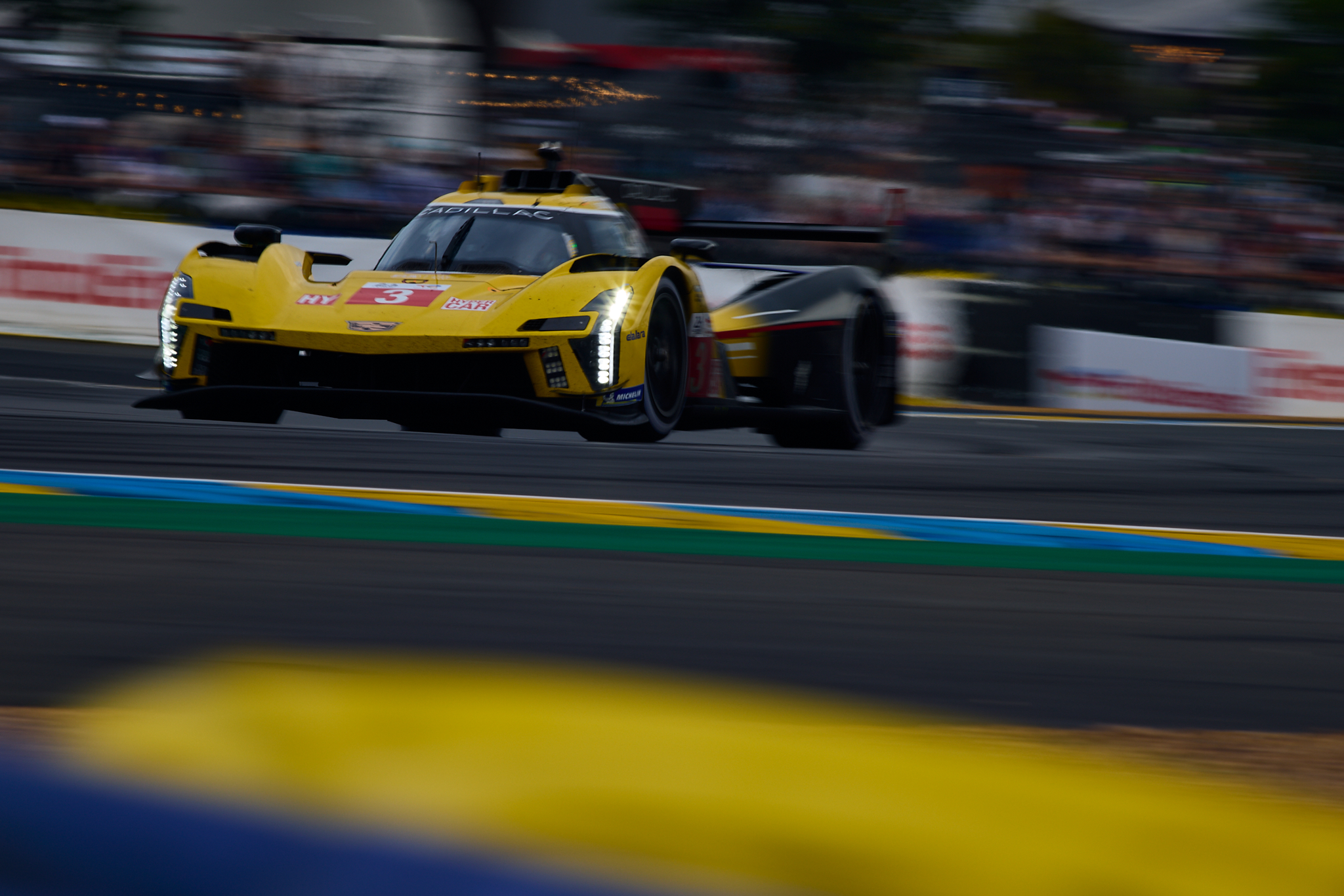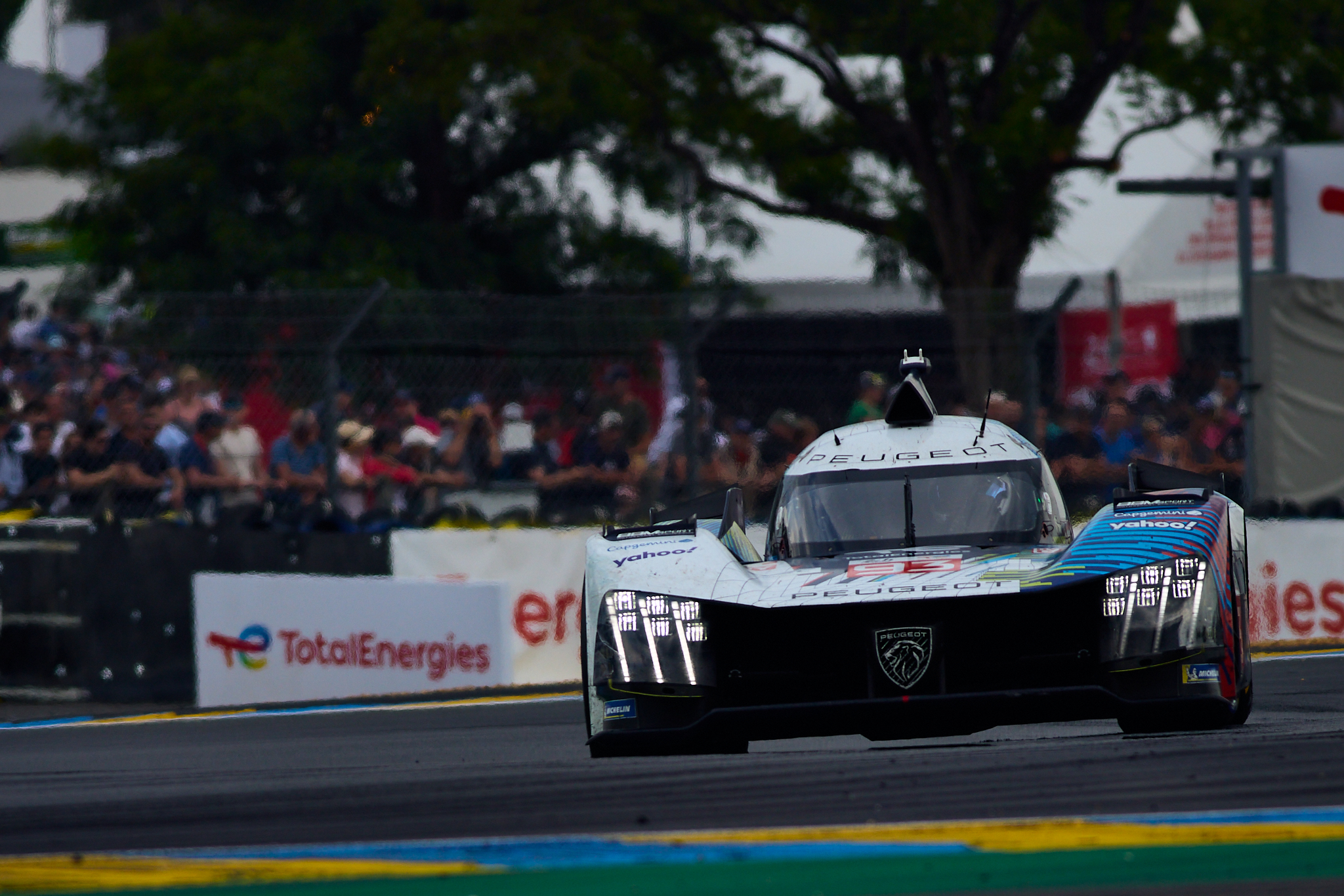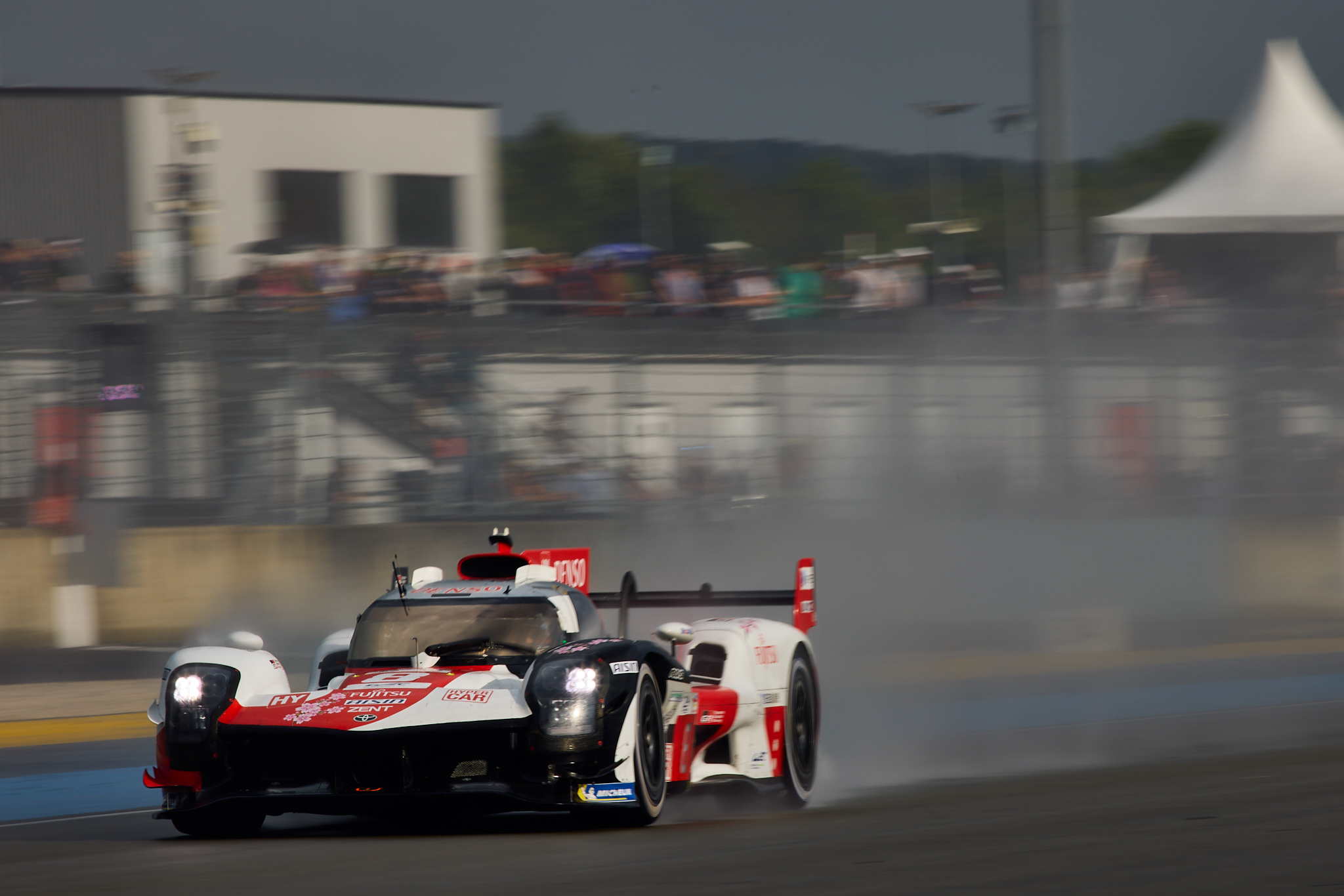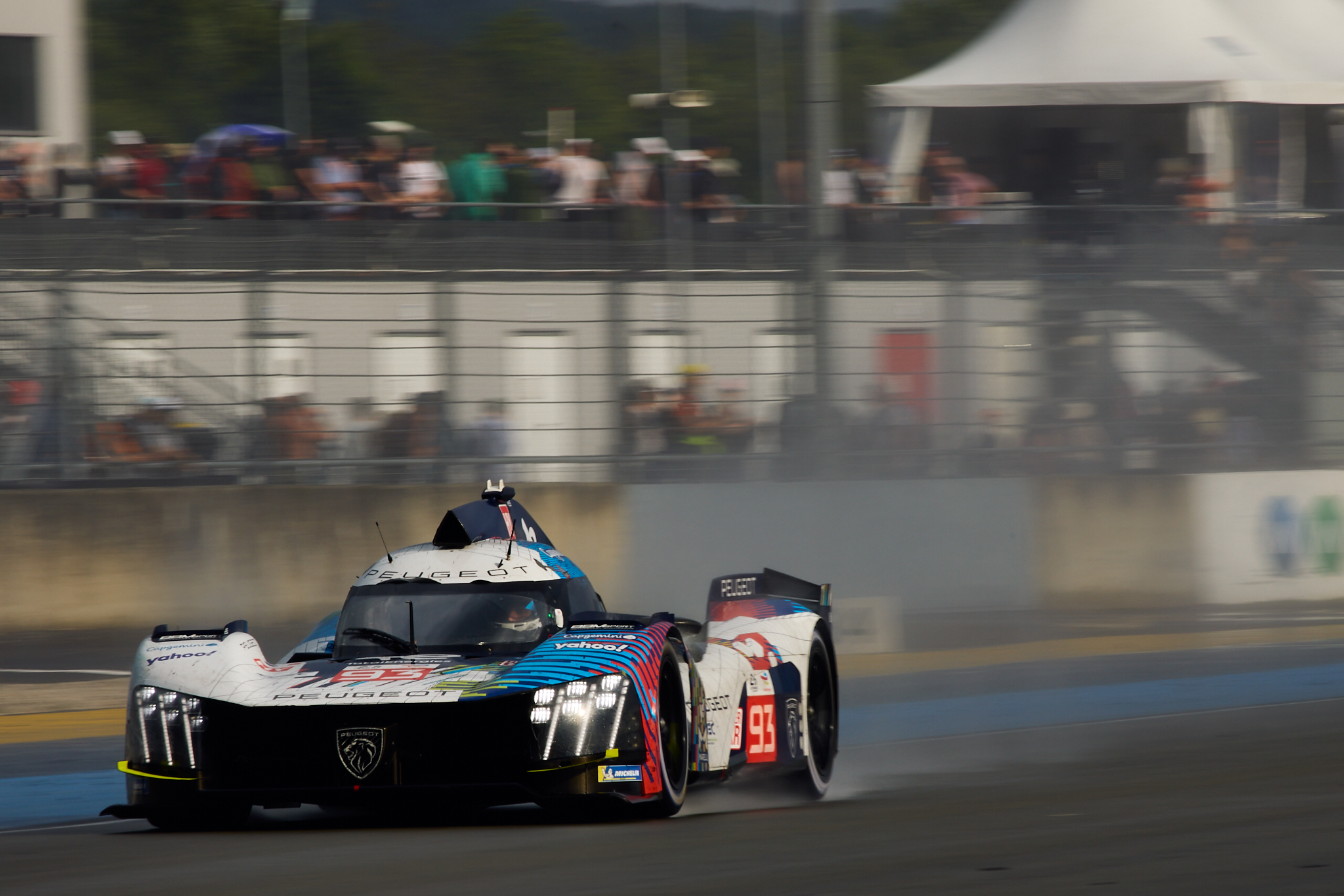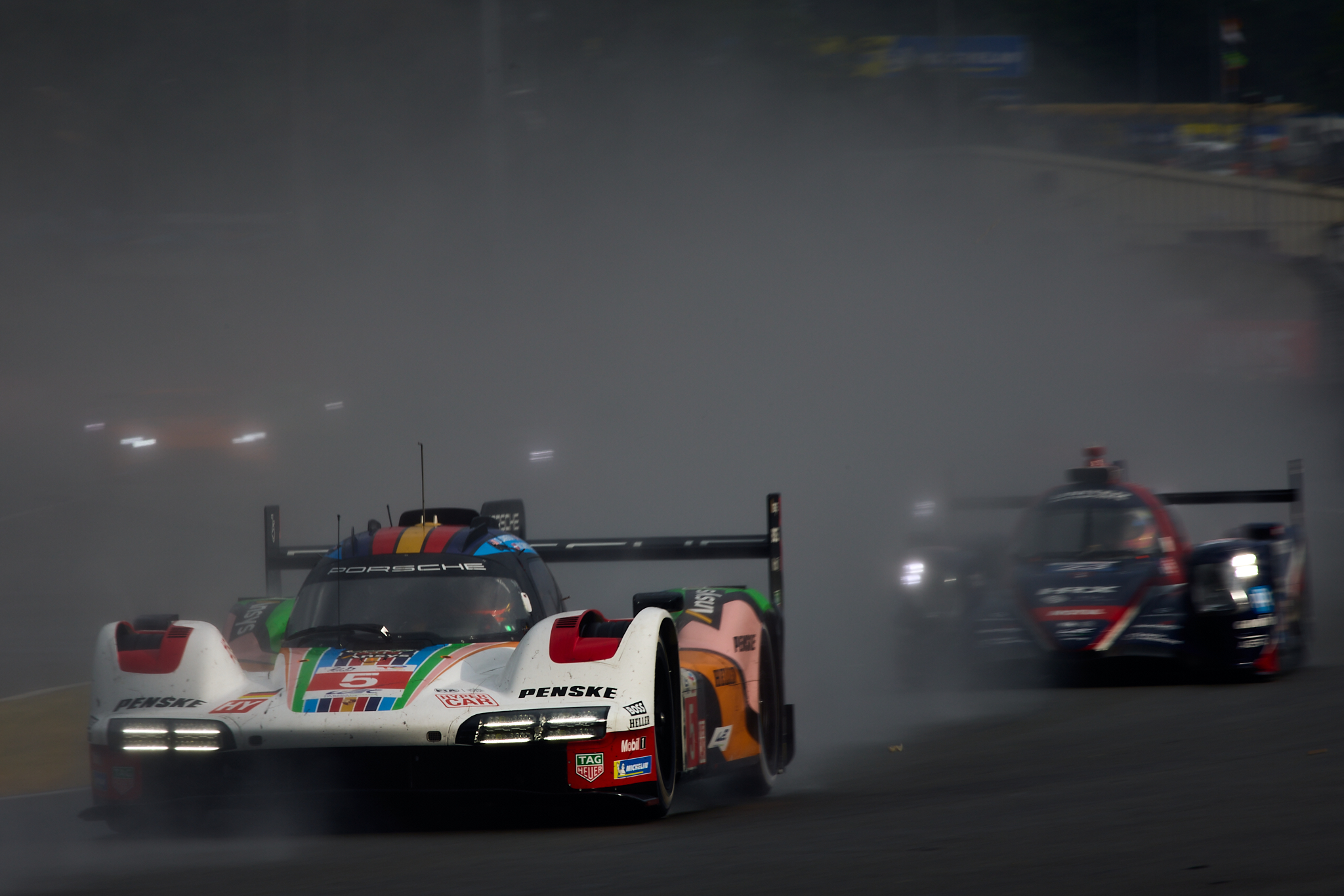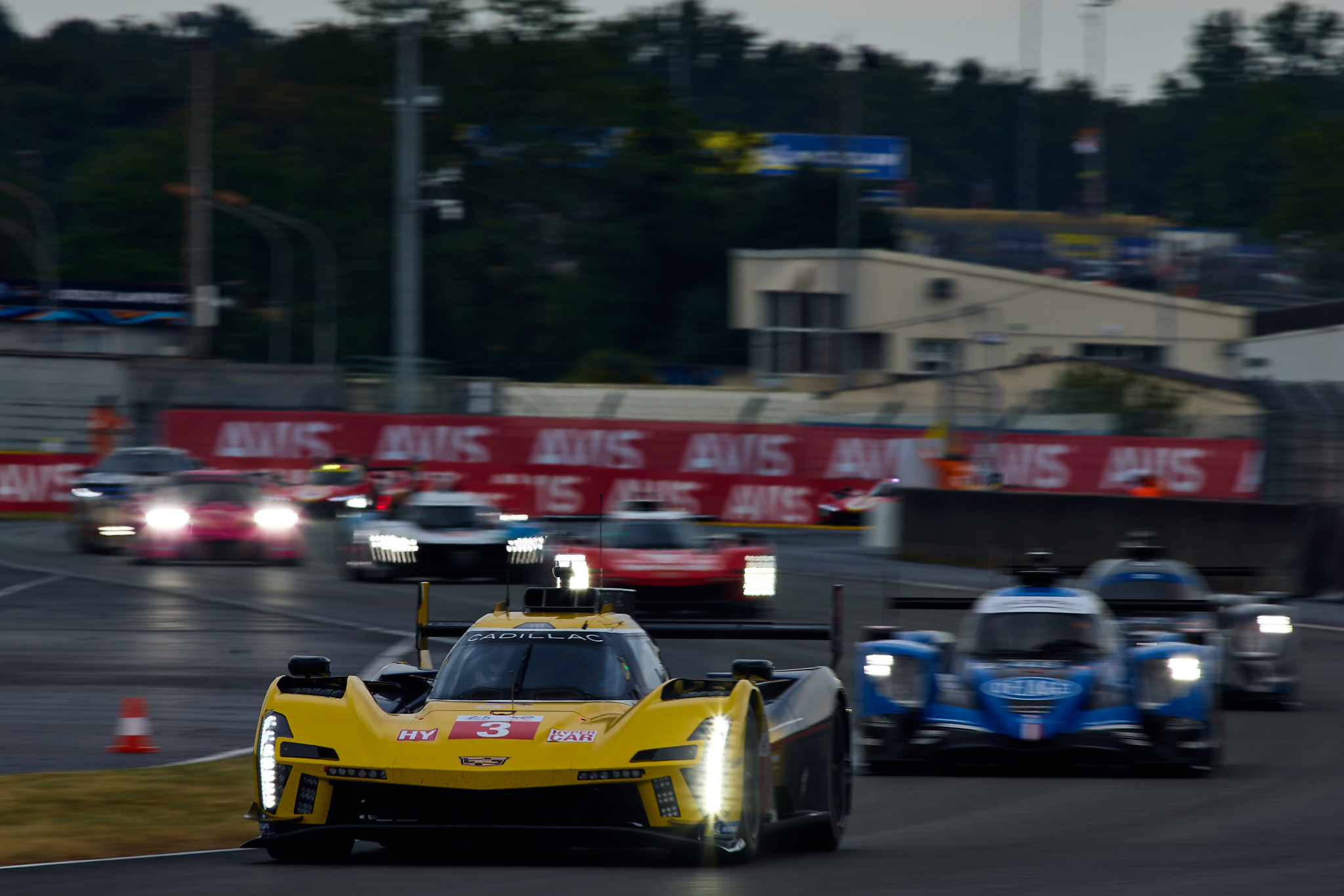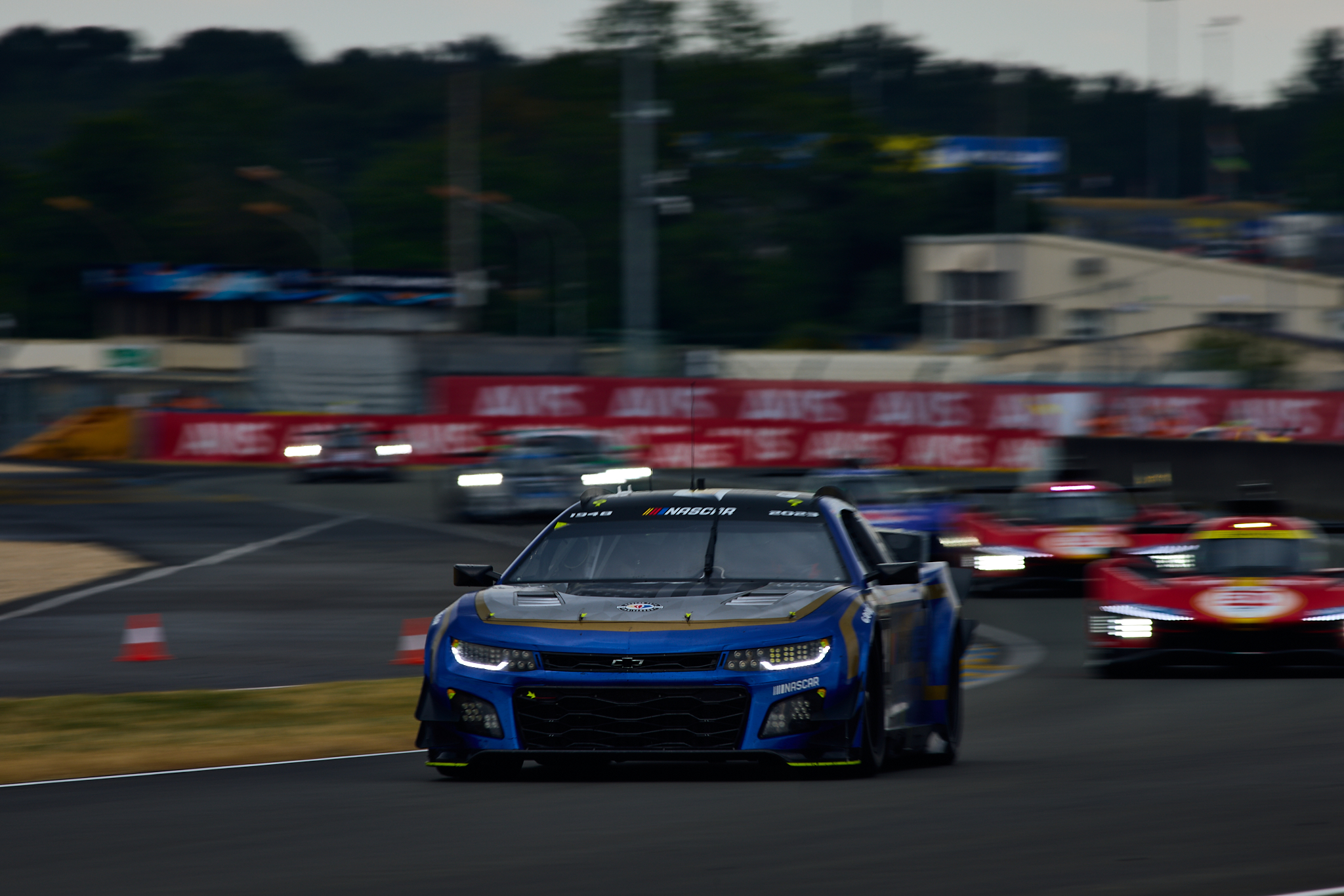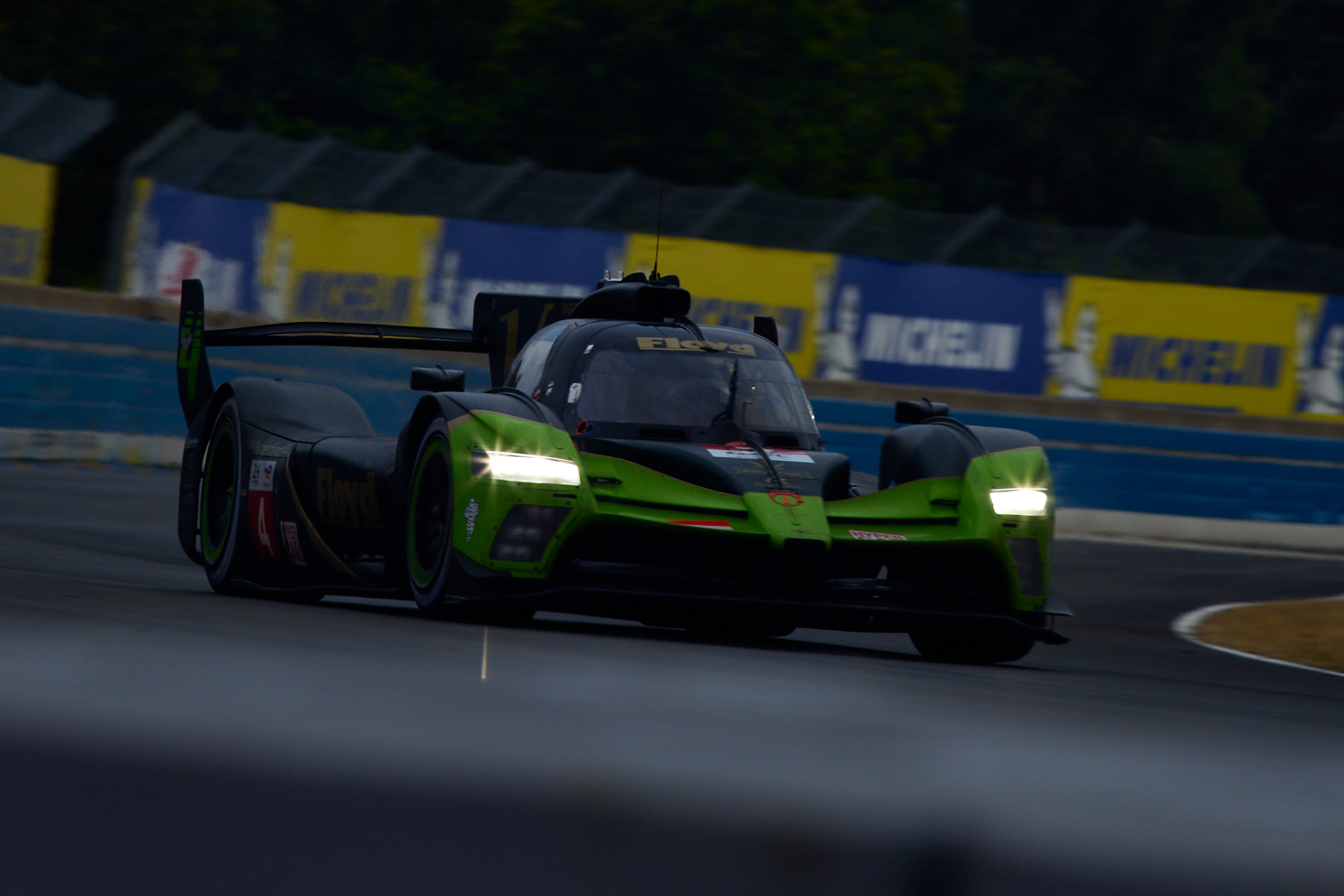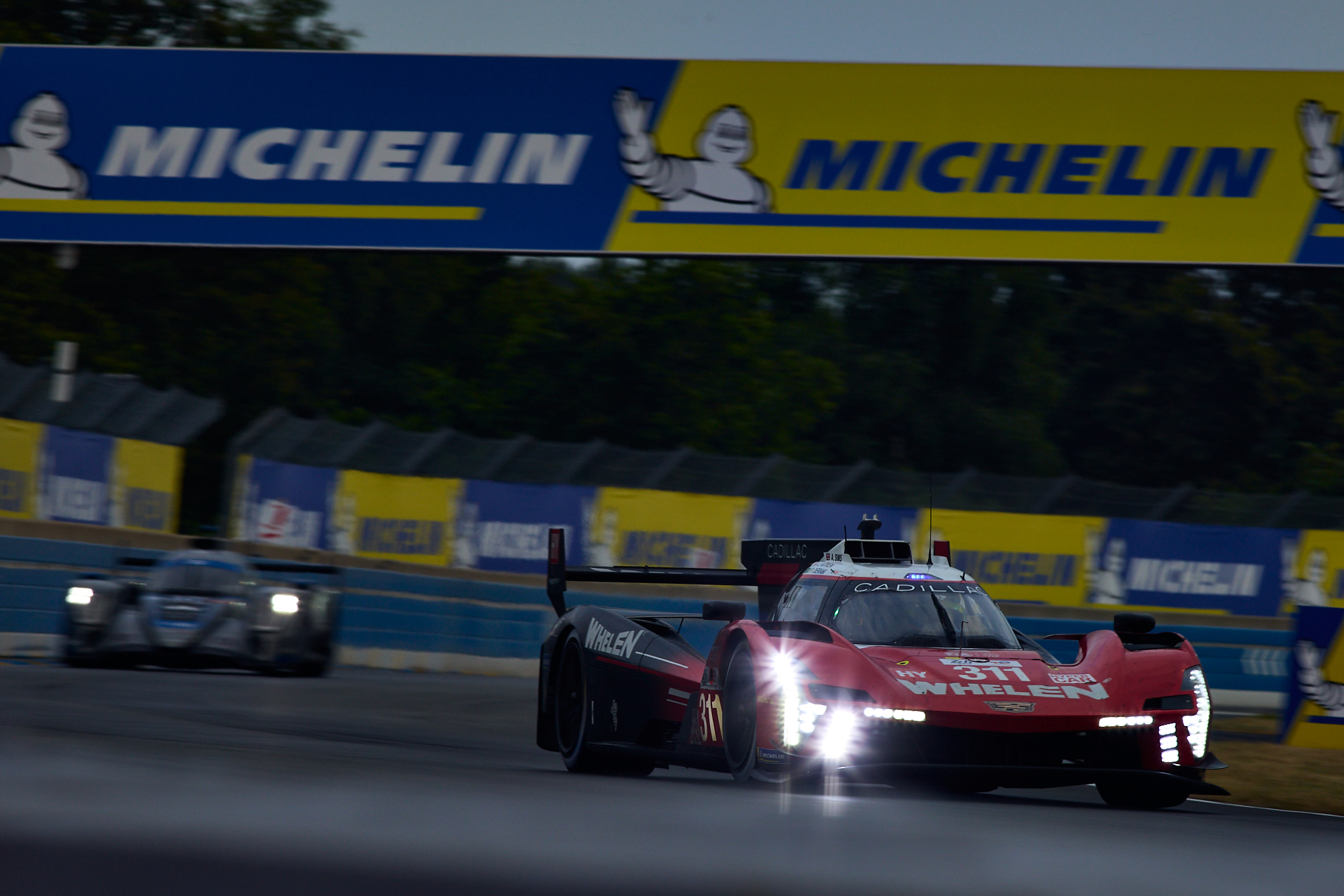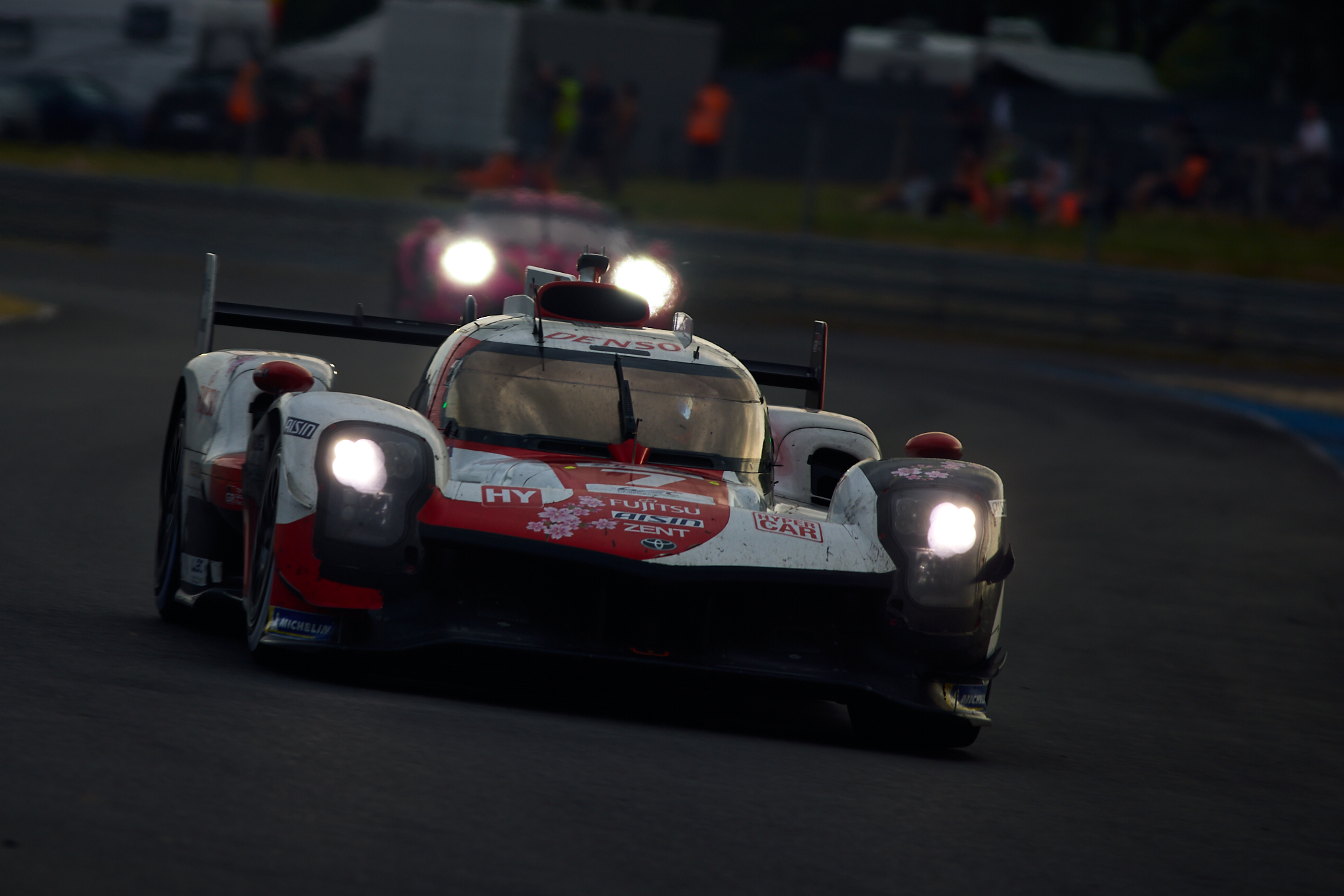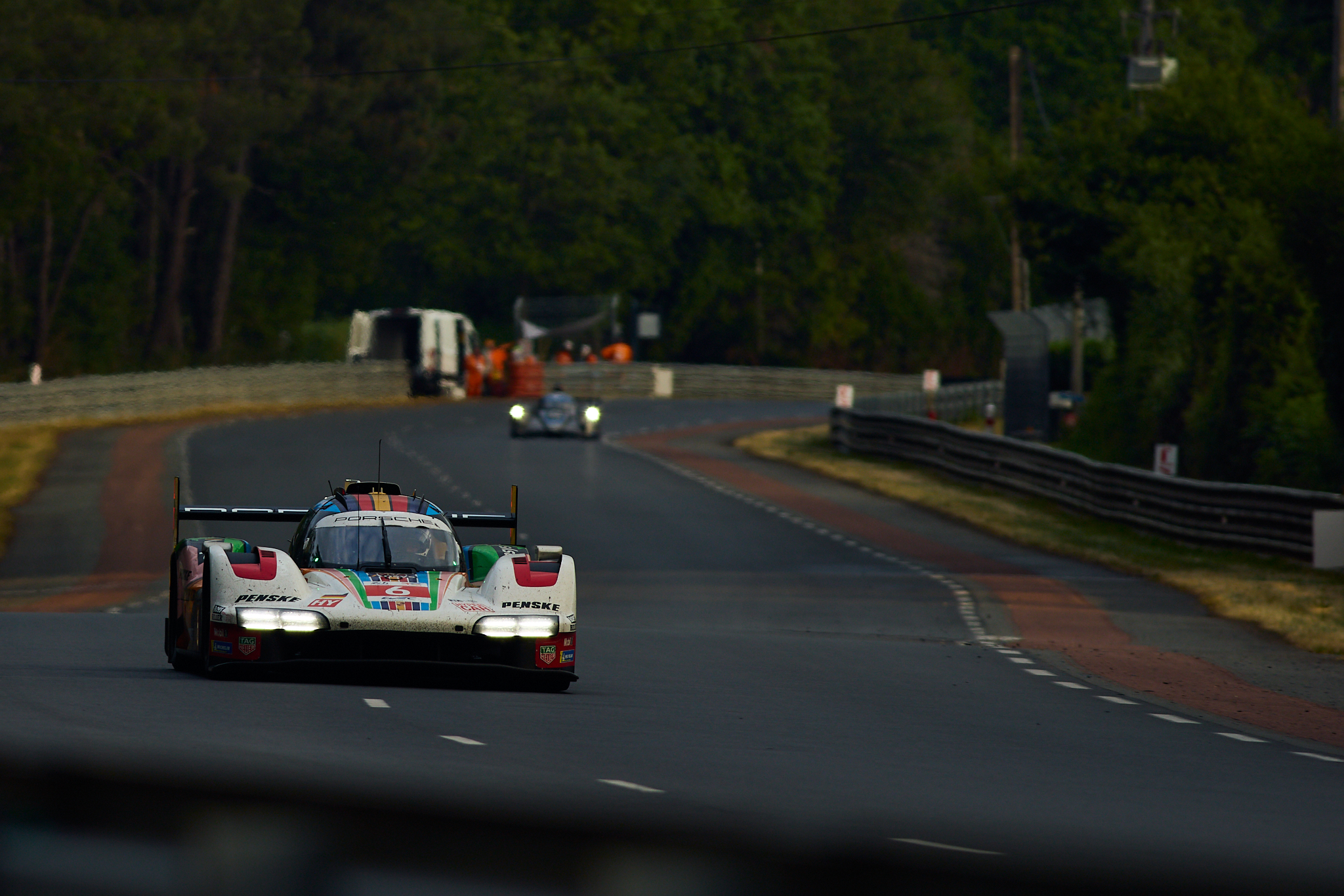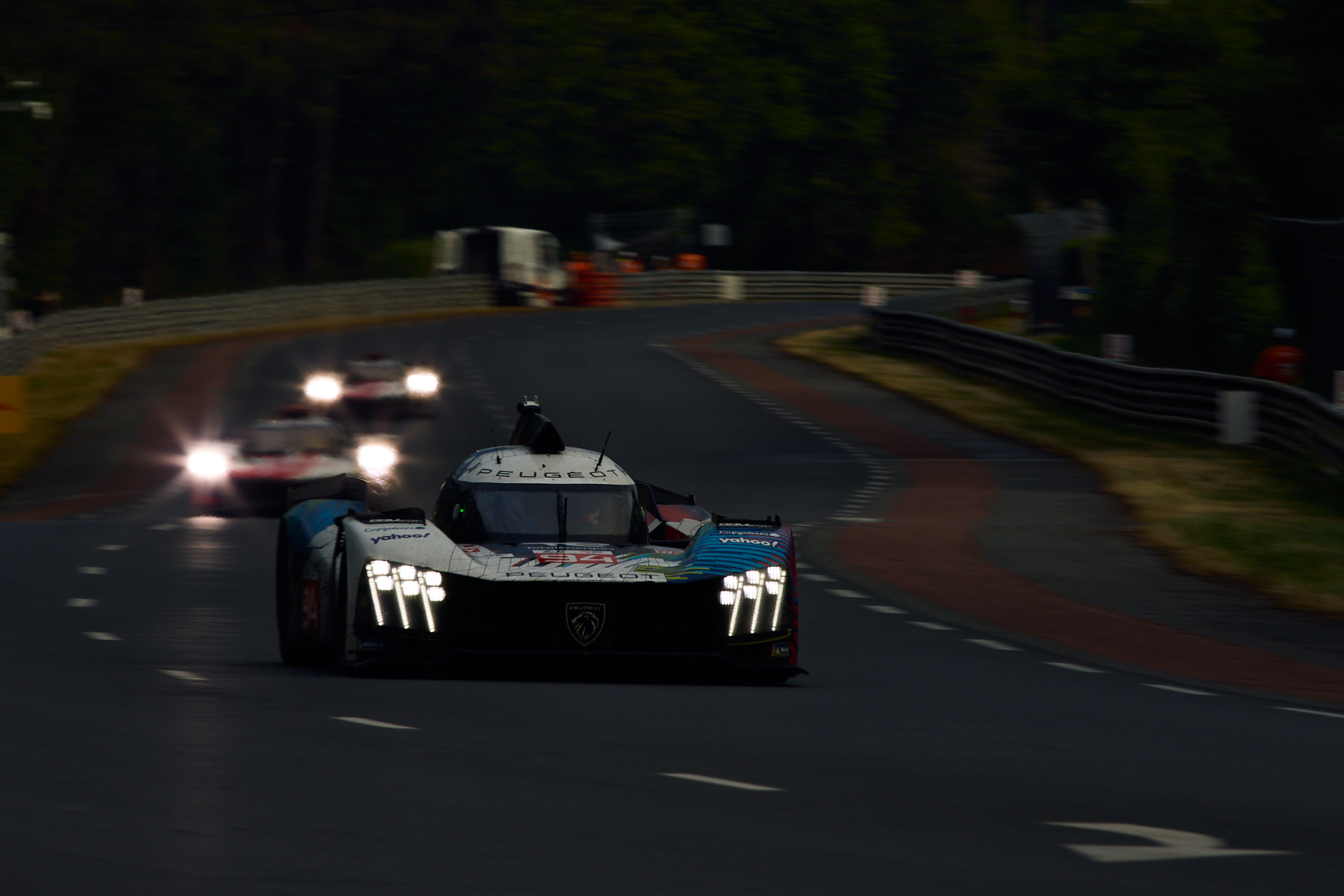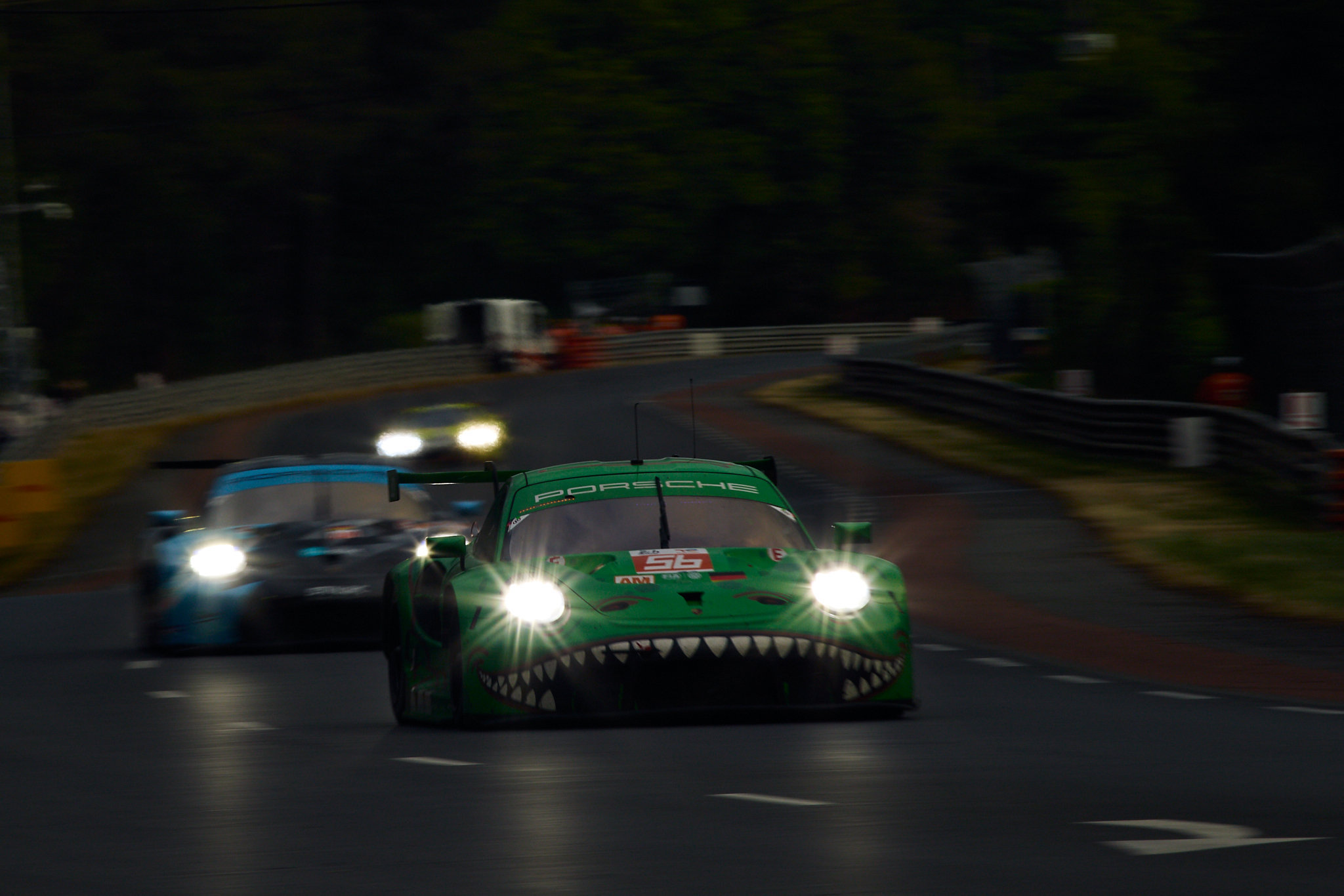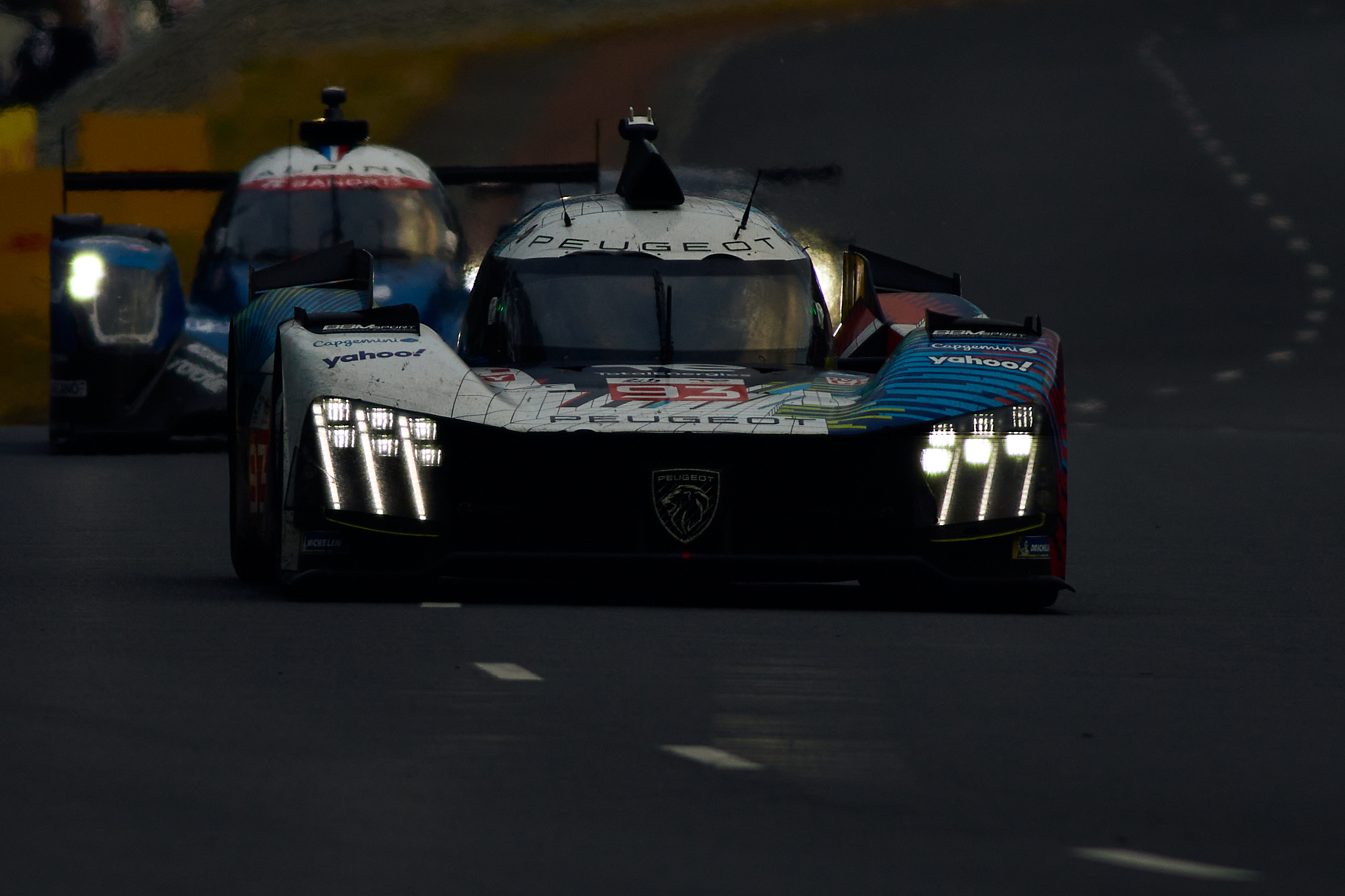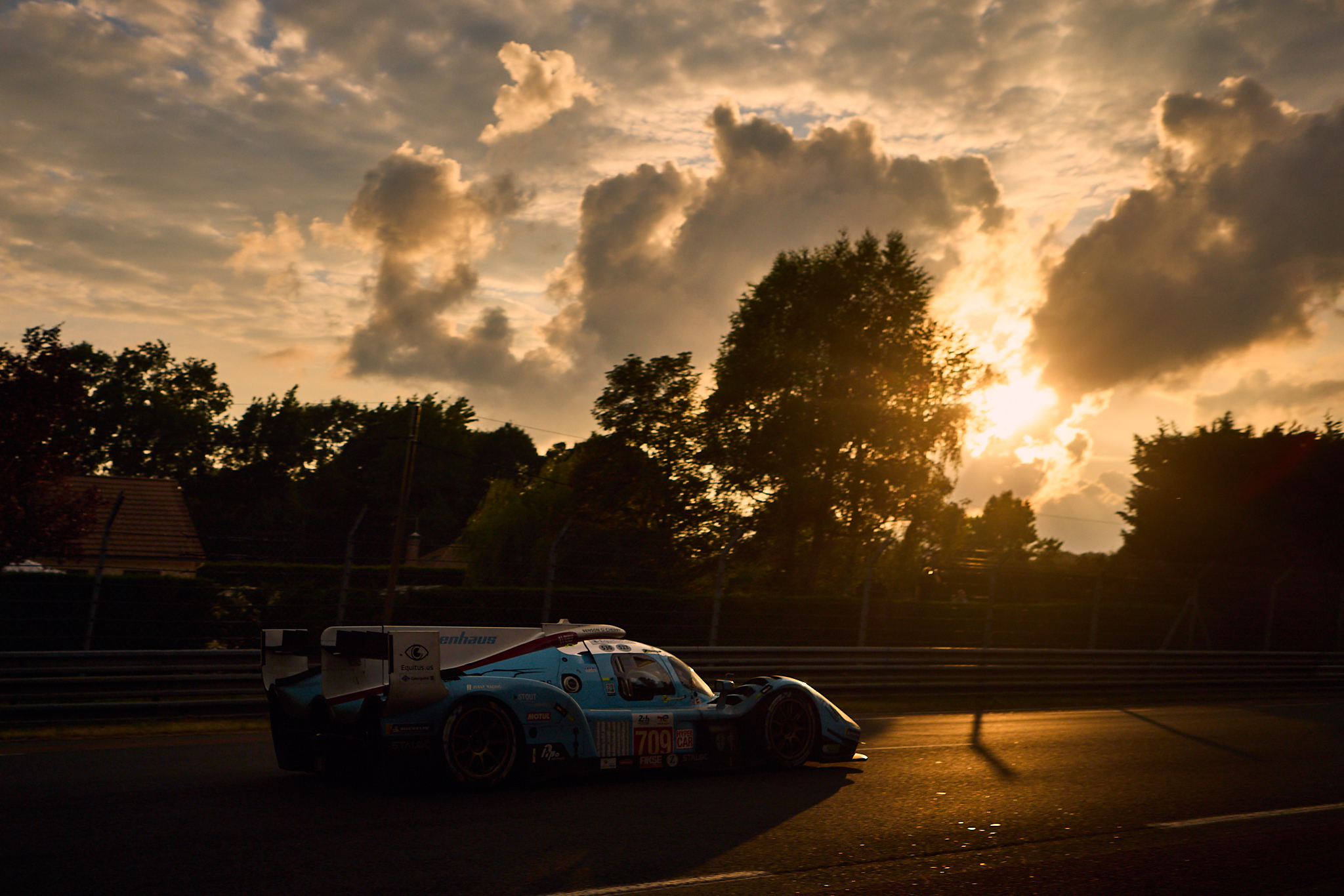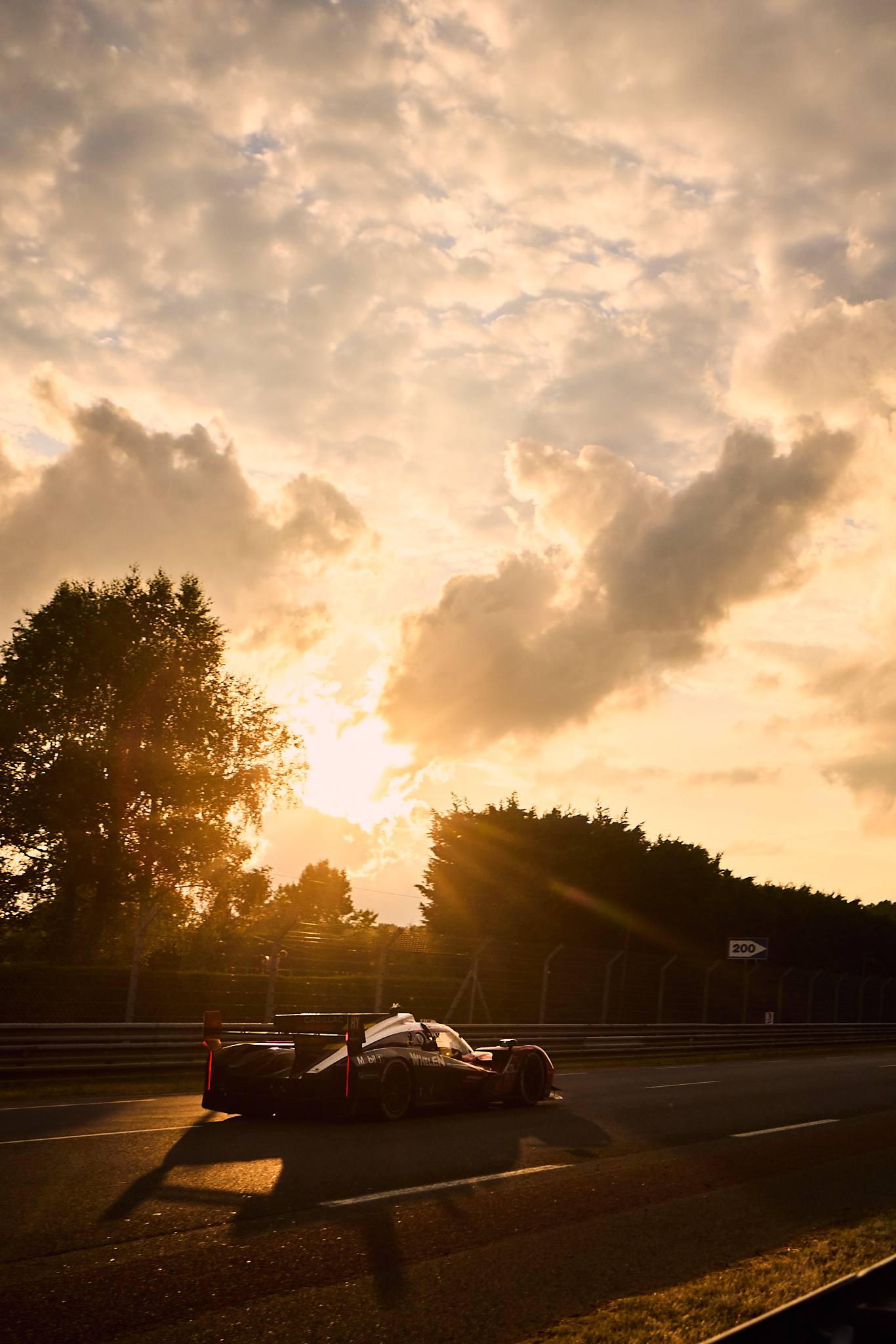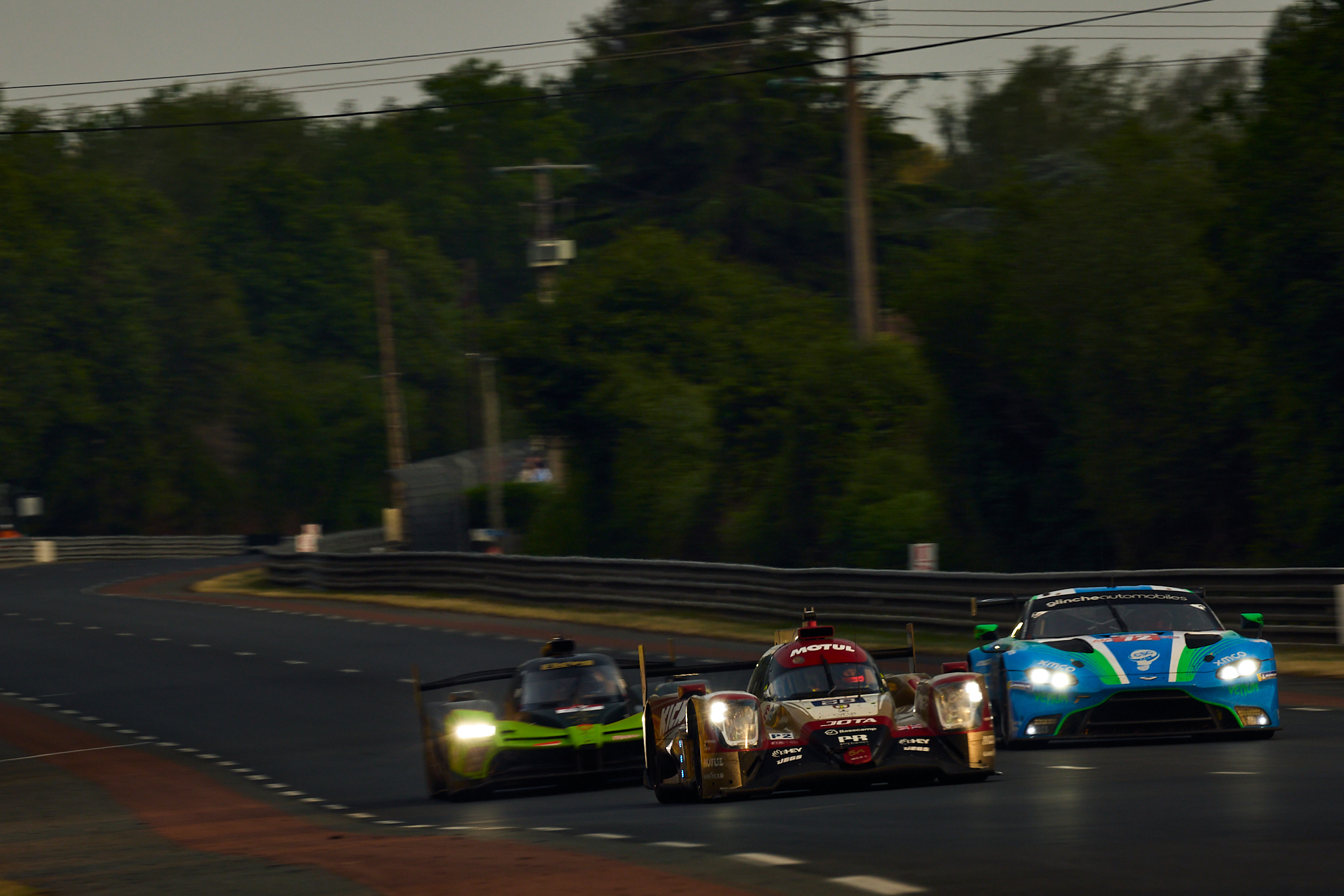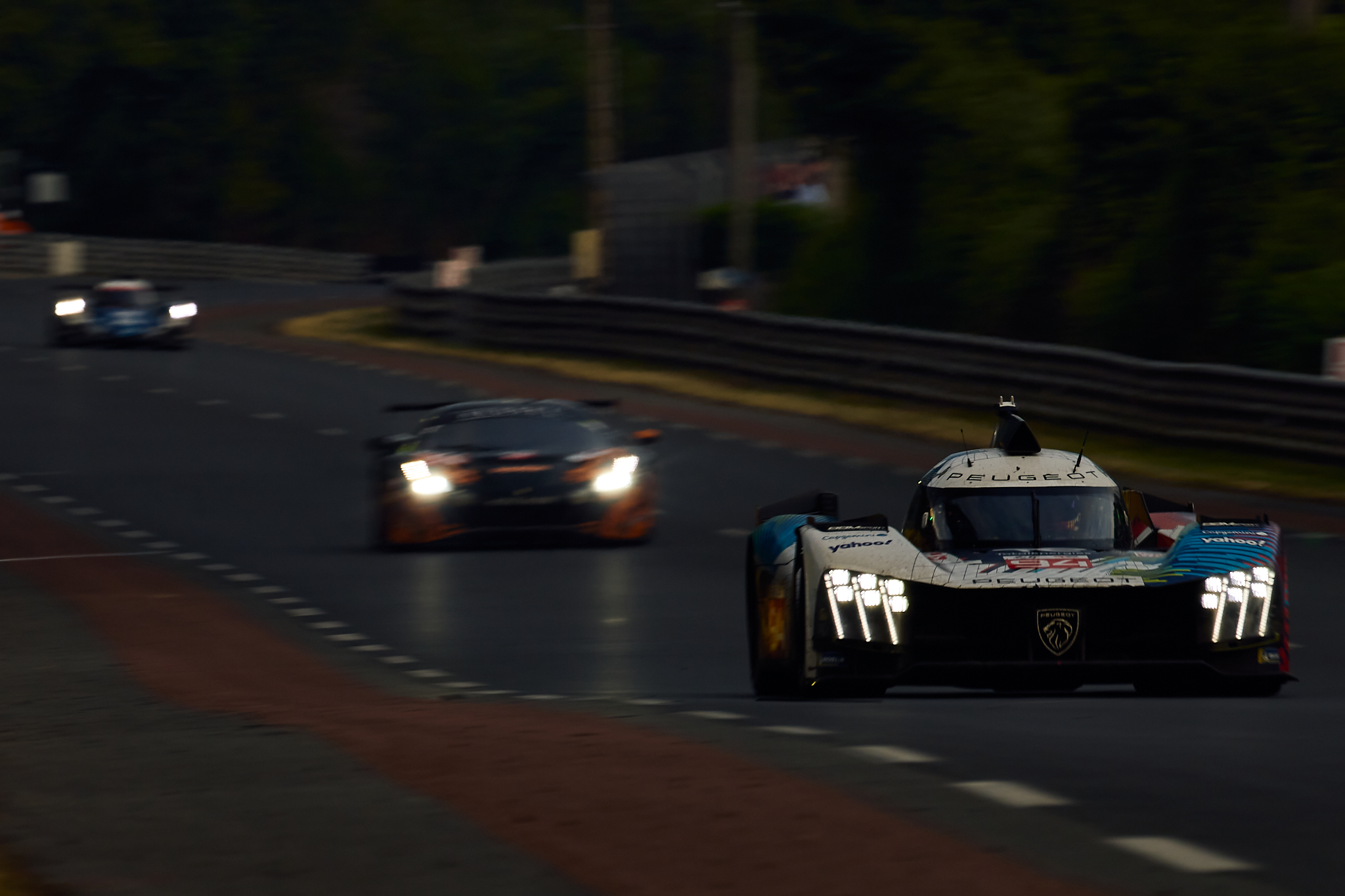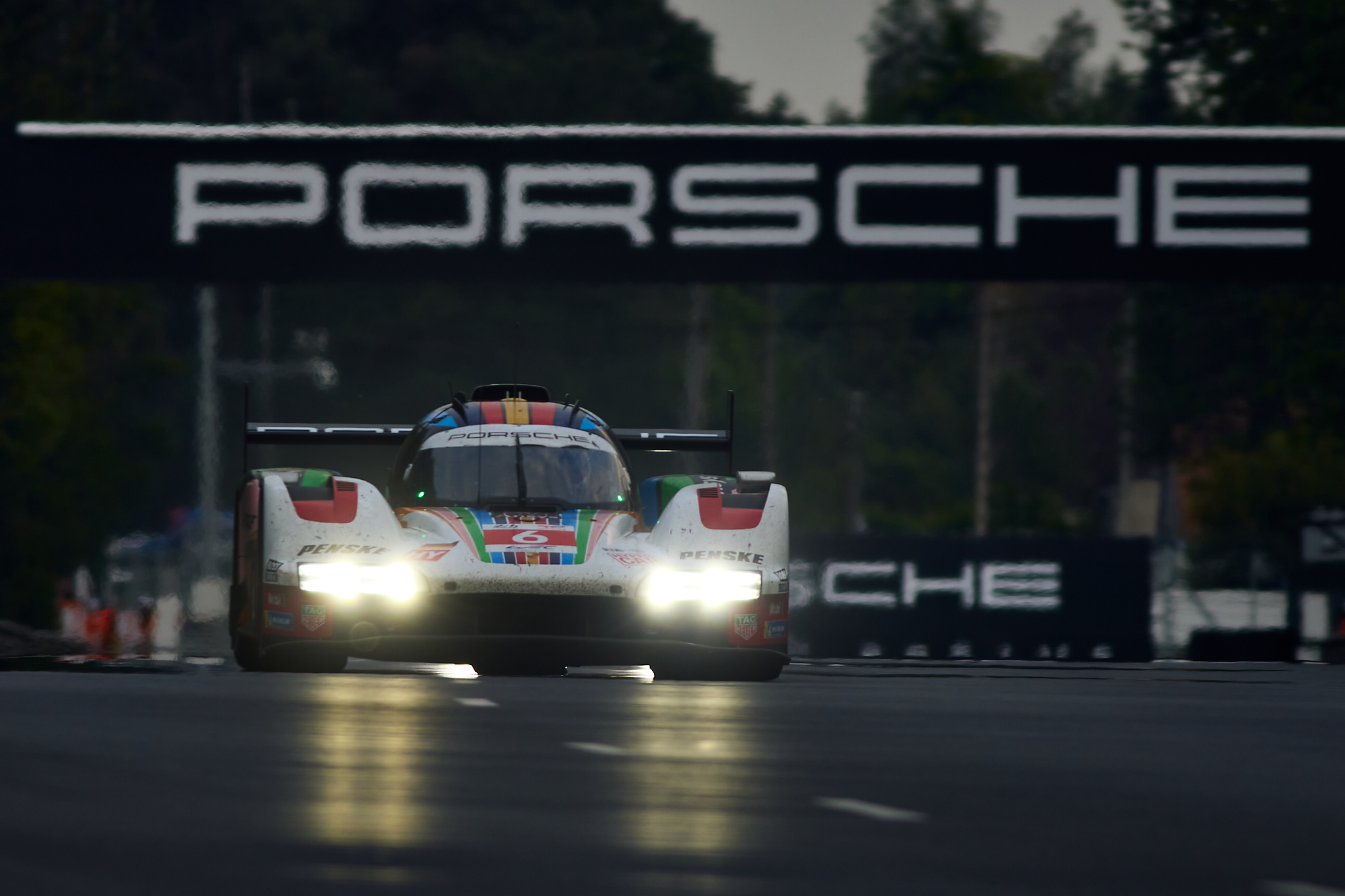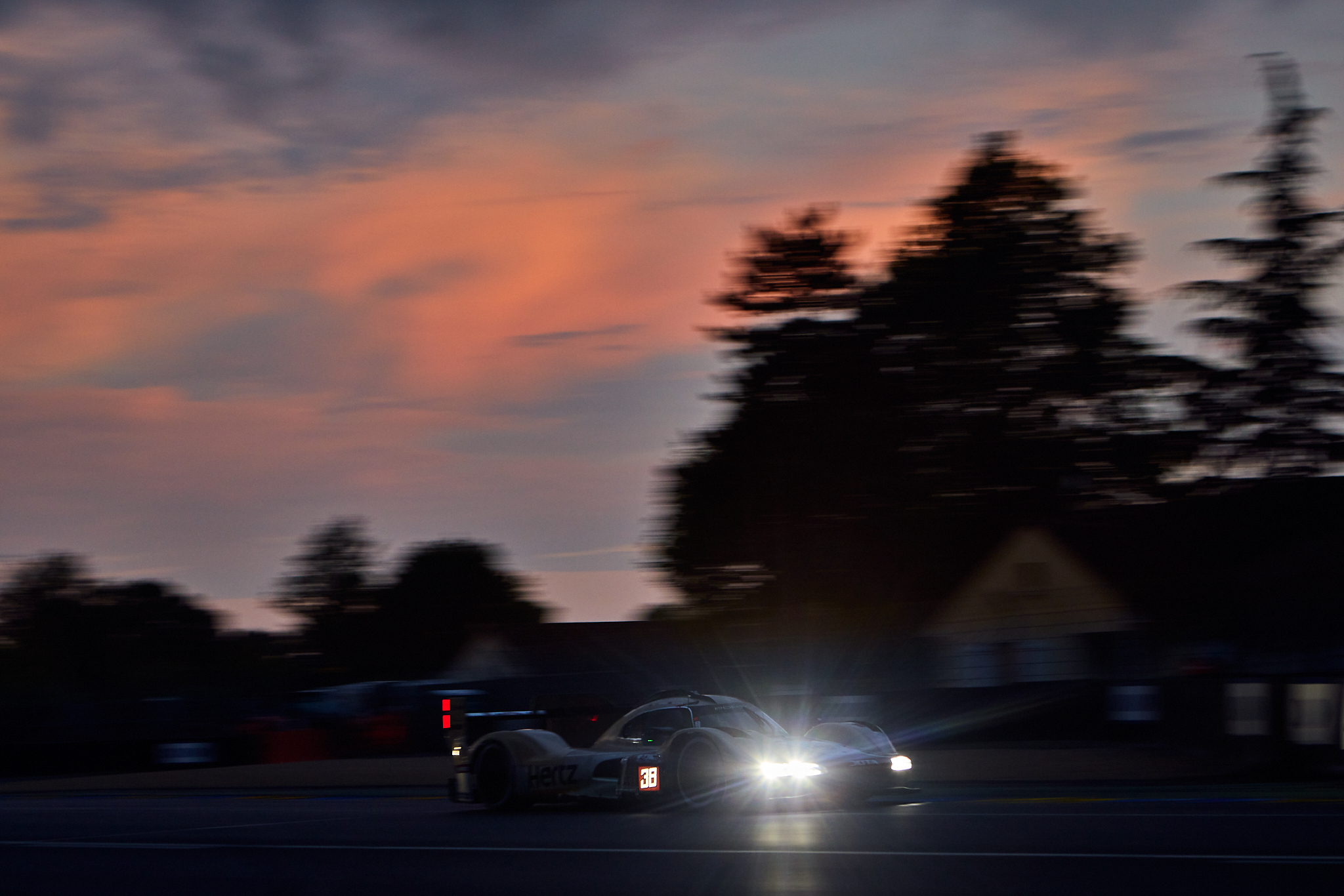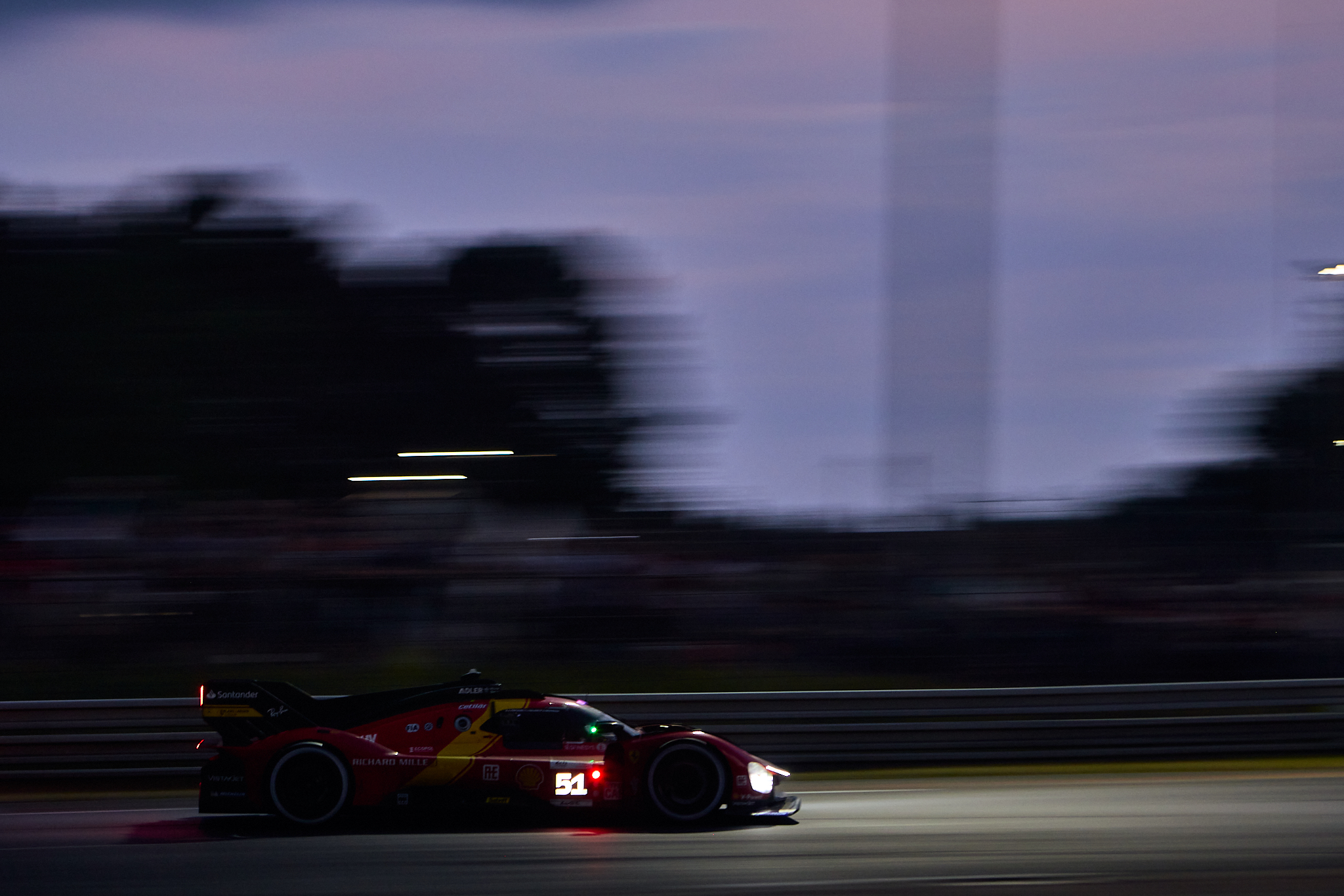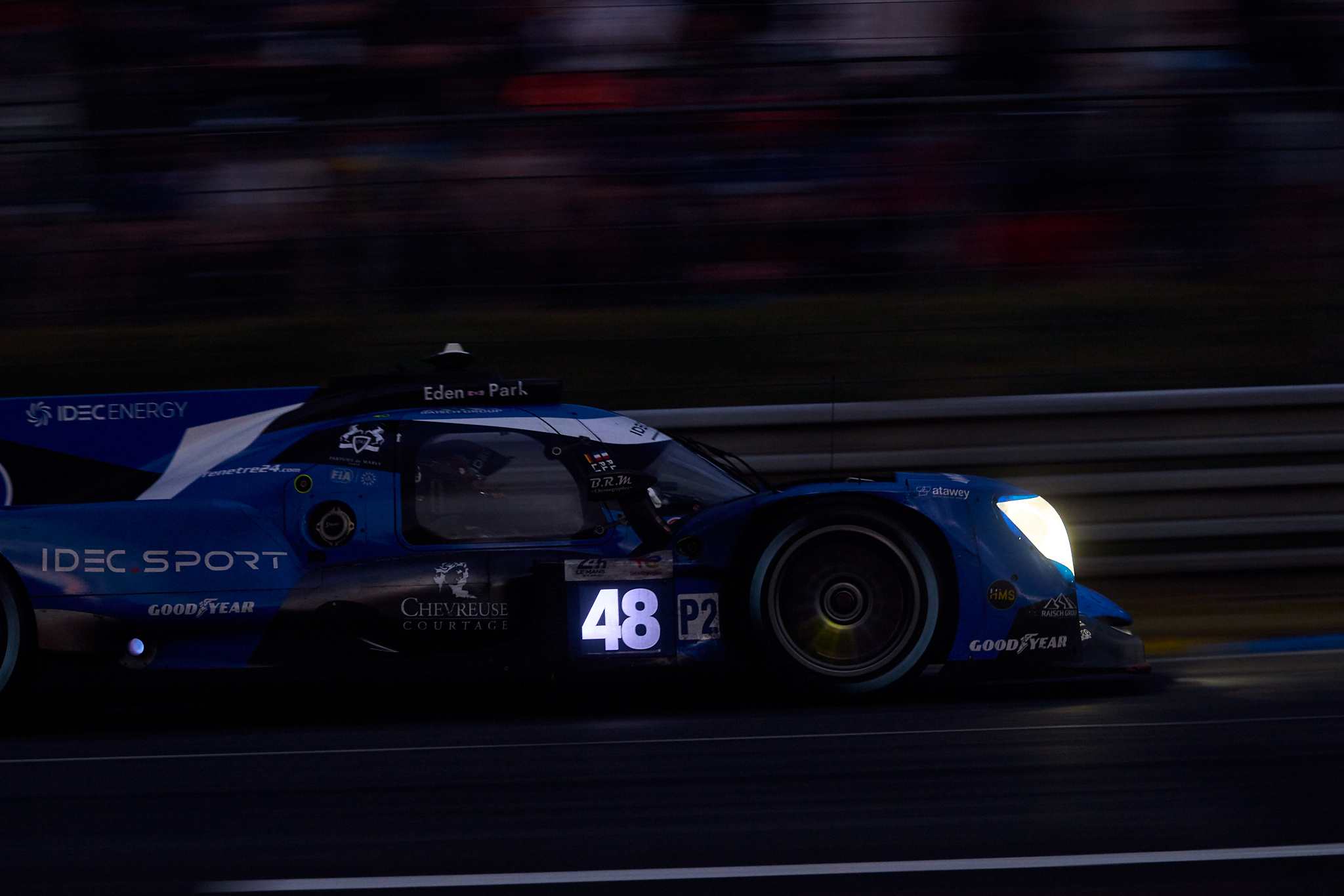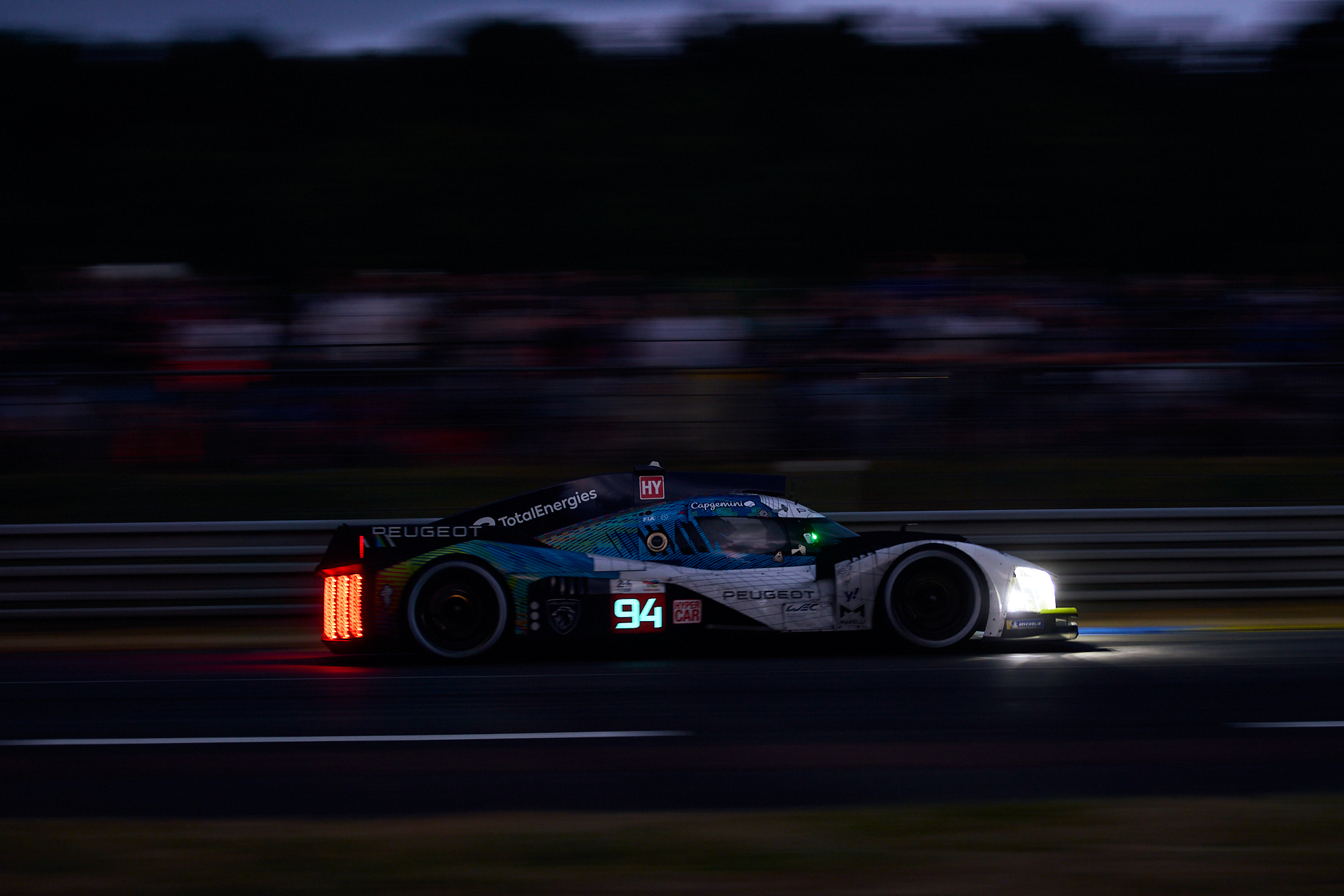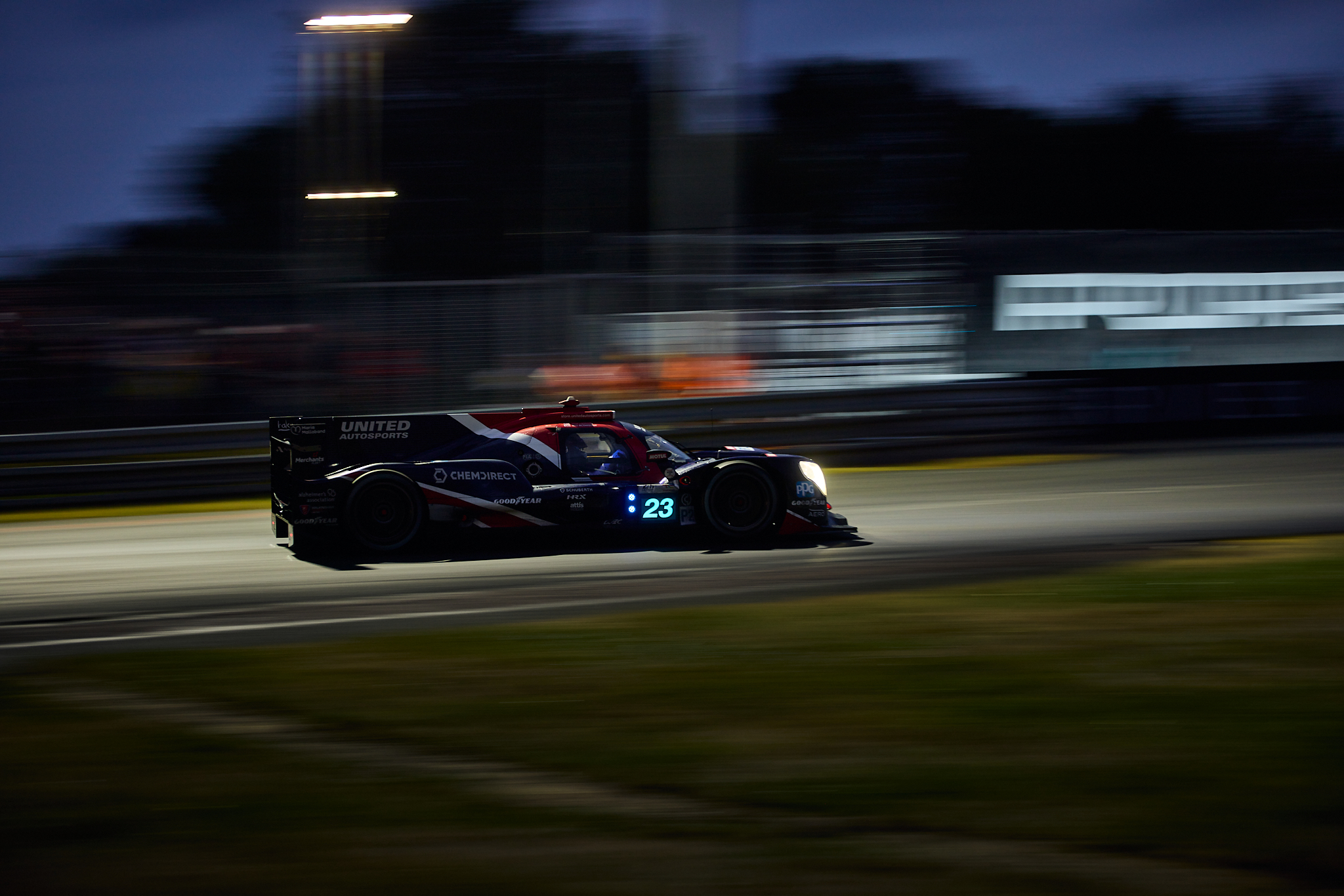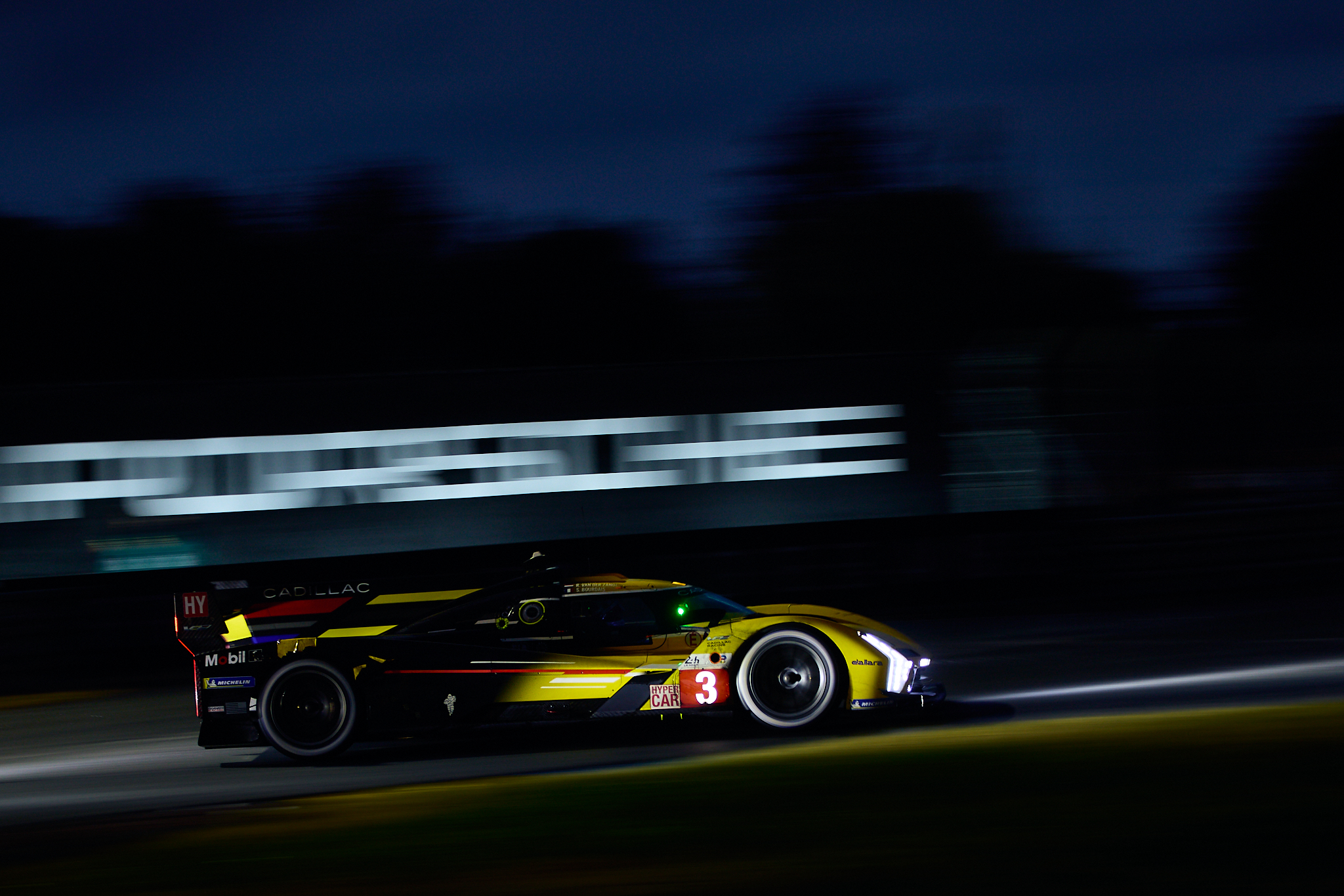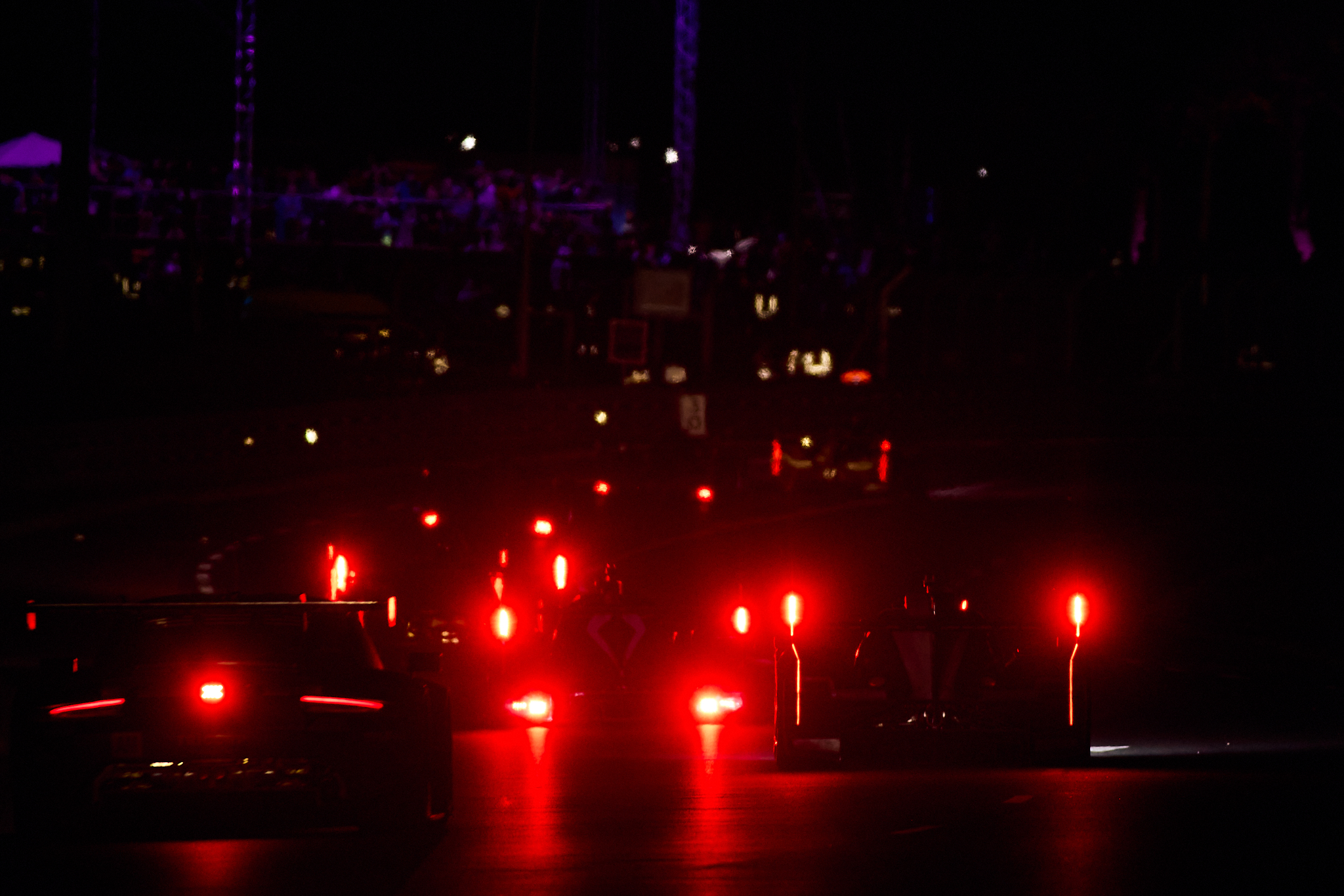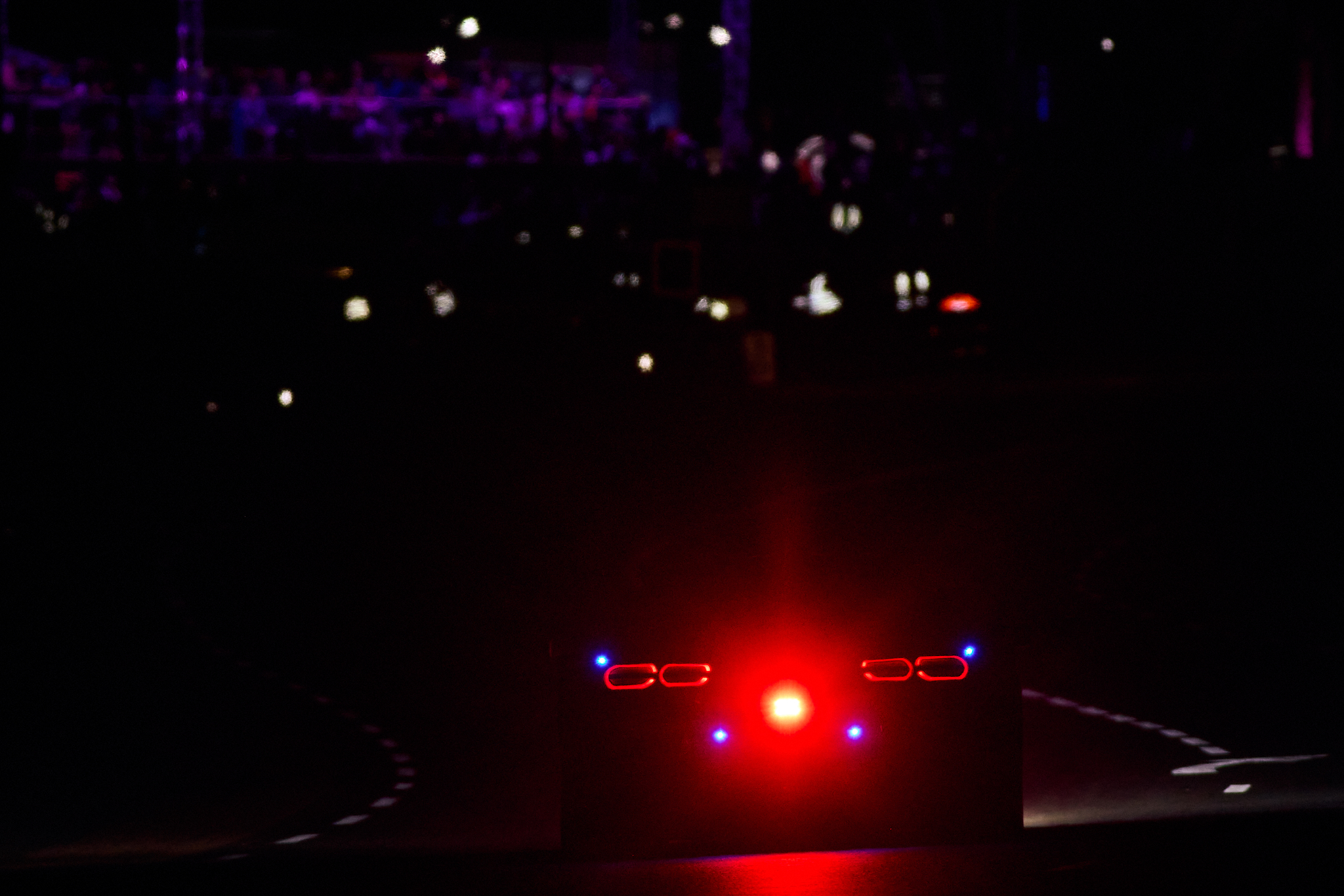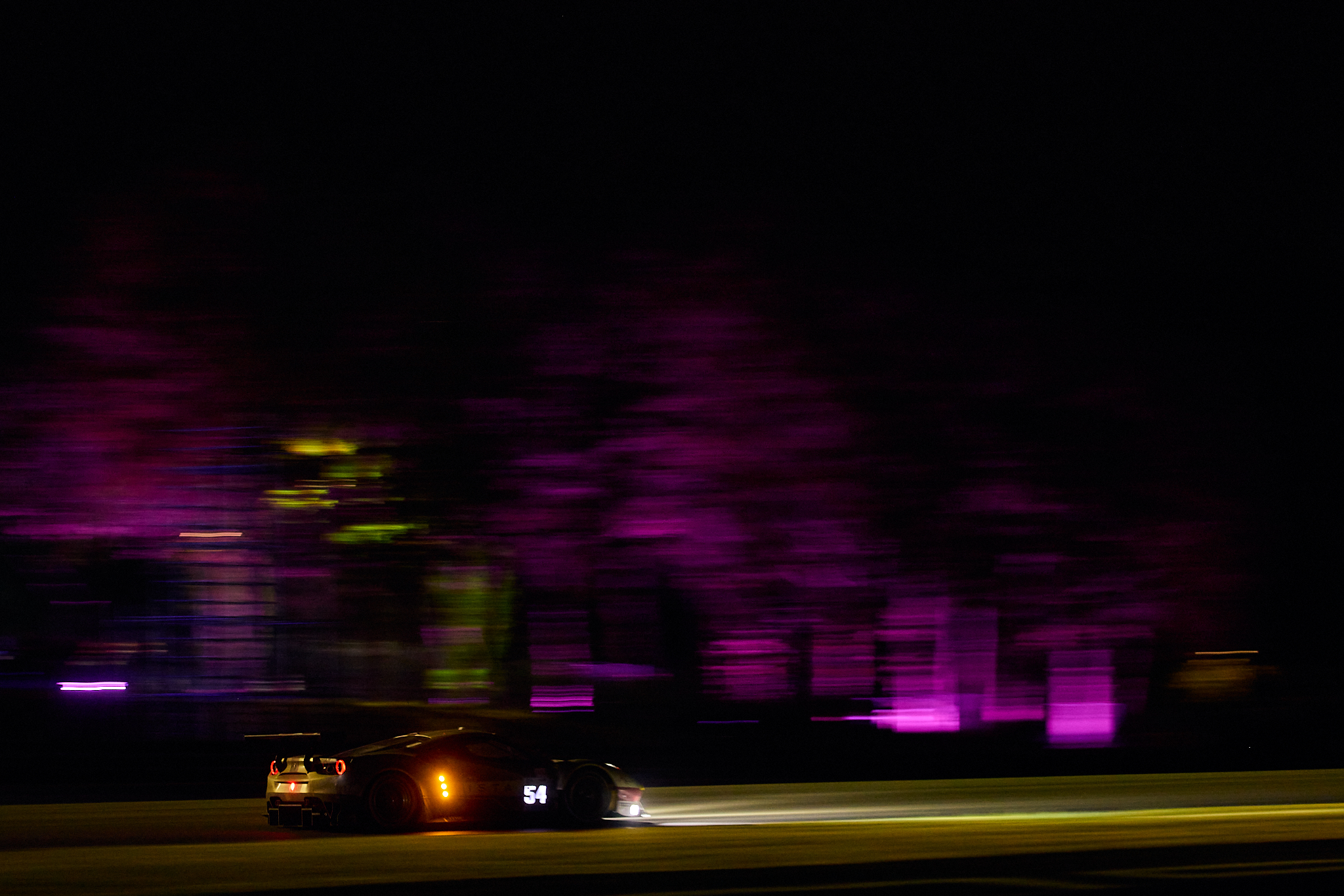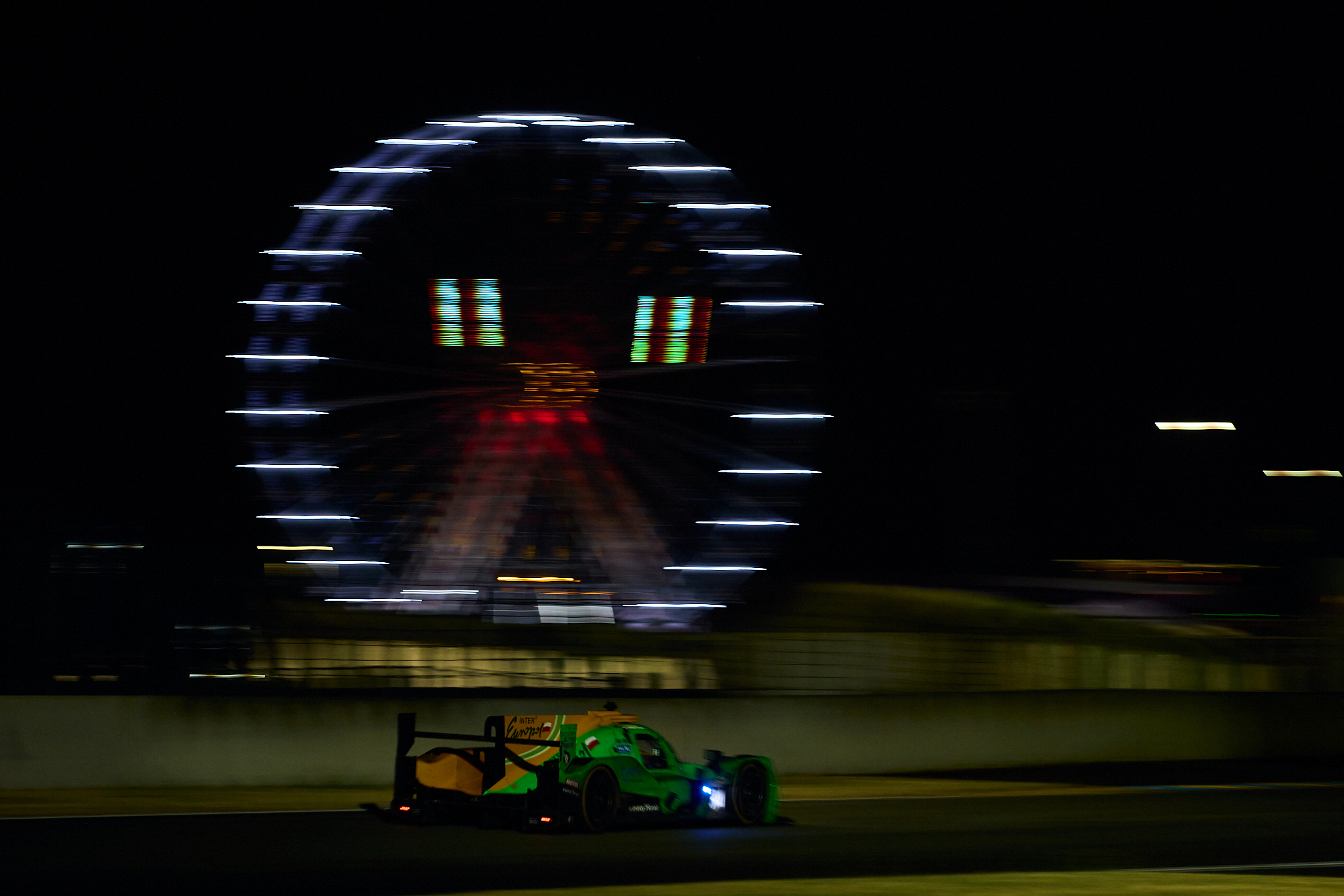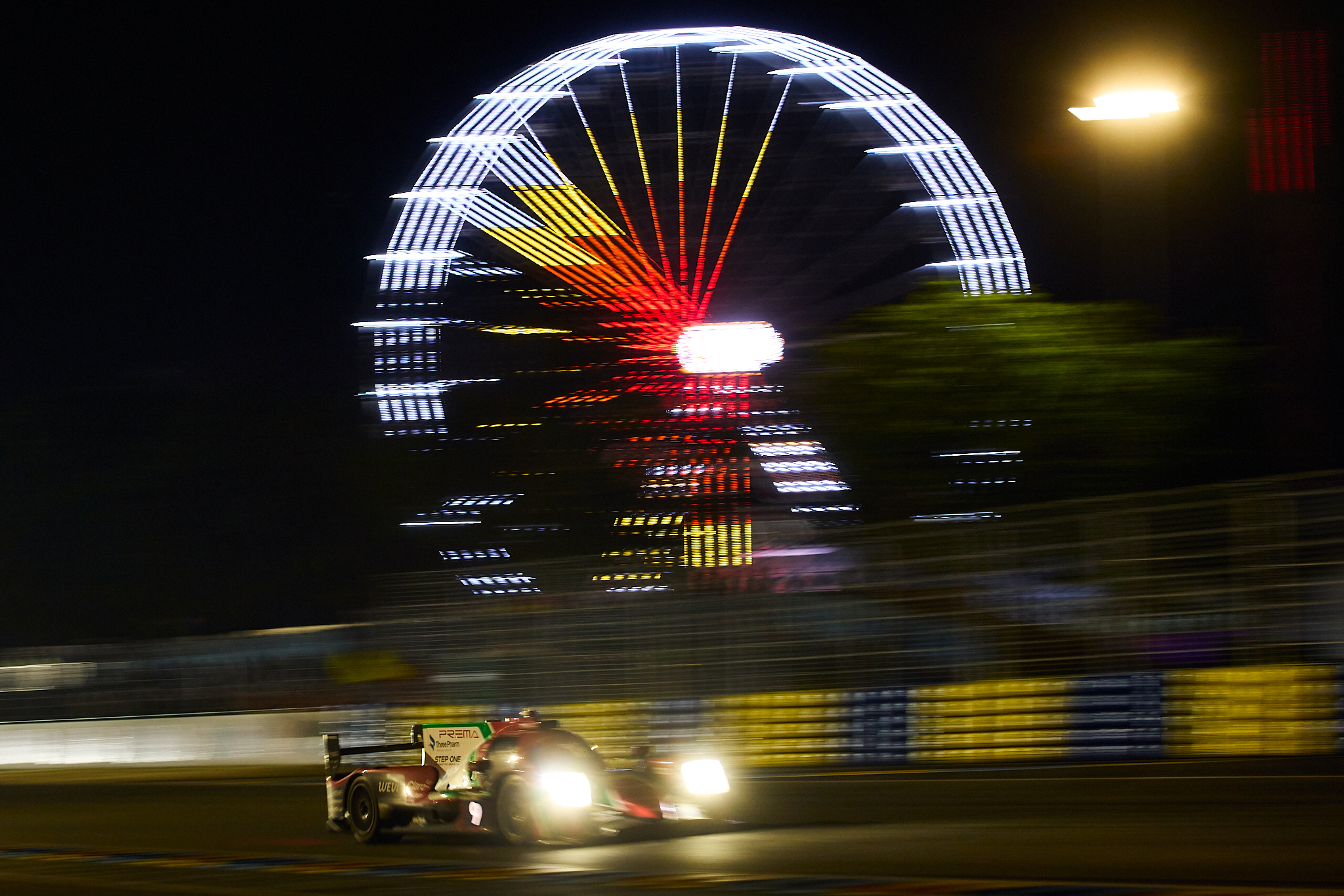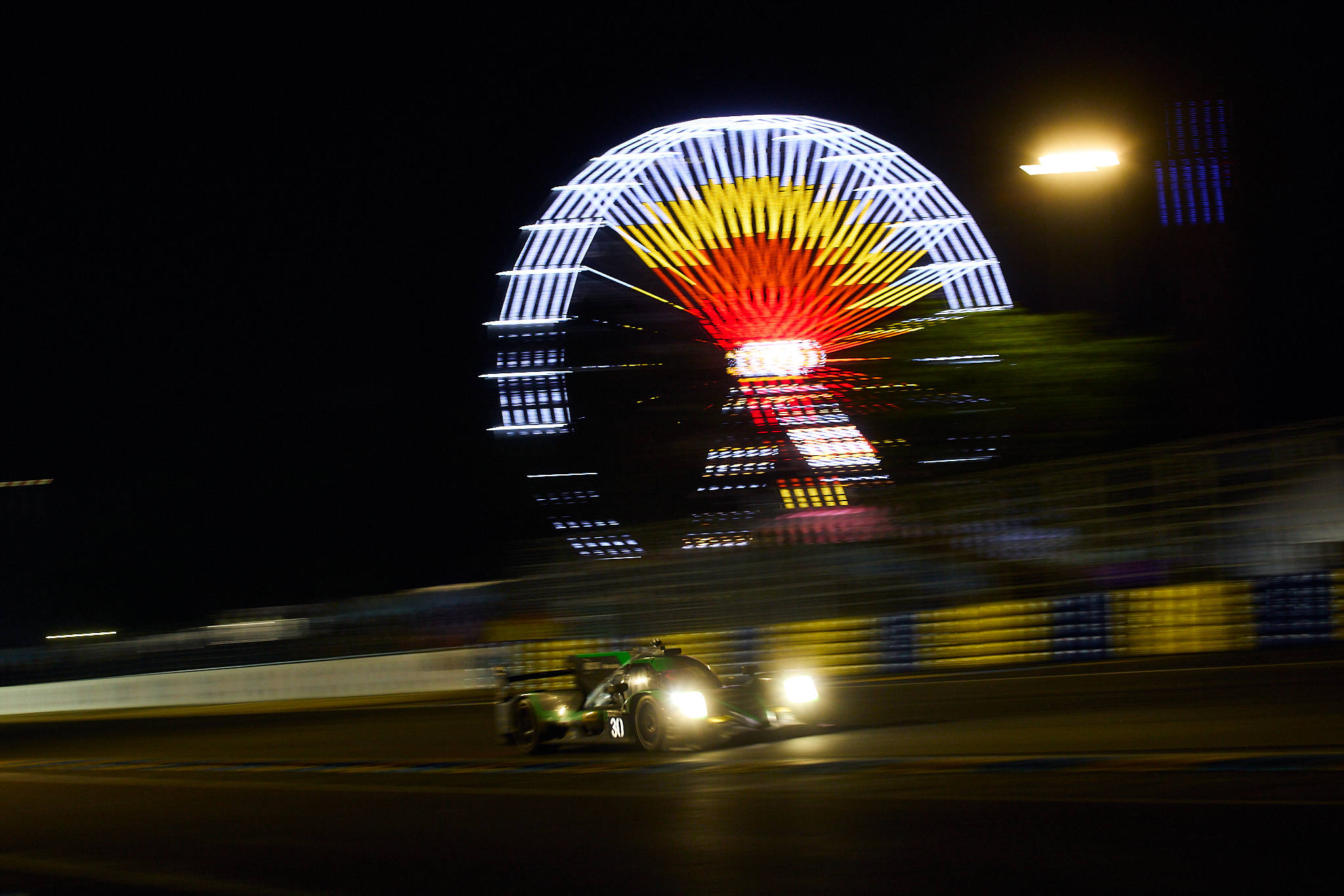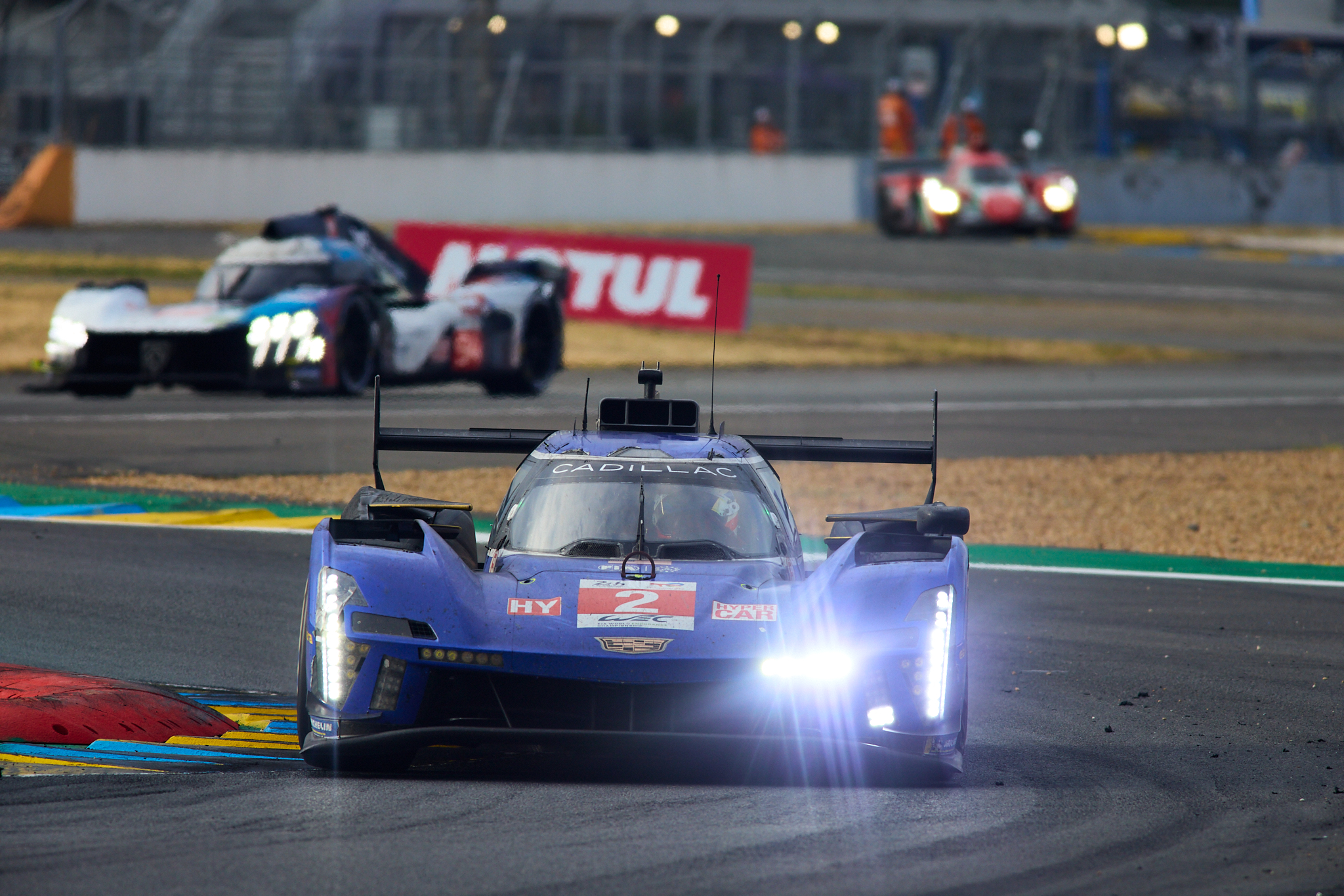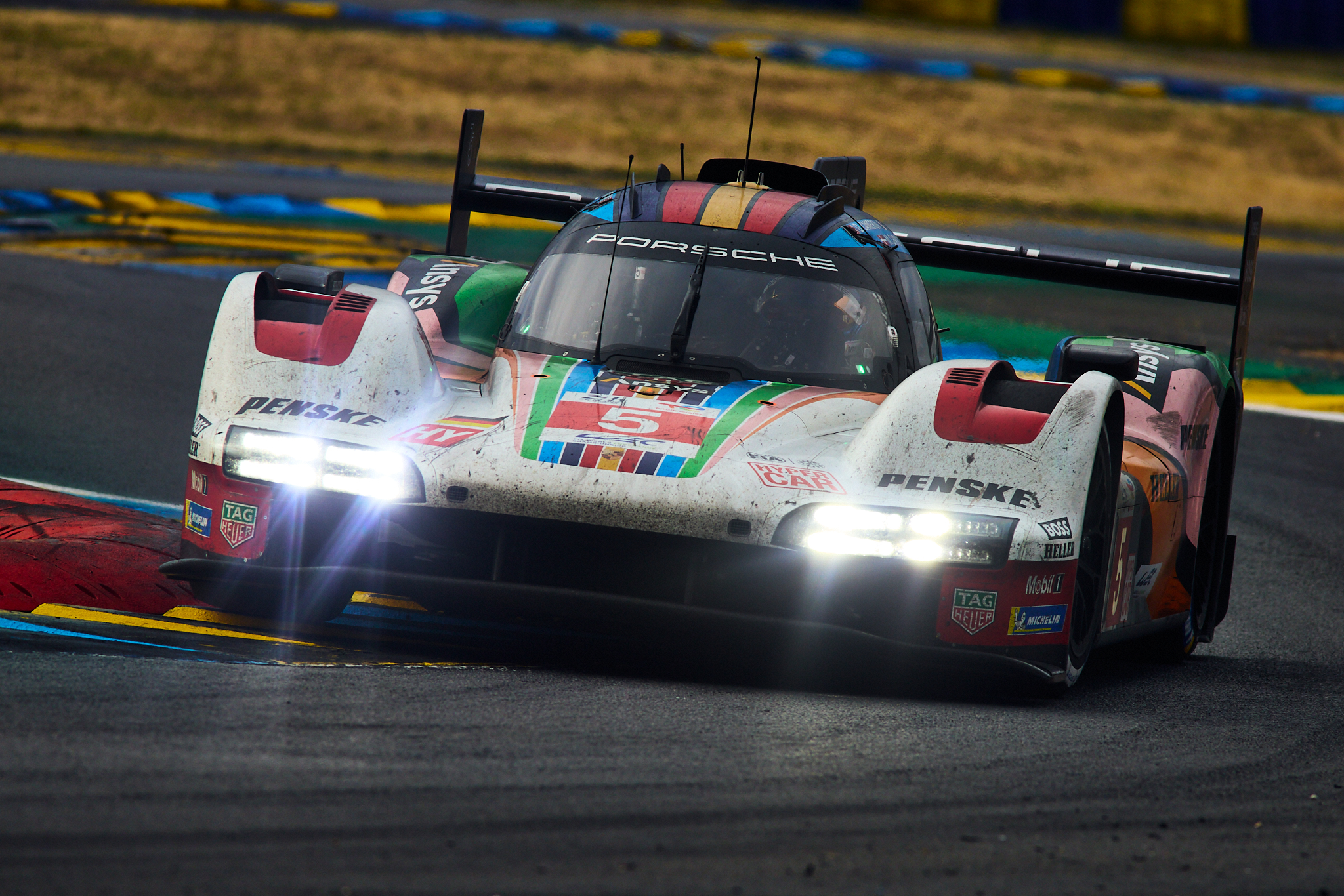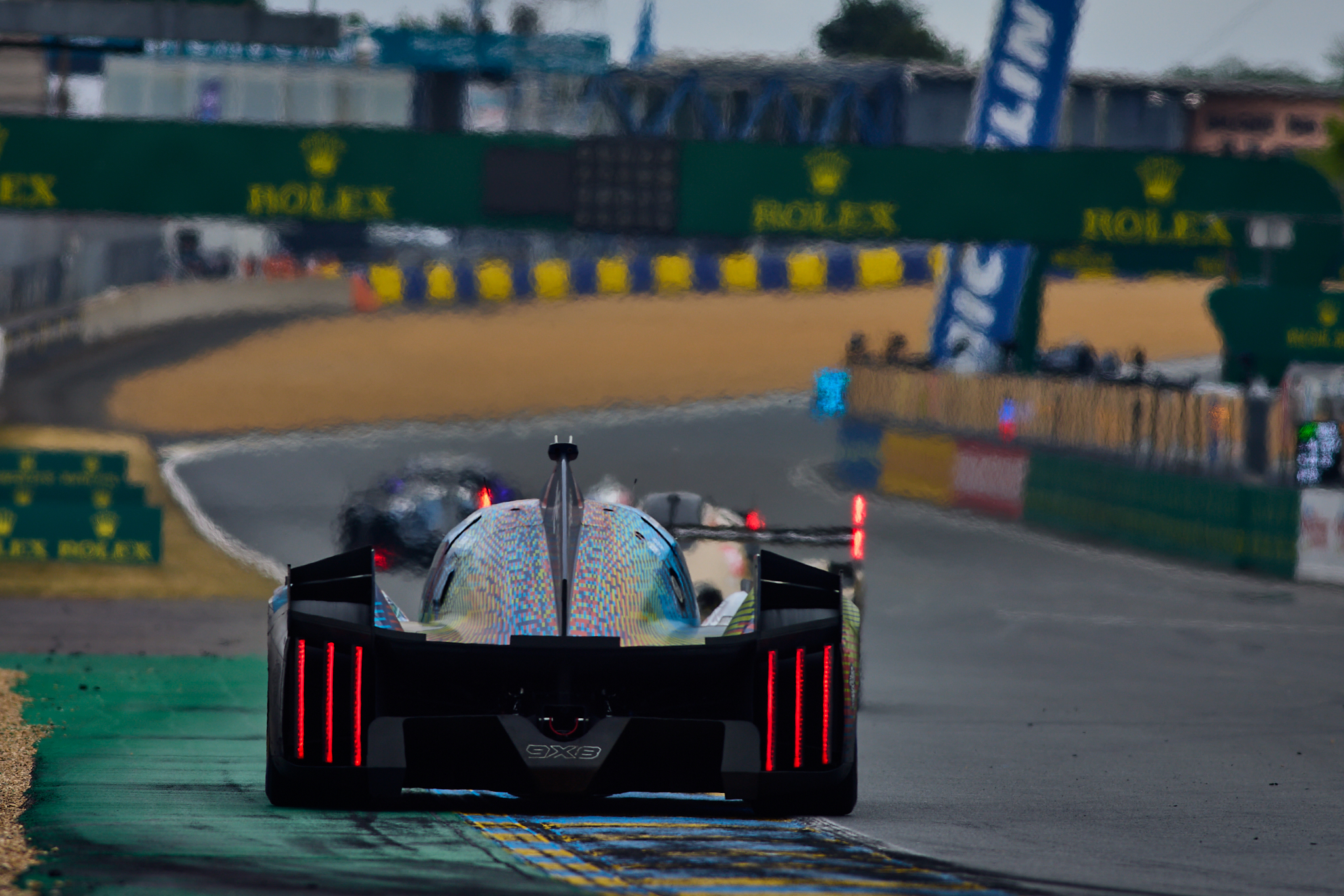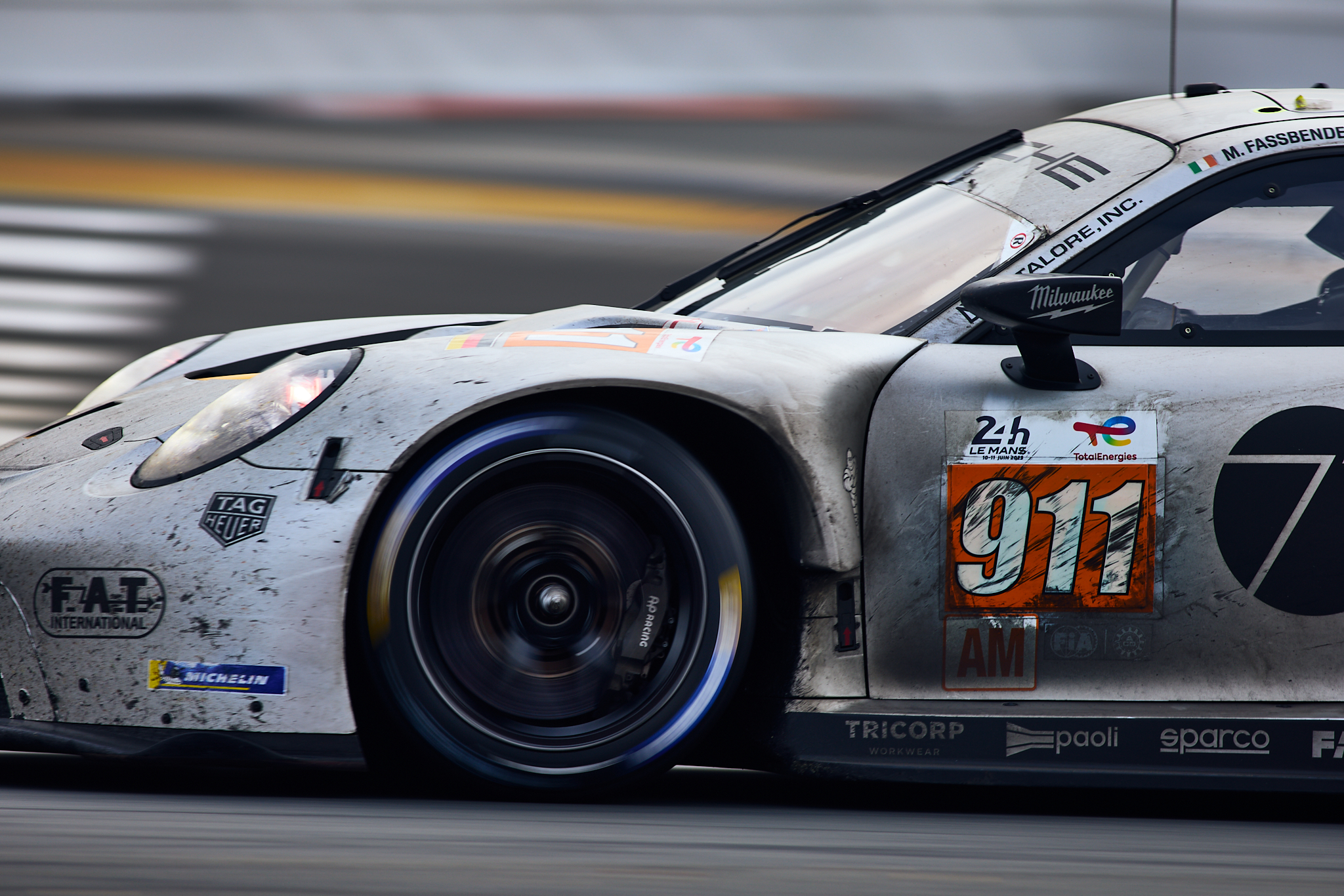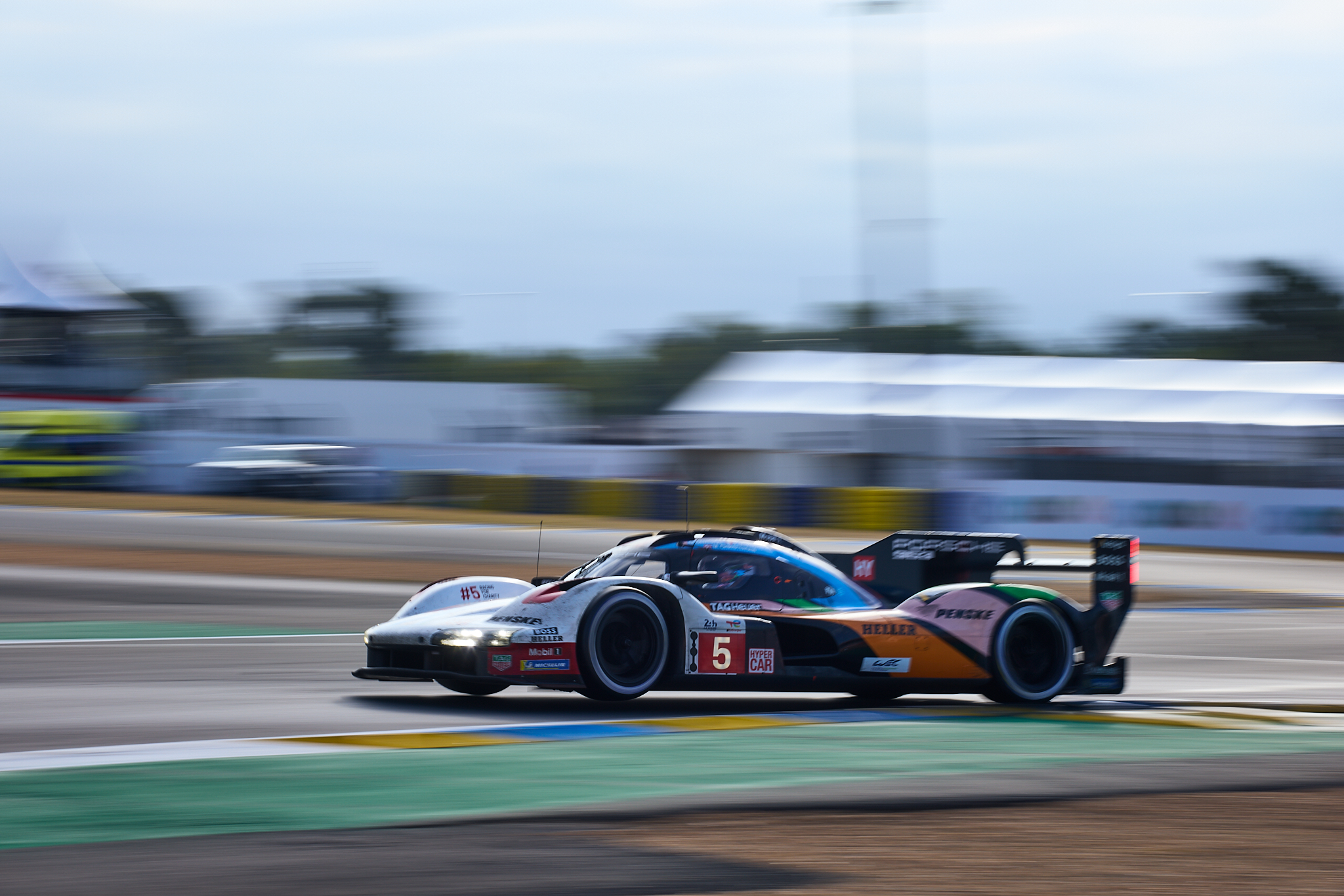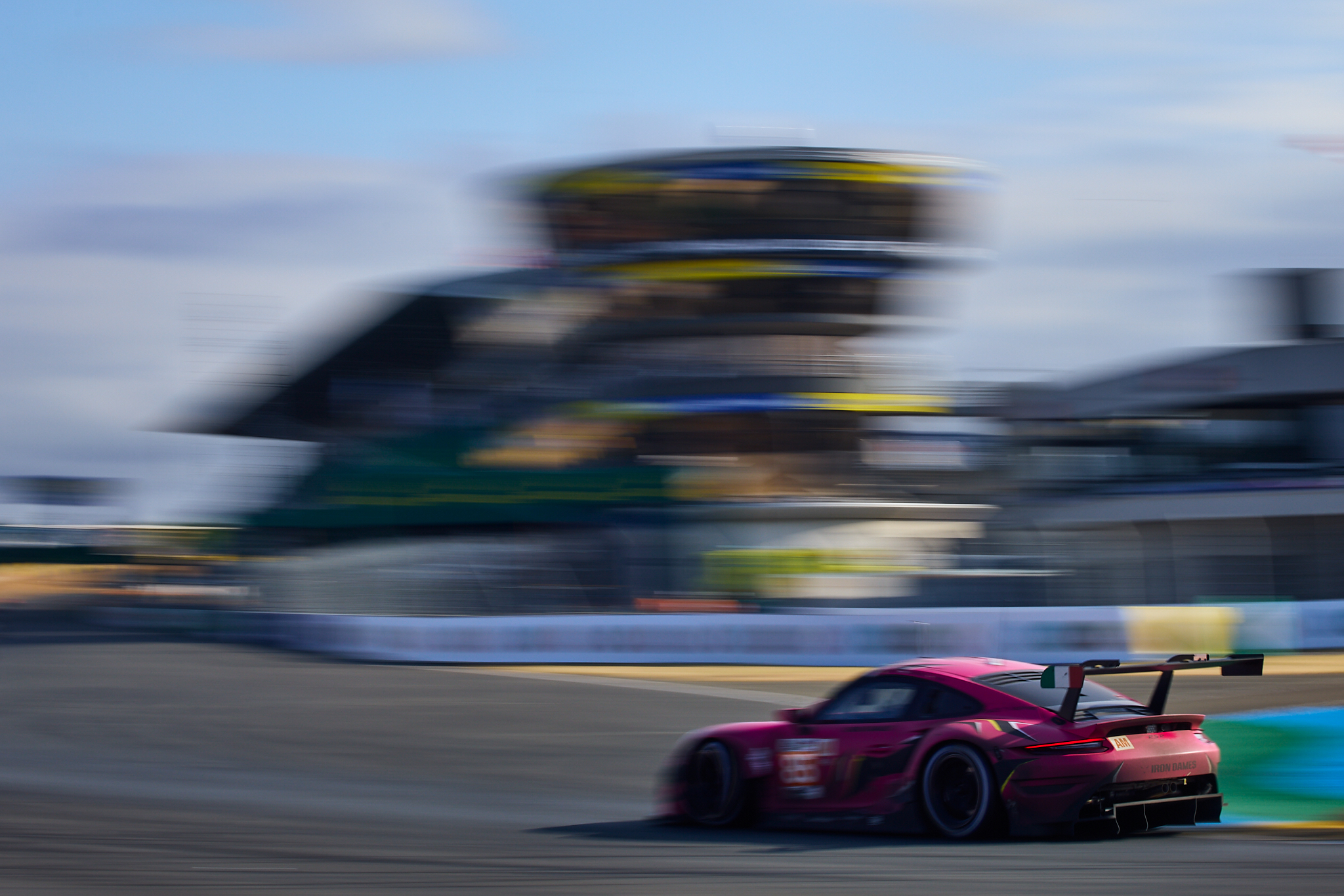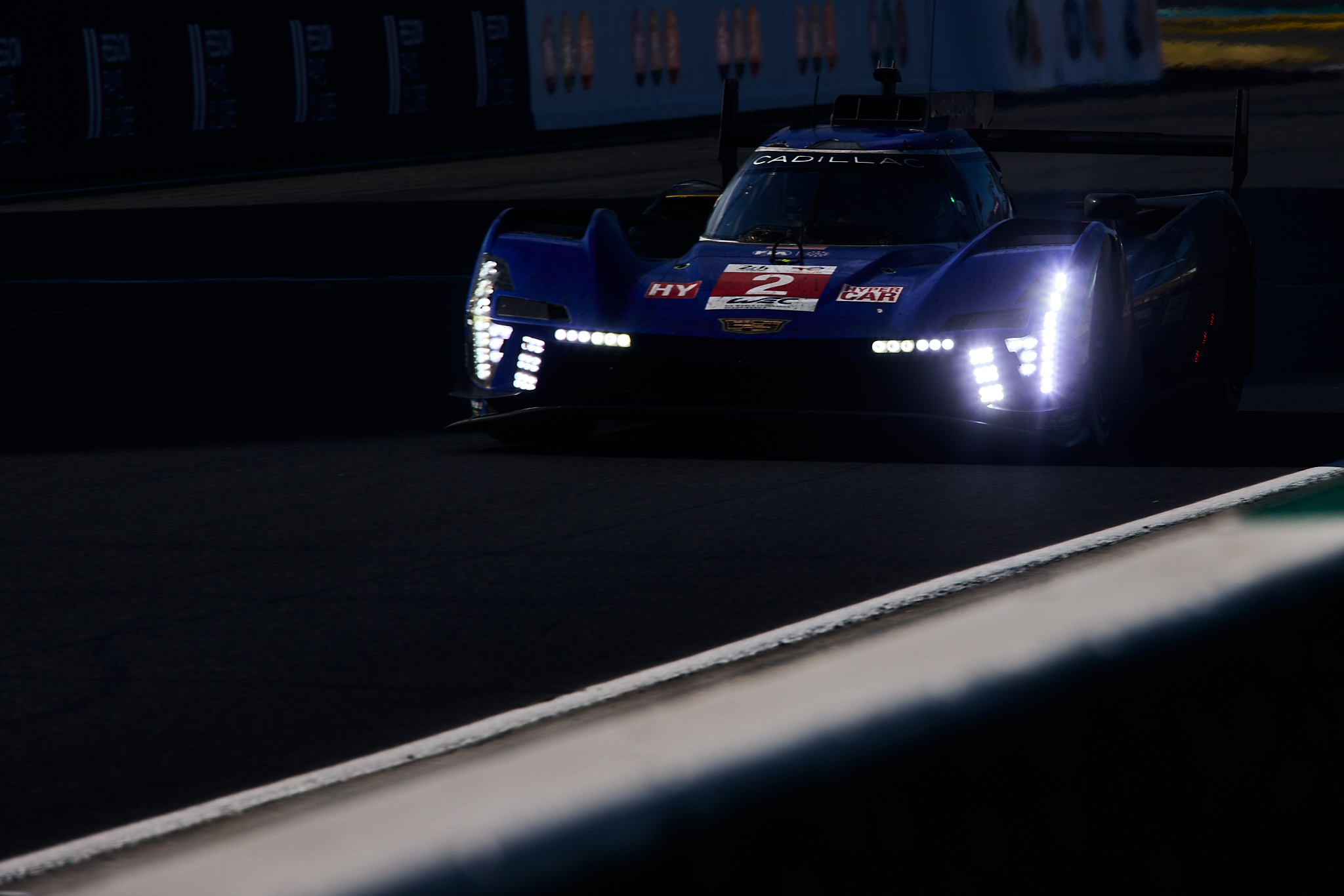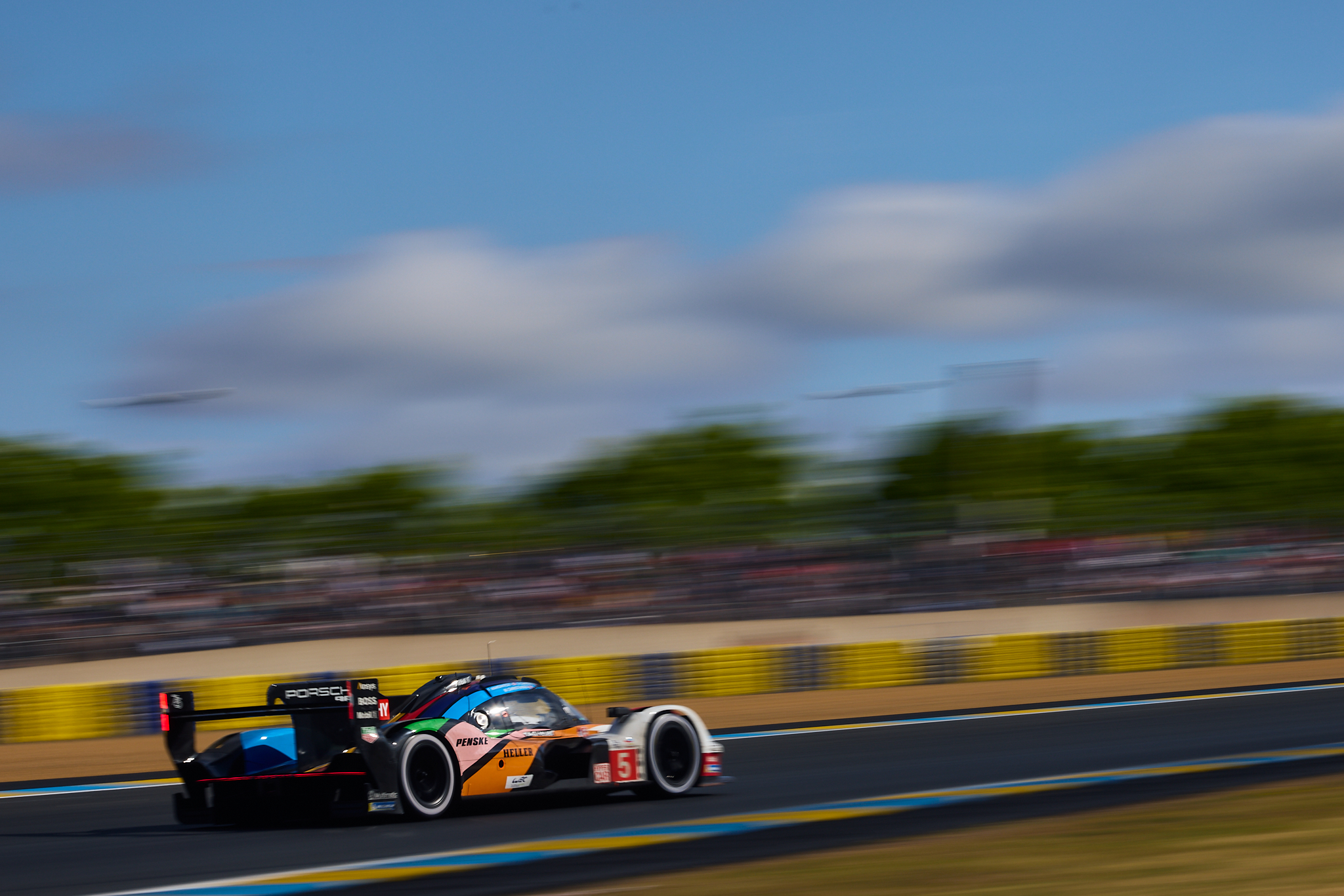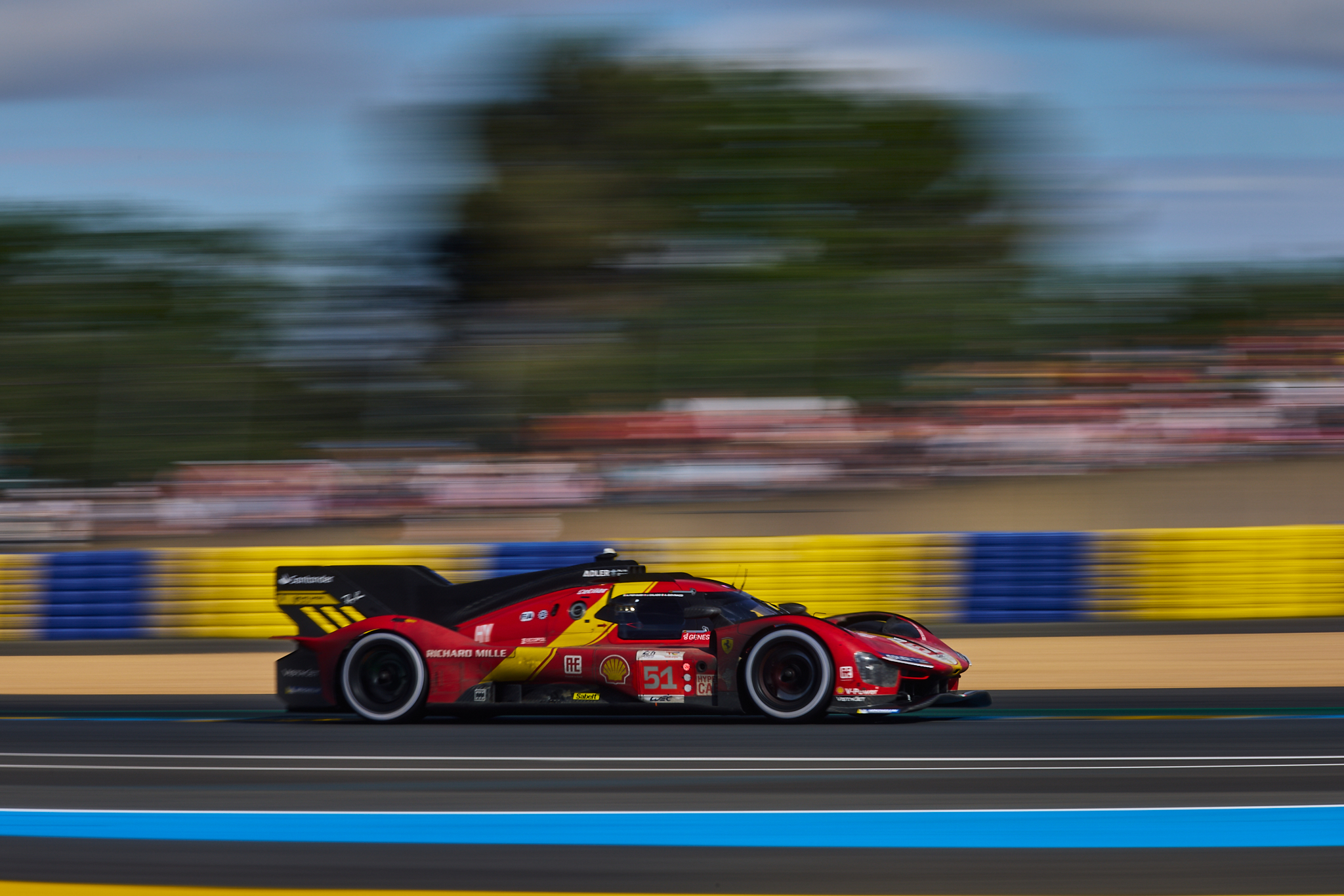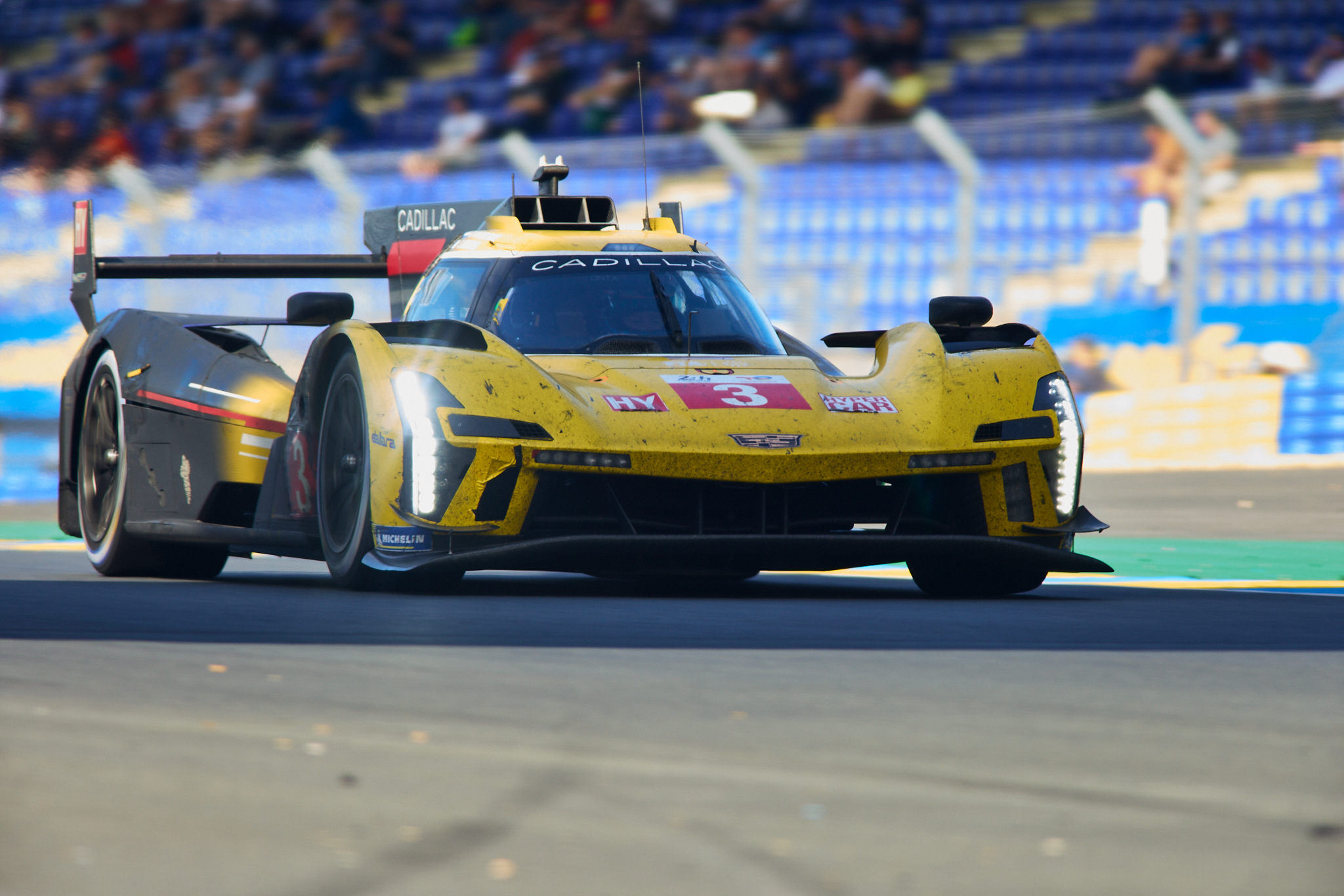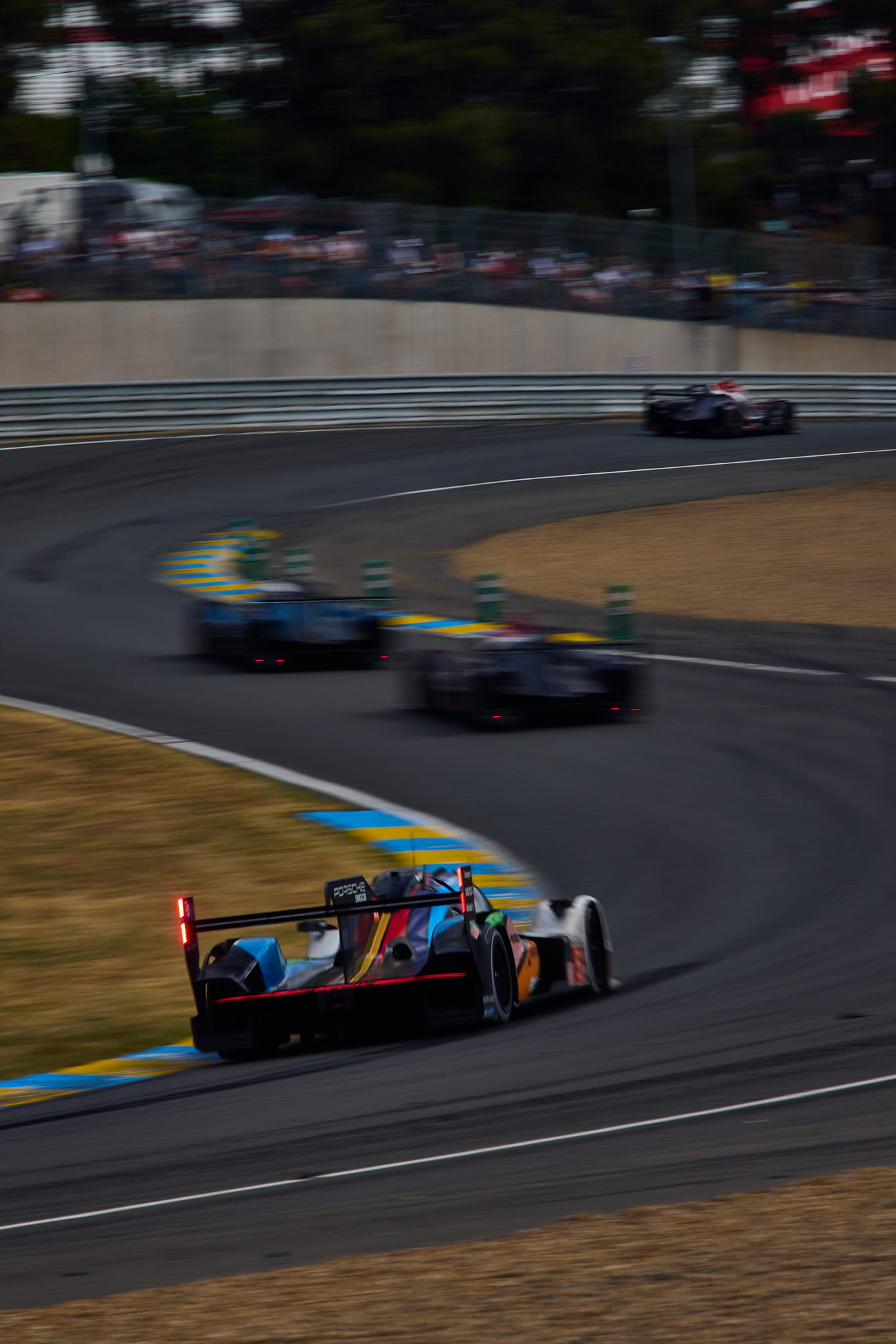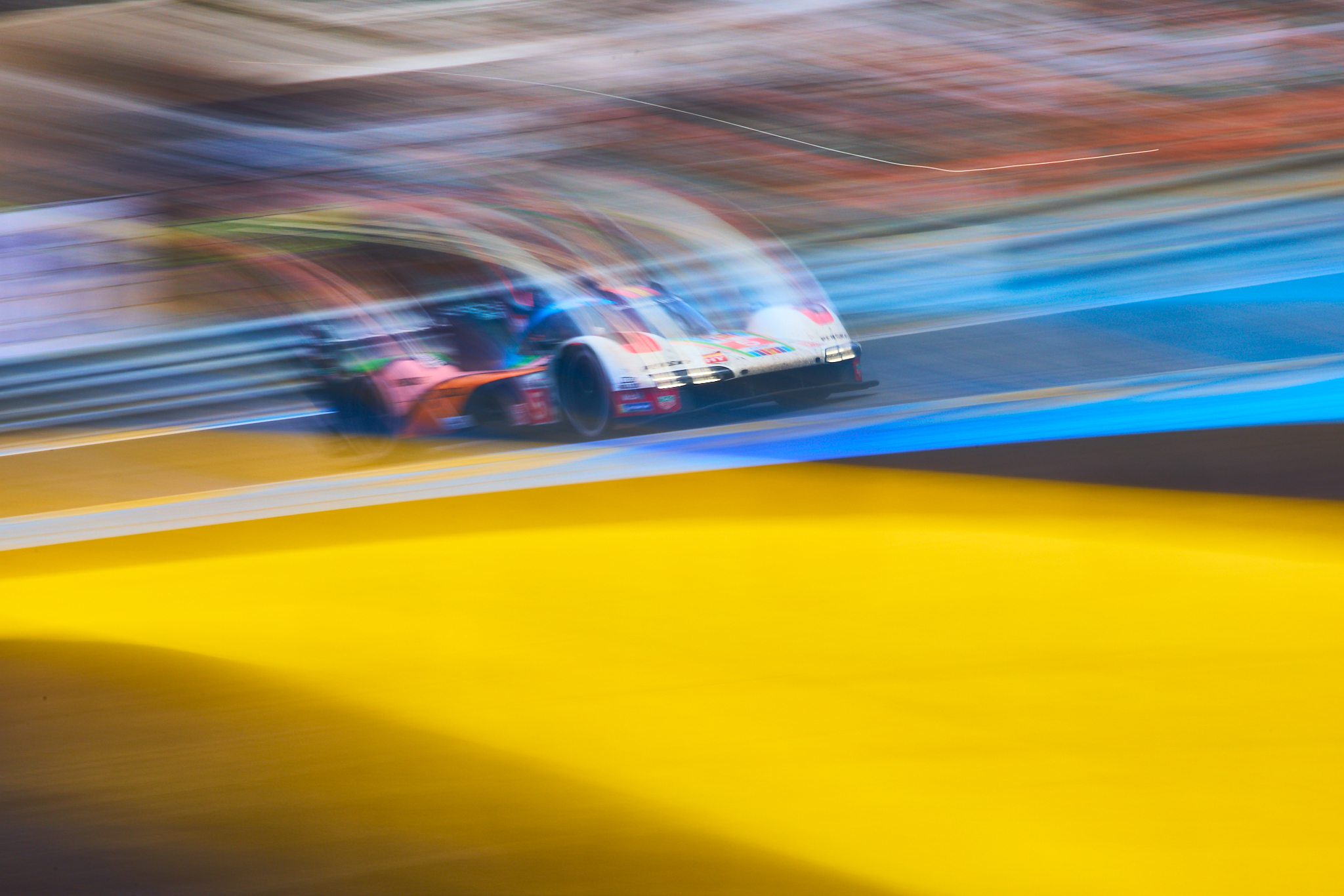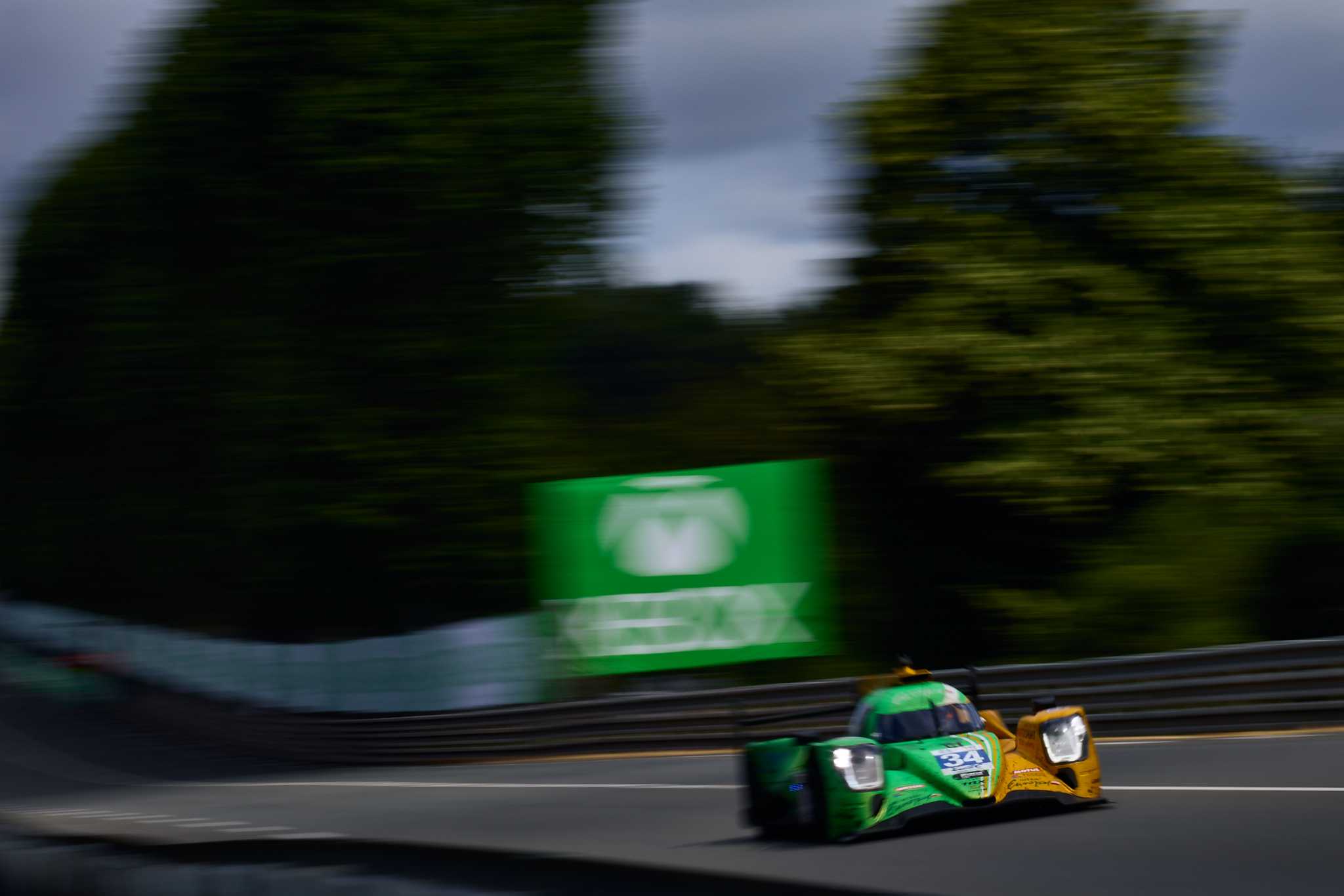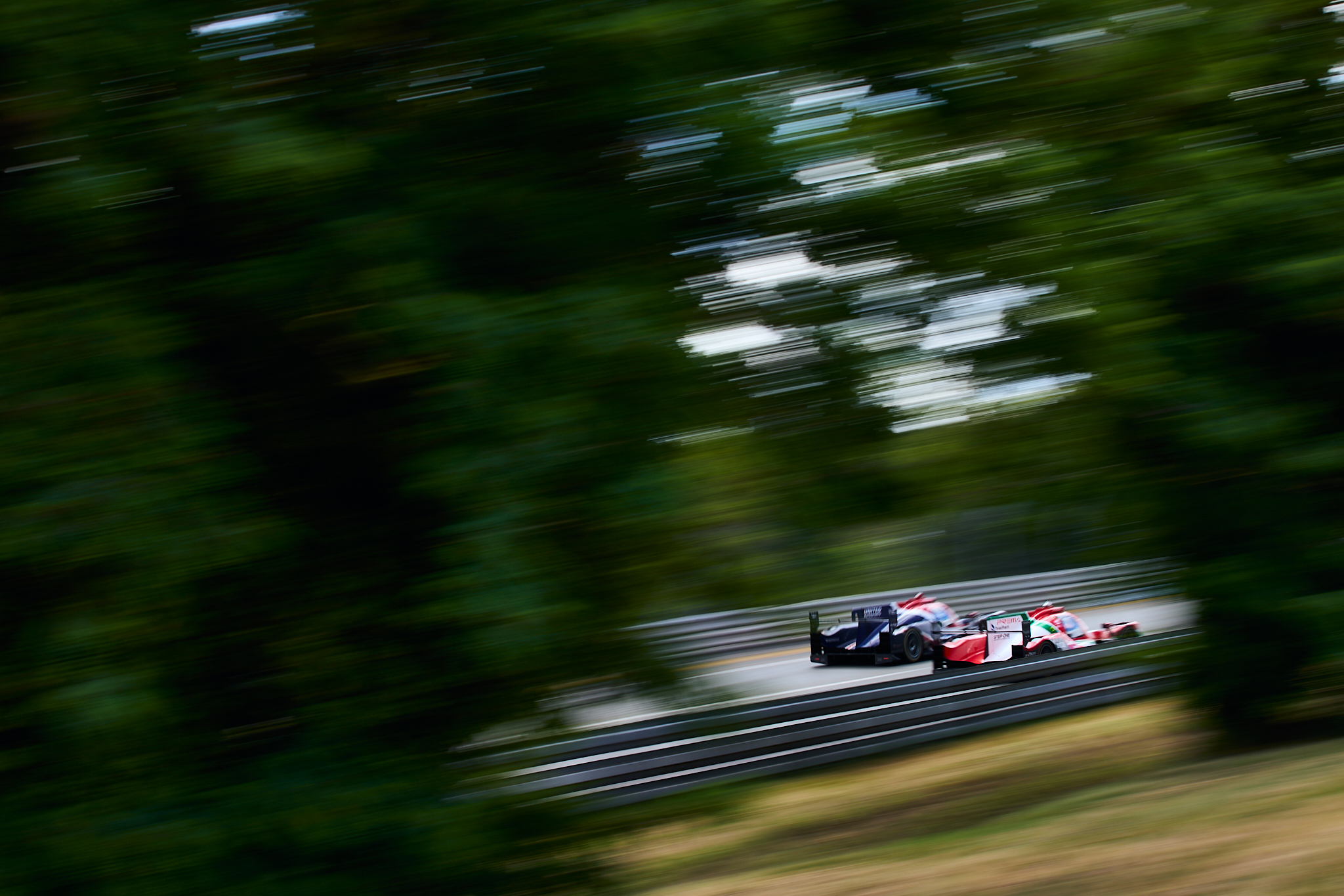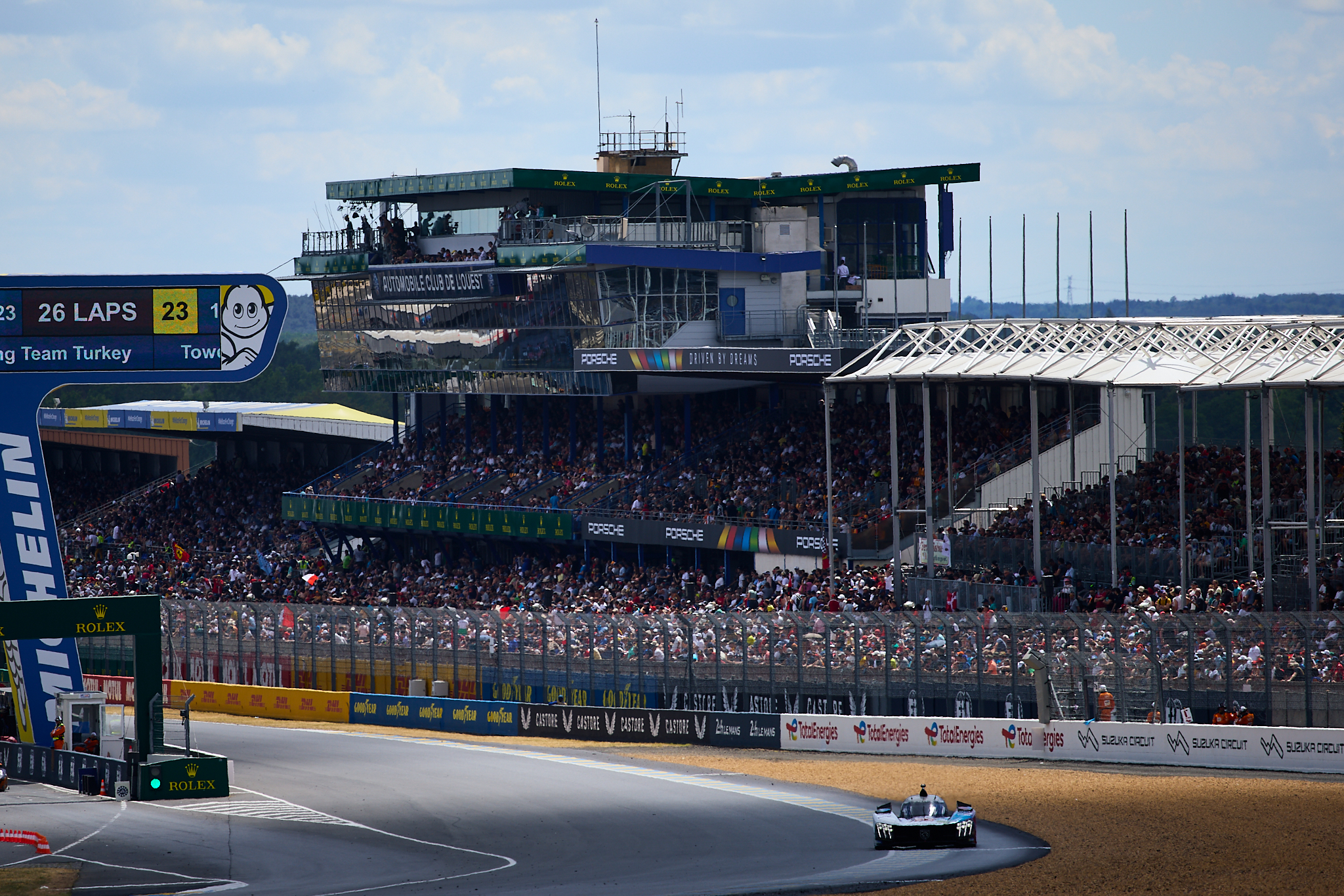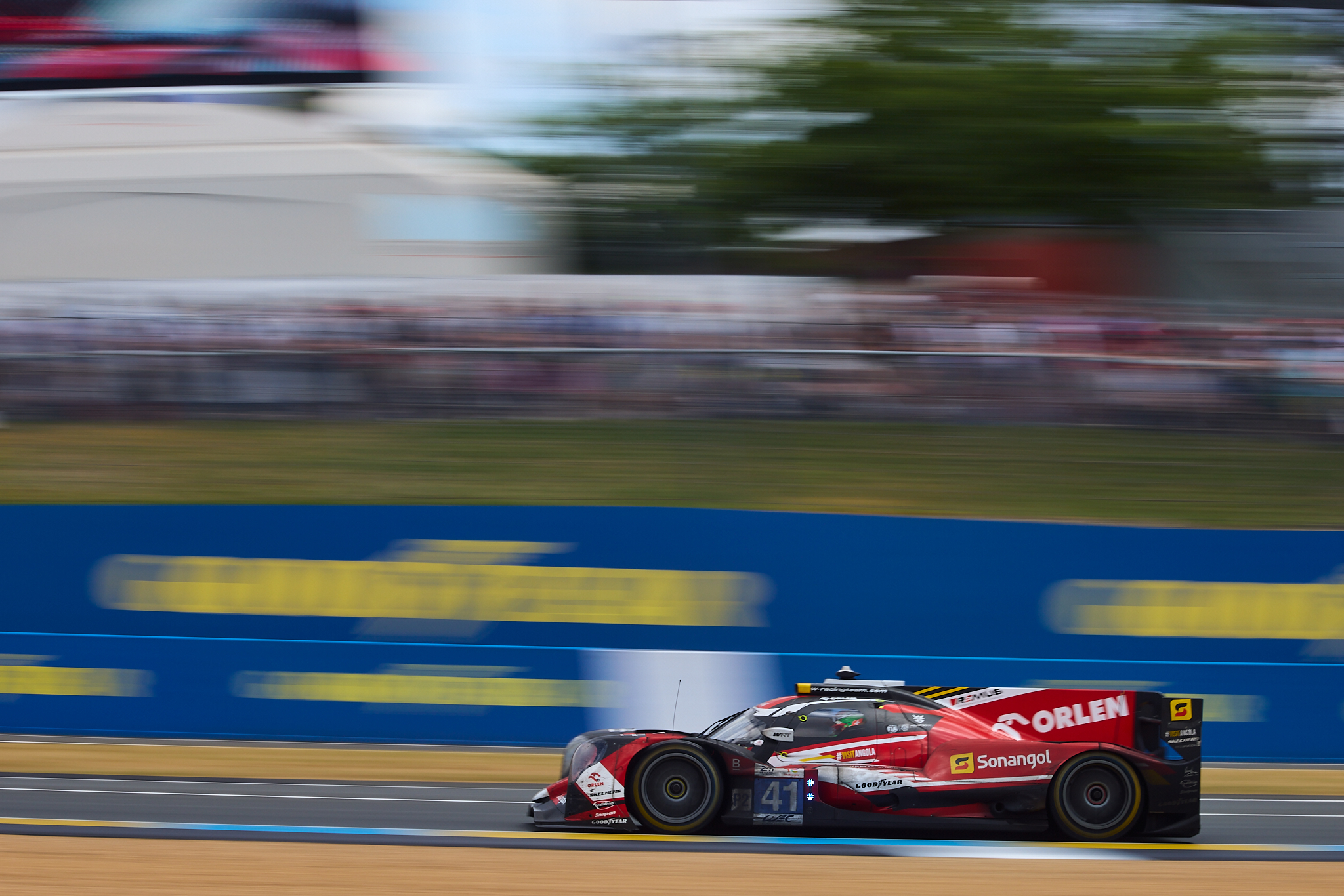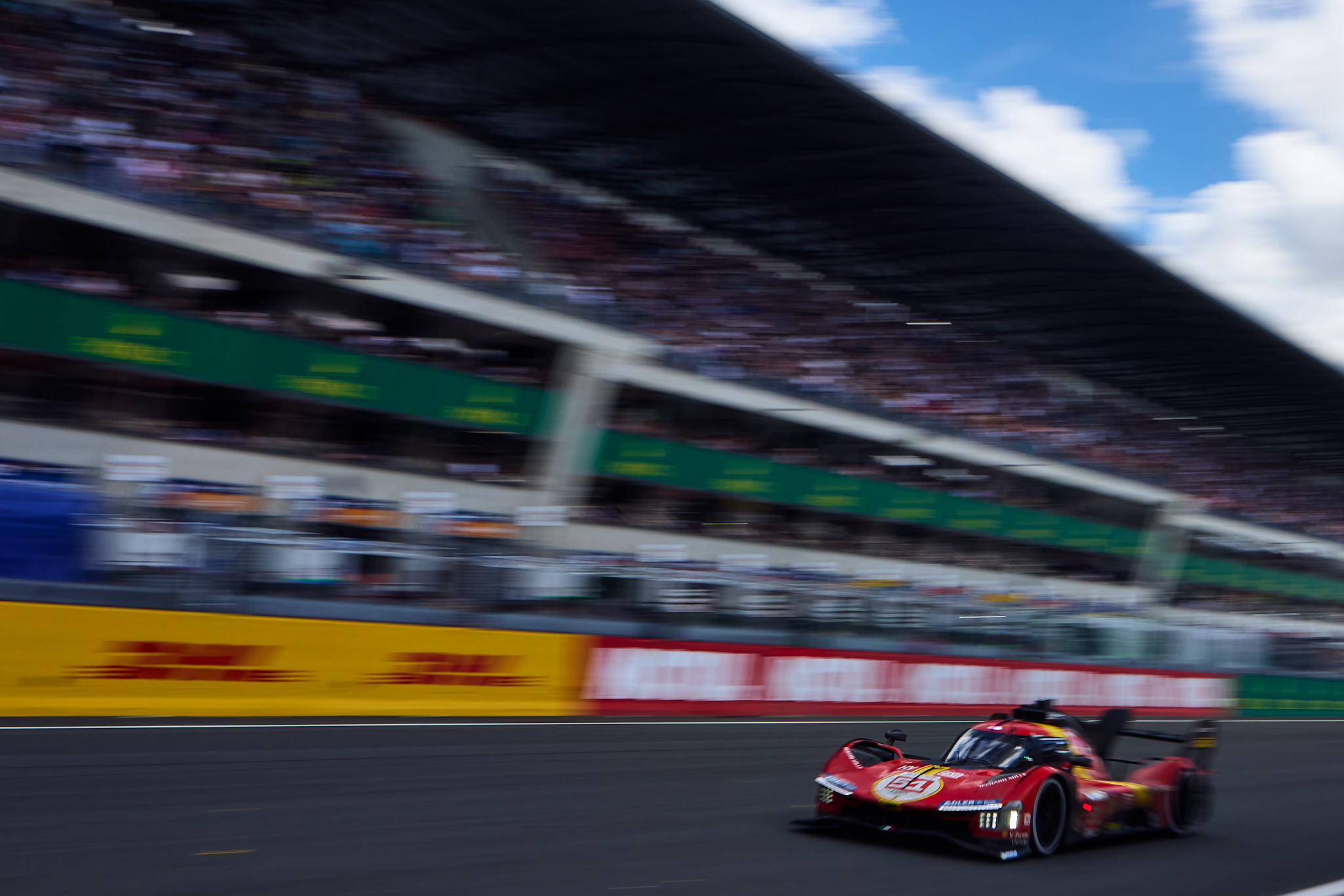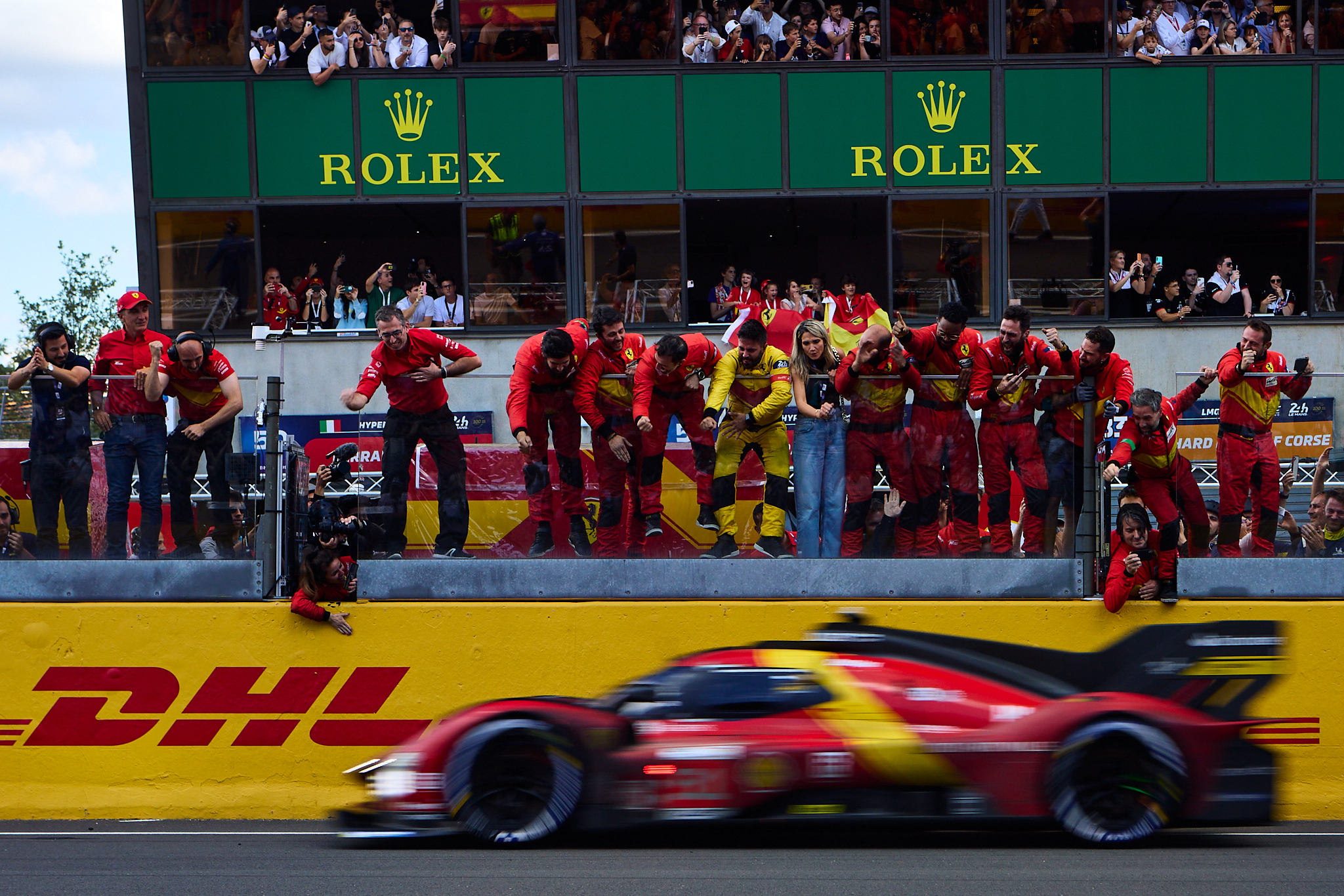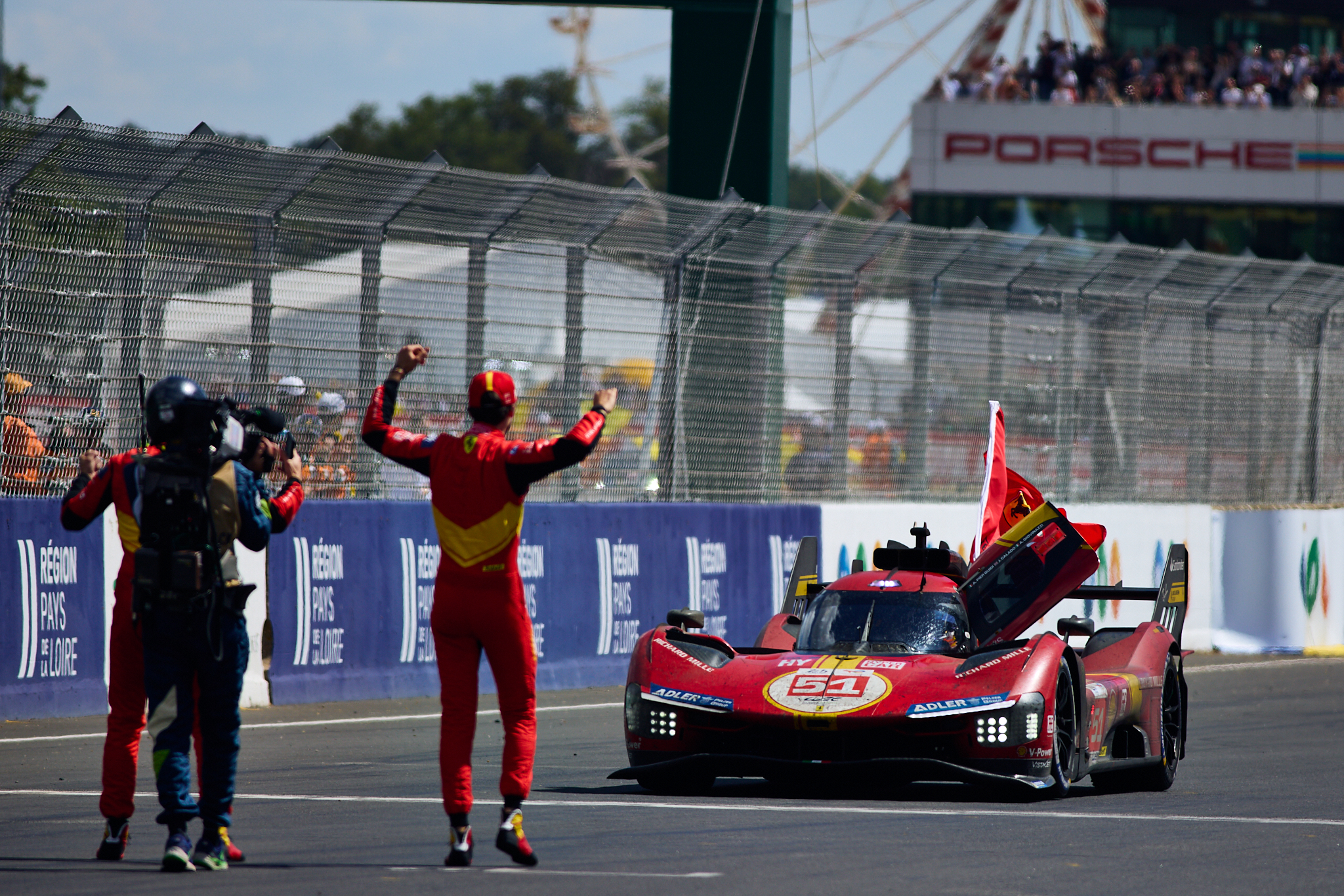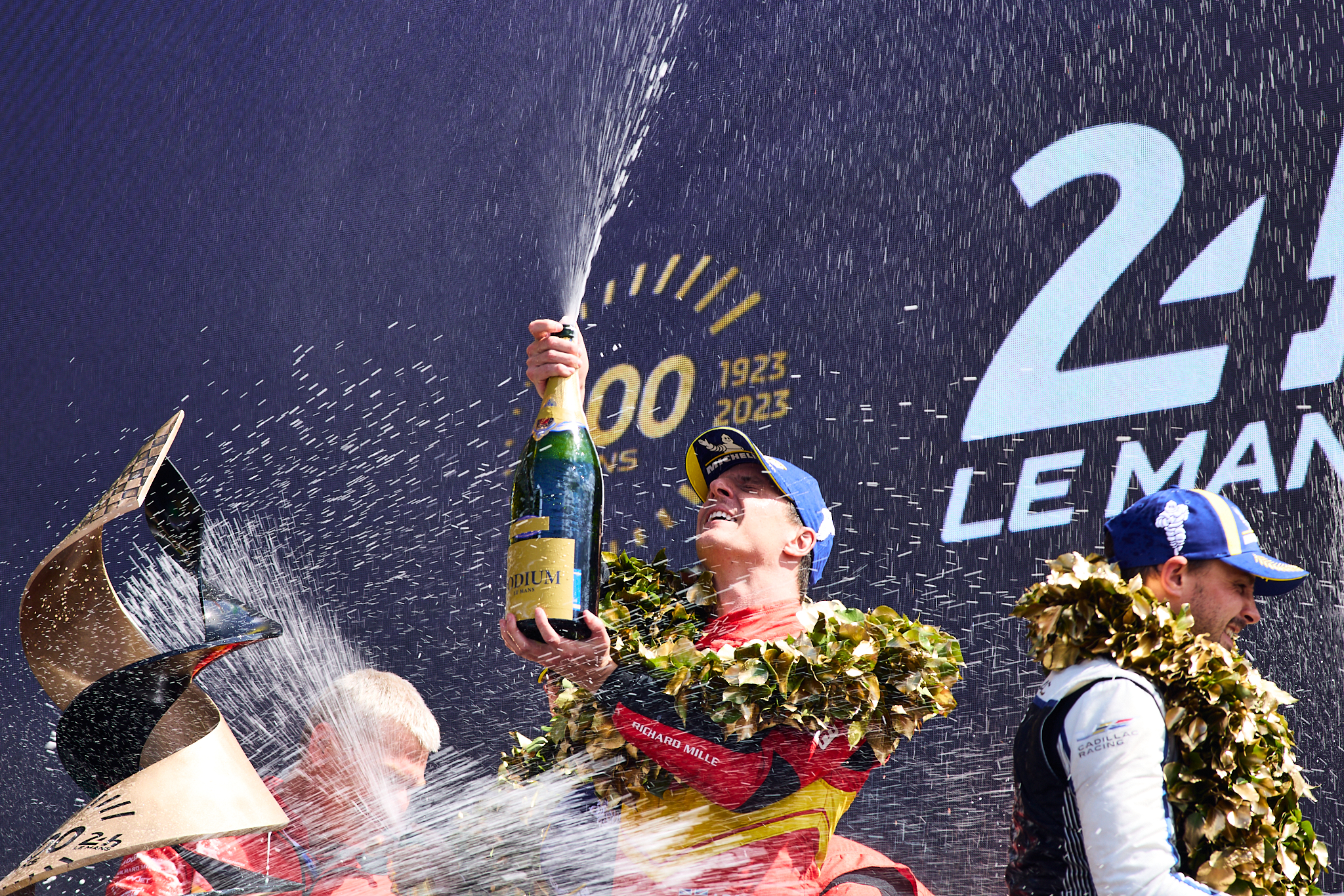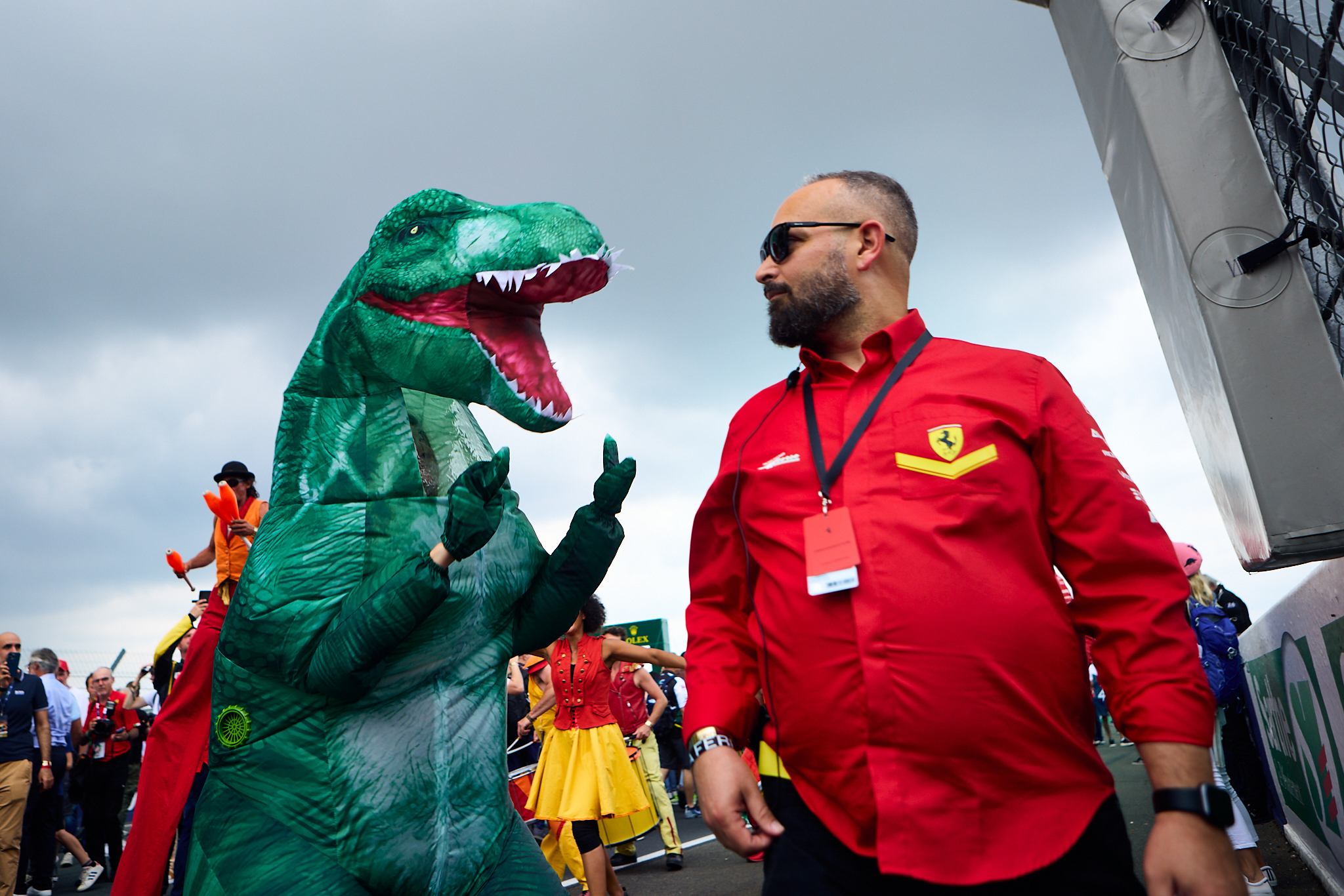Le Mans. Two words, but two words which inspire a wide array of emotions to millions around the world. Whilst Le Mans is but a relatively unremarkable town in the north-west of France, its name is known around the world, for a race etched into myth and legend, with a storied history of daring heroics, emotional rollercoasters and tragic accidents that punctuate the 100 years since the first running of this race.
May 1923 saw the first Grand Prix d’endurance de 24 heures – a race set over the course of a full 24 hour period, almost entirely contested by French automobiles, aside from one English Bentley and two Belgian Excelciors. A race where there was no grand prize for the winner, only an incentive offered by the Rudge-Whitworth tyre company to reward the manufacturer whose car had completed the most distance over the course of the 24 hours. In the subsequent years since the first running, the race evolved and grew, halted only by a ten year hiatus due to WW2. Gaining a reputation as the ultimate test of endurance, speed and commitment, the Circuit de la Sarthe offers a challenge unlike any other on the planet. A testing ground for modern automotive technology, a marriage of fearsome, flat-out straights stretching miles through the forests on public roads, high speed corners and tight, rugged chicanes, rattling the teeth of a driver on every single lap throughout the 24 hours, pushing cars, mechanics, drivers and teams to the limit.
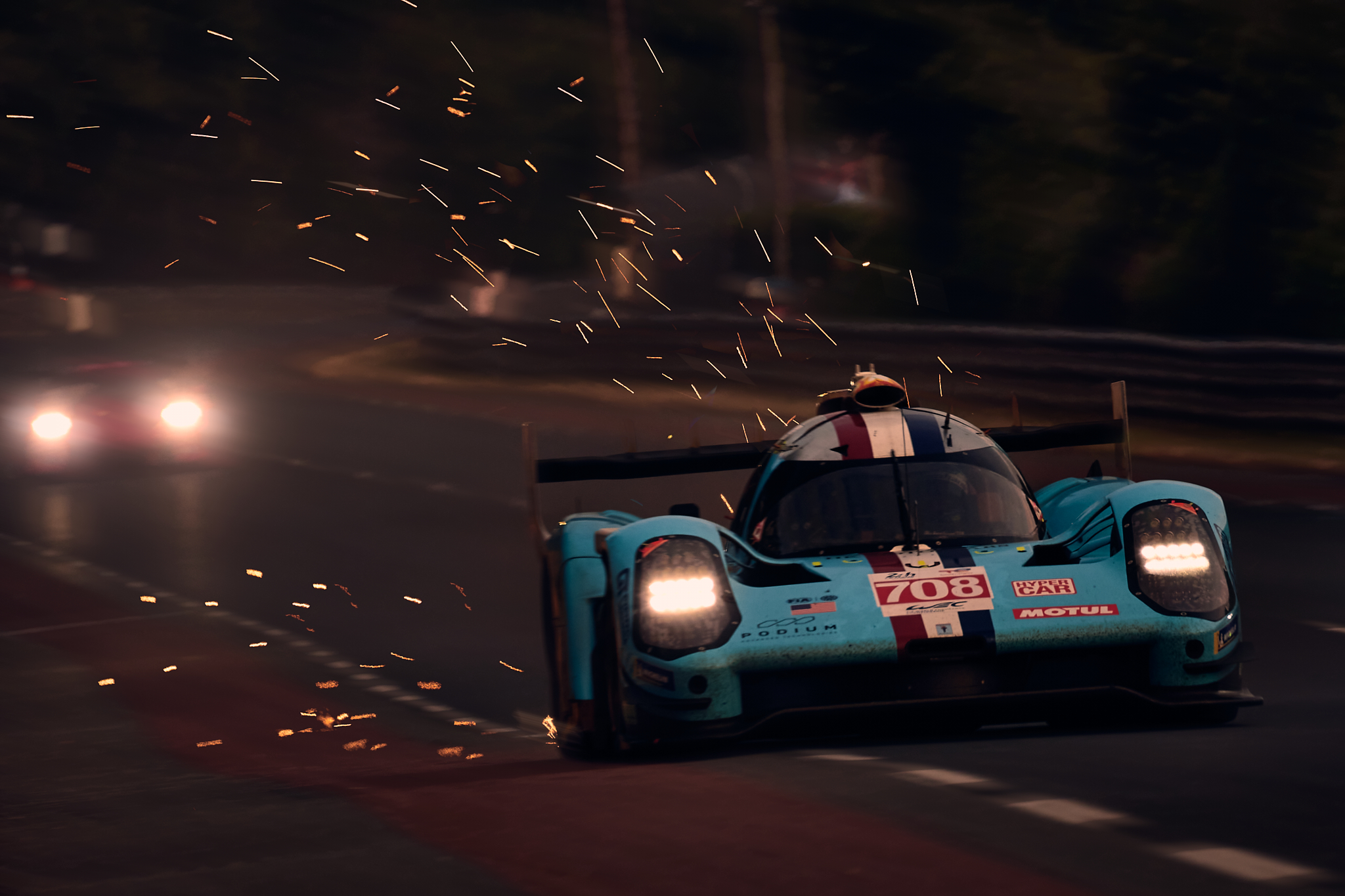
Le Mans 2023 – a race of farewells and new beginnings
The 2023 edition, marking 100 years since the first running of the race was hotly anticipated, with the headlining Hypercar class seeing a huge uptick in entries, with the previous years having been dominated by Toyota, with little real competition, entries from Porsche, Ferrari, Vanwall, Peugeot and Cadillac bolstering the class and offering a renewed interest in the Hypercar plateau, with chance for serious and closely-fought competition. The abolition of GTE-Pro ensured that GT hopes were pinned on the GTE-Am class, in the last year before the GTE disappears from the World Endurance Championship, in favour of GT3-spec with the promise of a broader appeal to manufacturers to compete, and offer a more diverse field going forward. It was announced that LMP2 would be making its farewell appearance at Le Mans, with the secondary class disappearing for 2024, with a full focus on the Hypercar and GT3 programmes.
Adding to the interest was the inclusion of the Garage 56 entry for Hendrick Motorsport, bringing an adjusted Nascar-spec Chevrolet Camaro ZR1 to race at Le Mans under Garage 56 rules, a category established in 2012 reserved for innovative cars that add to the rich tapestry of racing history at Le Mans. In the hands of Jenson Button, Jimmie Johnson and Mike Rockenfeller, the Camaro set pulses racing with a thunderous roar from the 5.8 liter V8, setting times faster than the GTE class in qualifying.
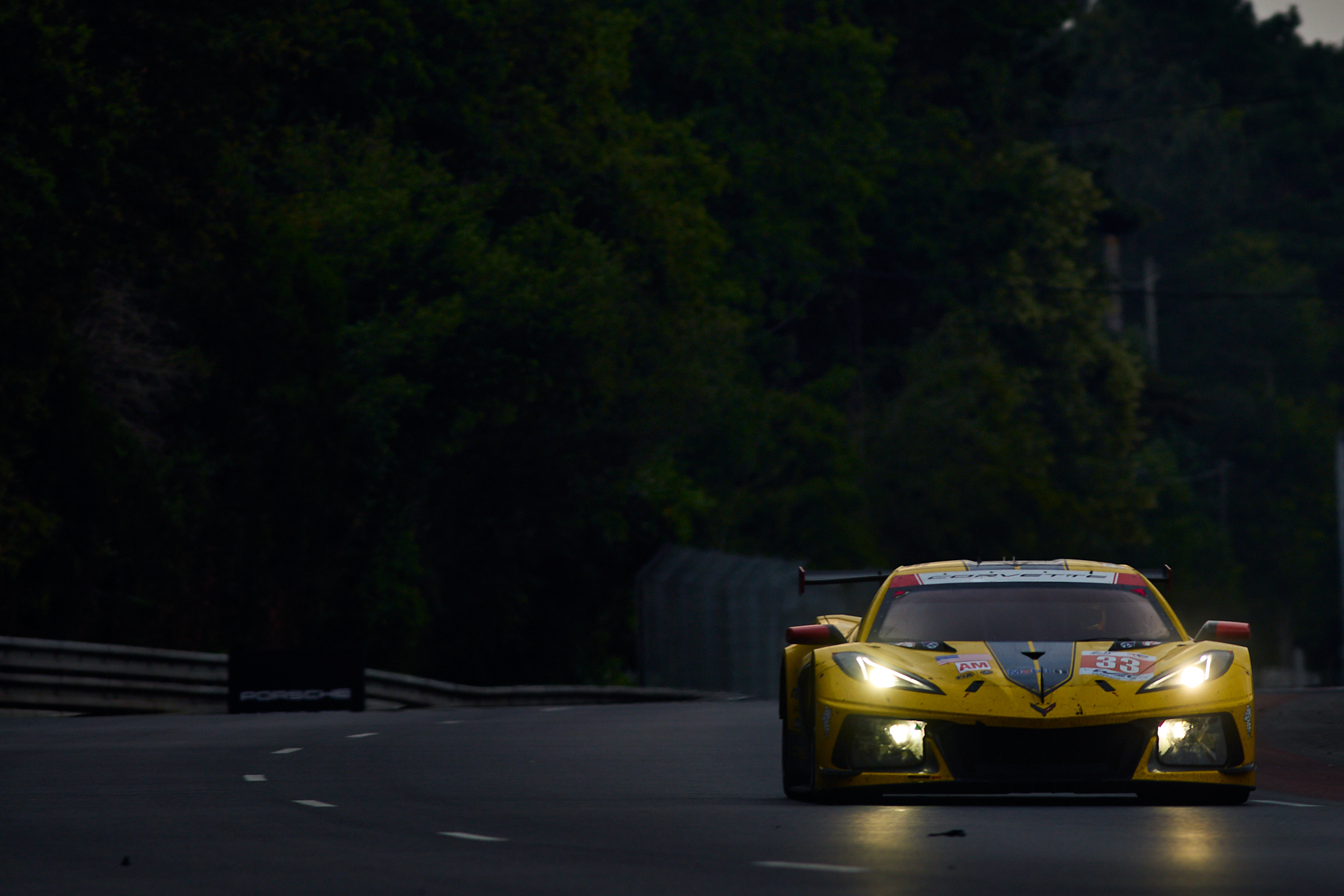
Race Day
After a gruelling week of PR appearances, testing in practice session through both day and night, and the all important qualifying and Hyperpole, the stage was set for the 100th running of the 24h. Corvette taking GTE pole, ahead of the ORT by TF Aston Martin and the AF Corse Ferrari 488. IDEC Sport setting LMP2 Pole, narrowly edging out Jota and Team WRT. In a shock turn of events, the pace Ferrari had been showing in Hypercar carried through to Hyperpole, with the #50 car taking pole, ahead of the #51 sister car.
The afternoon sun had not lost any of its intensity, on a grid swarming with mechanics, drivers and fans, the humidity levels were unlike anything I’ve experienced outside of the tropics, certainly never in northern France. A palpable sense of anticipation emanated from the stands, hopes of a competitive race throughout the classes seemed a distinct reality, a marked change from recent years. As the Tricoloure, in the hands of Lebron James, waved through the heat soaked French air, the 100th anniversary race of the 24h of Le Mans was underway.
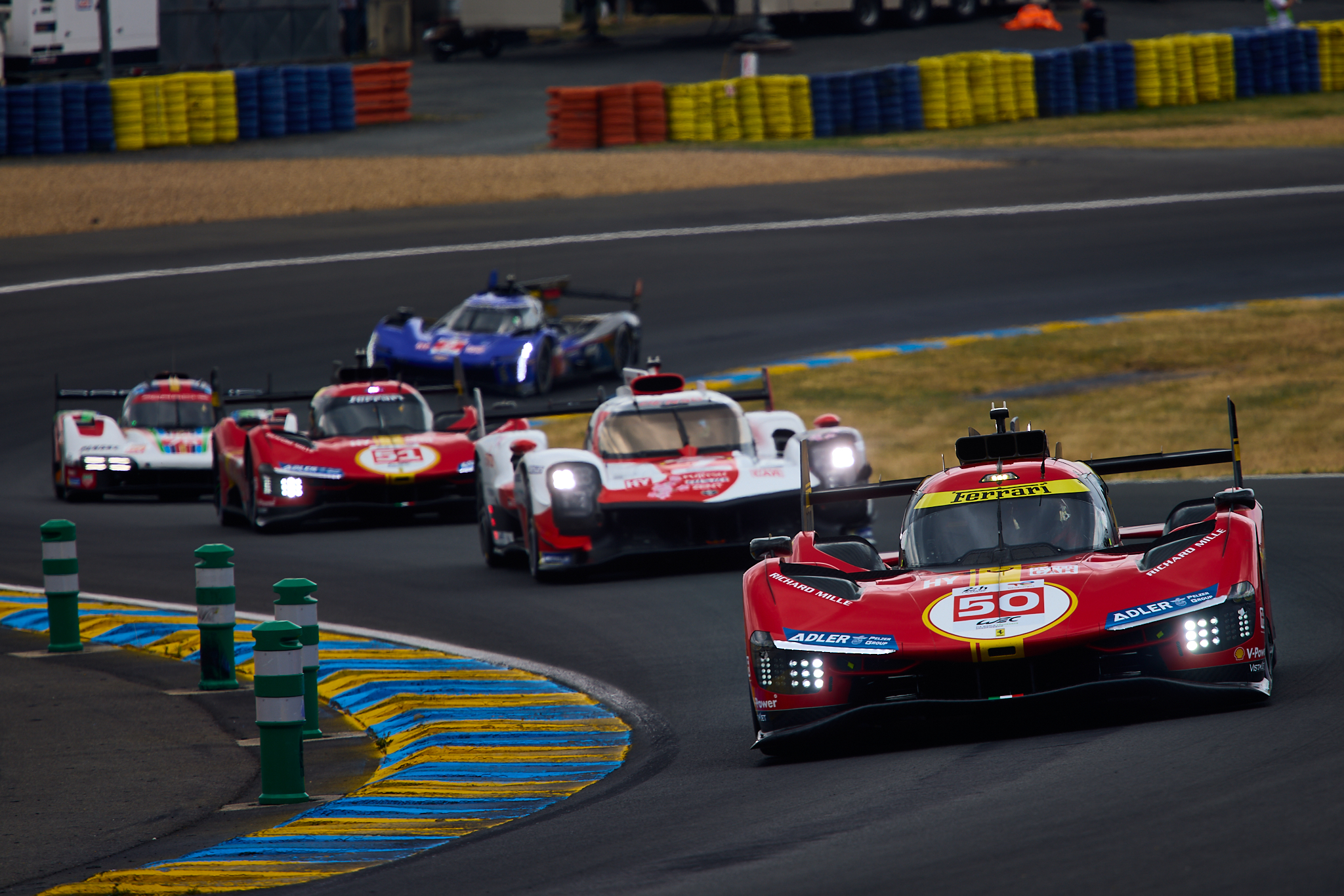
Leading the first few laps, Ferrari soon ceded the lead to the #8 Toyota, after hopes of a change at the top, Toyota reclaiming the front running seemed an ominous sign after their recent years of domination in Hypercar and LMP1. Chaos was soon to follow, as the early race humidity gave way to torrential rain storms on the back half of the circuit, whilst the other half sweltered in blazing sunshine. Extreme wet conditions saw cars pirouetting and aquaplaning with gay abandon, throwing the running order into huge disruption. Under the new safety car rulings, a semblance of order was restored, though with nightfall rapidly approaching, and Ferrari, Toyota and Peugeot having stints leading the race, nothing was decided at this point, with the fall of night at Le Mans, the race is only just beginning. A fleeting four minutes of sunset light gave a brief respite, before the ominous plunge into darkness.
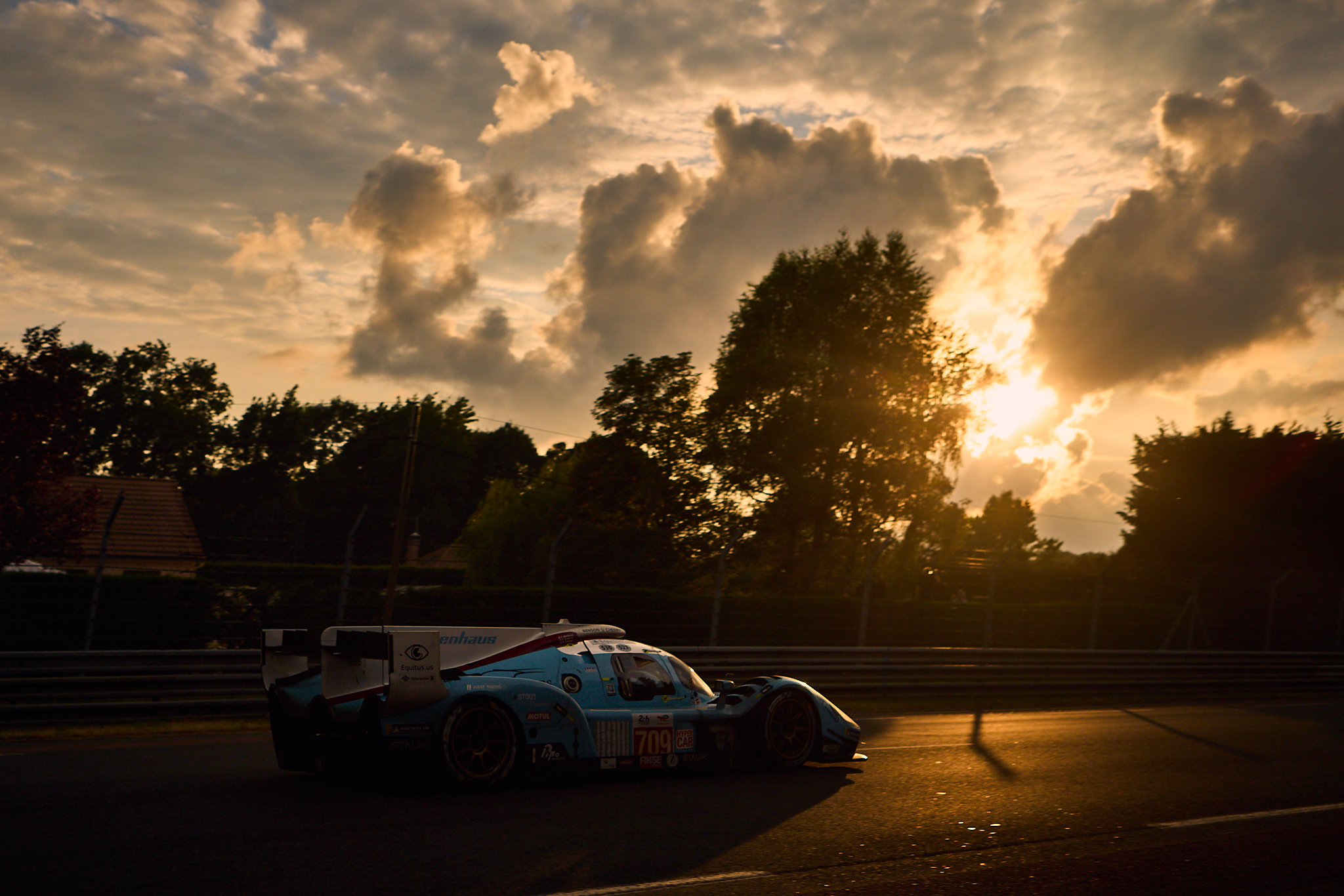
It’s difficult to follow the race through the hours of night, headlights dazzle and blind for the brief moment they illuminate their path through the black void of the forested tracks, the relentless roars and screams of performance engines working to their maximum echo through the woodland, and it’s only in the fleeting moments between cars passing by that the eerie calm of the Sarthe allow you to sense whether it is dry or raining, whether you are awake or in a dream, and whether the long awaited dawn seems any closer, as you cover countless miles moving between positions at the side of the track, navigating treacherous terrain in the thin space that exists between the armco and the woodland.
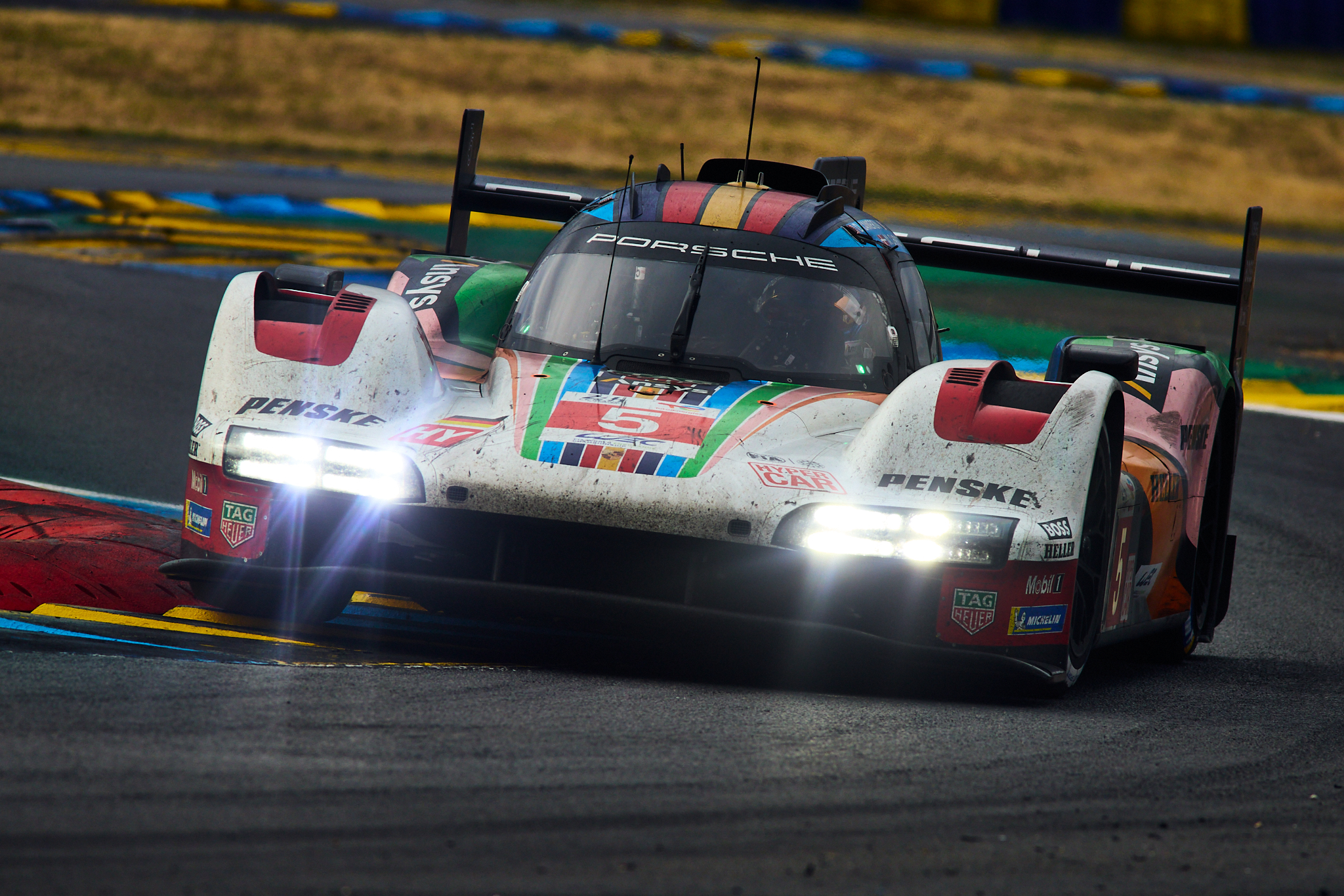
First light breaks, and though there is no signs of sunrise light, the mere existence of light warms the heart and helps to alleviate the fatigue accumulated throughout the night time. Deceivingly the race is only just over the halfway mark, and whilst it feels like a victory, the hard work is still not over. Numerous casualties did not survive the night, and when the light of day arrives, it’s more easy to discern which cars succumbed to the unforgiving circuit at night, and who is left to battle for the honors. As the hours progress, the fight between Ferrari and Toyota grows ever more intense, with power swinging from one side to the other. Ferrari, despite the nail biting moments in the pits, where power recycles were in order to get the car to rejoin the race, eventually survived the 24 hours to take a landmark win, the first victory for the 499P and a historic win for the Italian manufacturer in the first highly competitive Hypercar class to run at Le Mans. The #51 car of Calado/Giovanazzi/Pier Guidi, beating the #8 Toyota of Buemi/Hartley/Hirakama, with a welcome third place for the impressive performance of the #2 Cadillac of Bamber/Lynn/Westbrook.
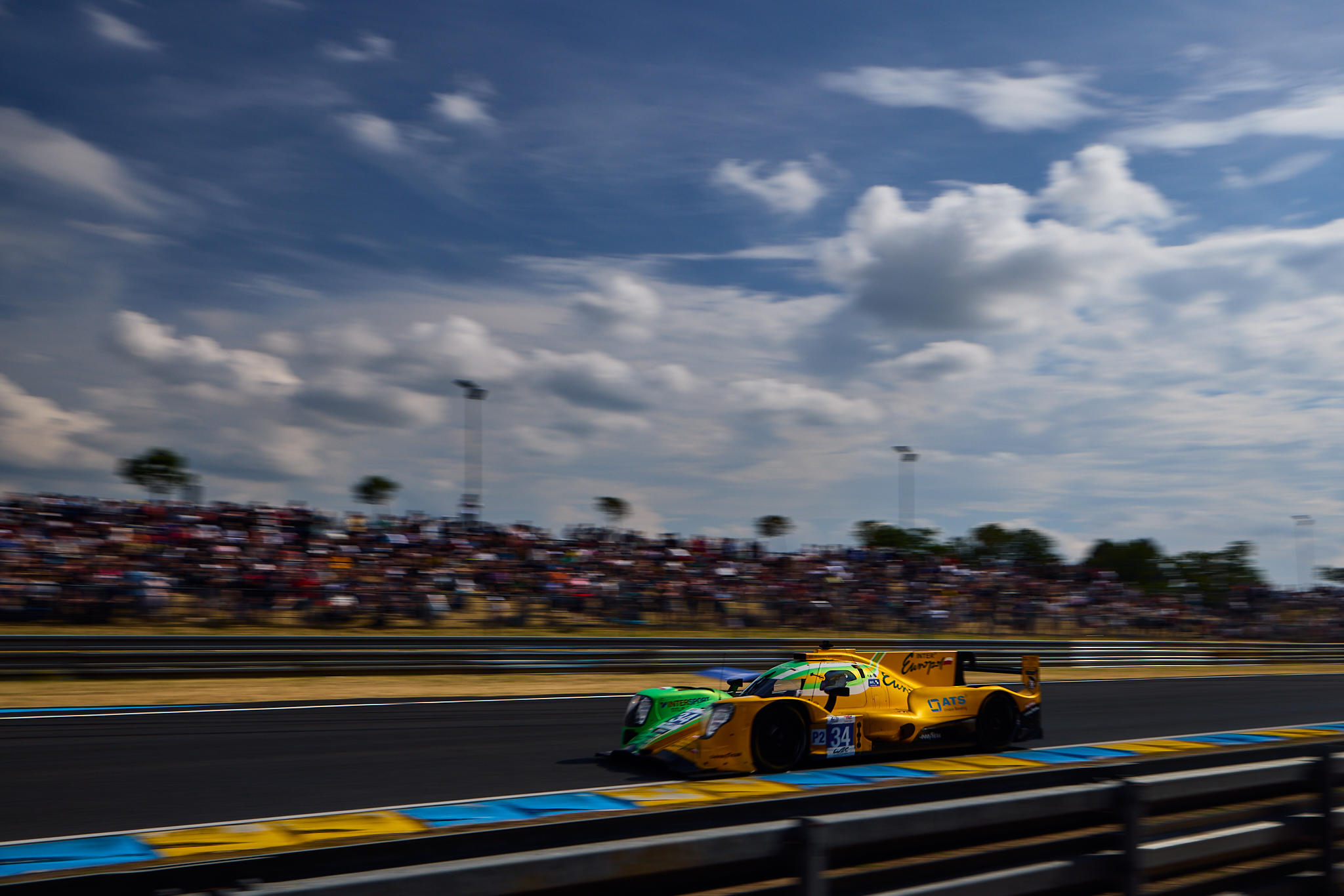
The last ever LMP2 win at Le Mans went to the Inter Europol #34 car of Smiechowski/Costa/Scherer, beating Team WRT and Duqueine to stand on the top step of the podium. The final outing for GTE, a class which has often seen the closest racing and best competition on the Circuit de la Sarthe, was won fittingly by Corvette Racing, with the victorious trio of Catsburg/Keating/Varrone, leading the ORT by TF Aston Martin and GR Racing Porsche 911 to the finish line. An accomplished performance by the Corvette, having battled back from being 2 laps behind in the earlier stages of the race.
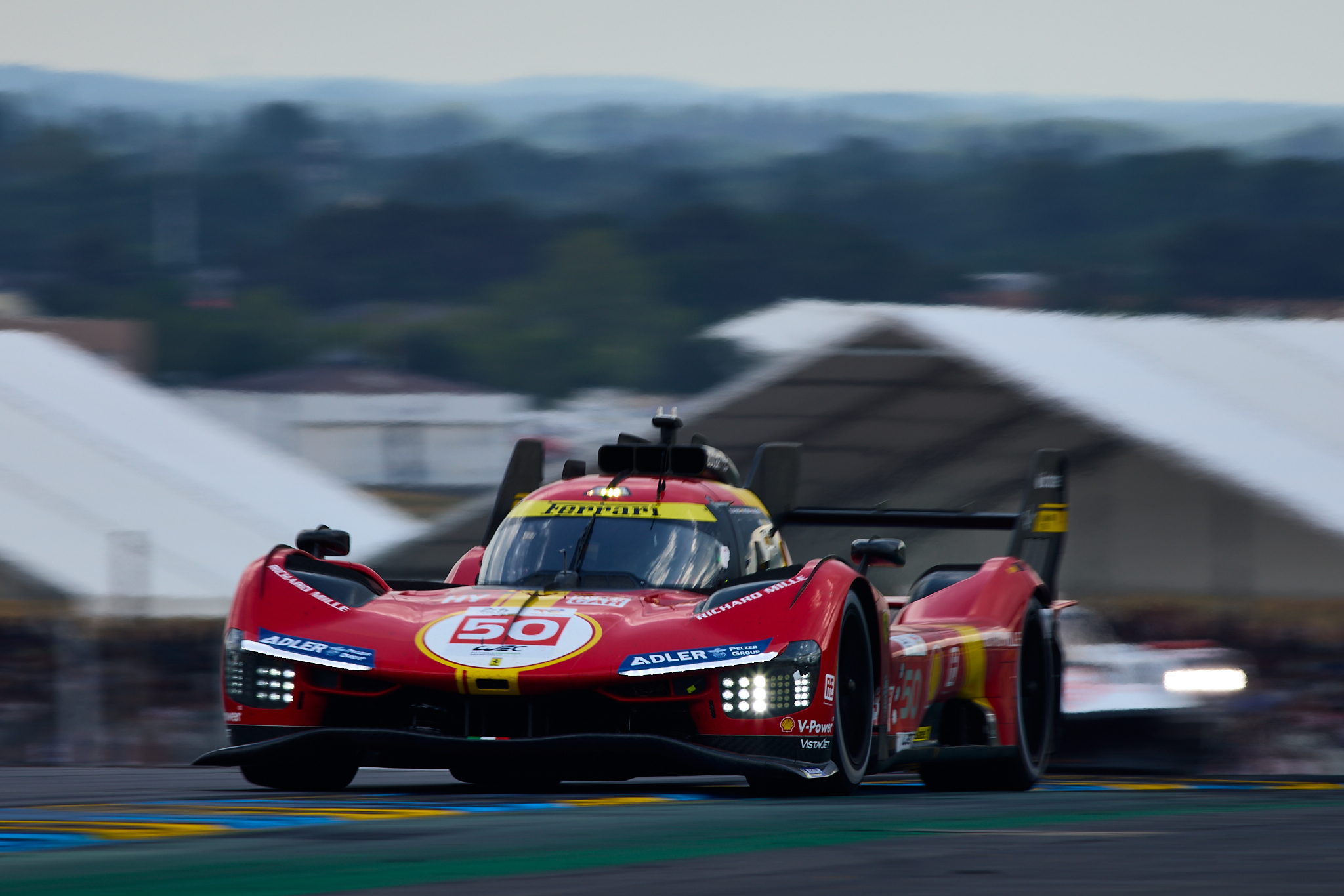
Talk of a new golden era of endurance racing may not be misplaced, the 100th anniversary of Le Mans was always going to be a race to remember, but a thrilling race from start to finish ensured that the victory of Ferrari in 2023 would be remembered as a famous win, and certainly seems to herald the dawn of an exciting future for the top class of endurance racing.


